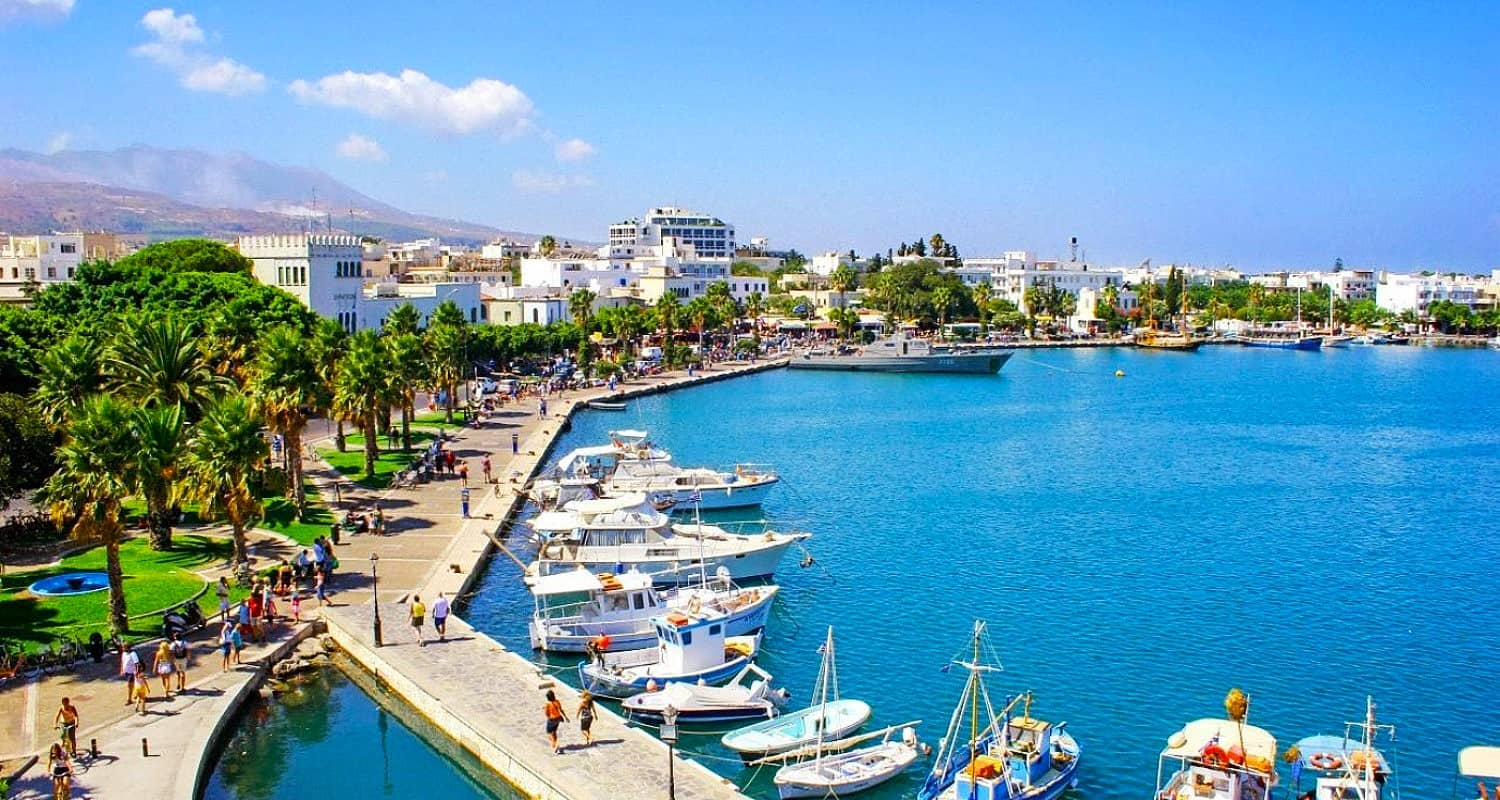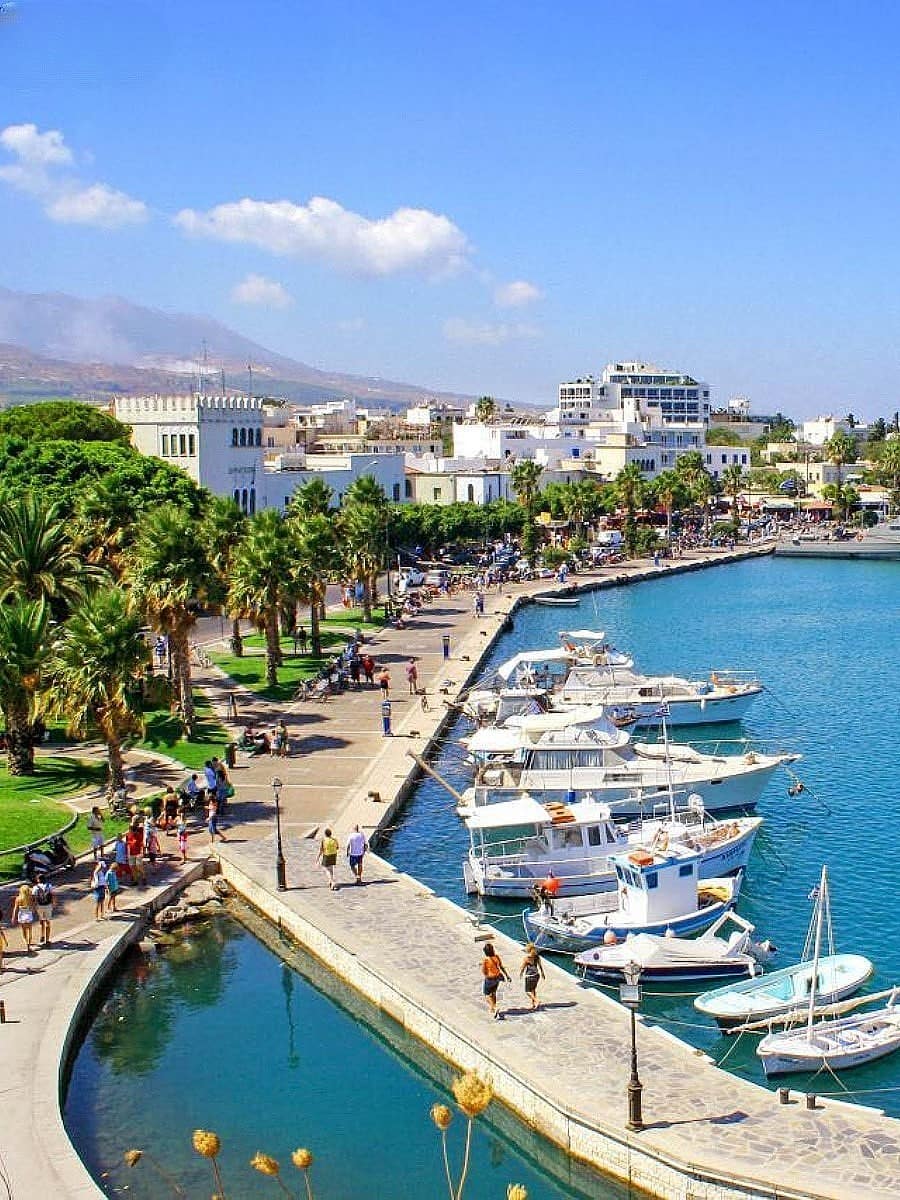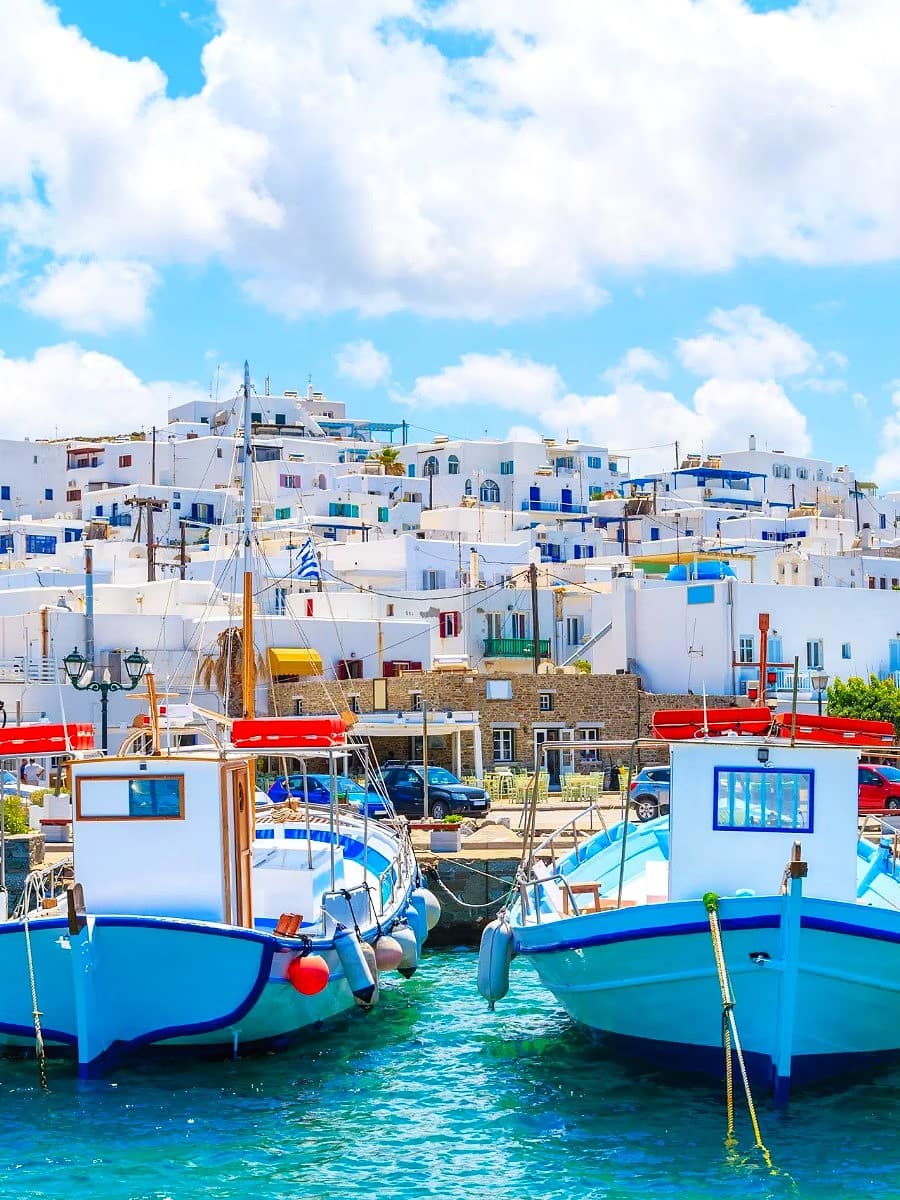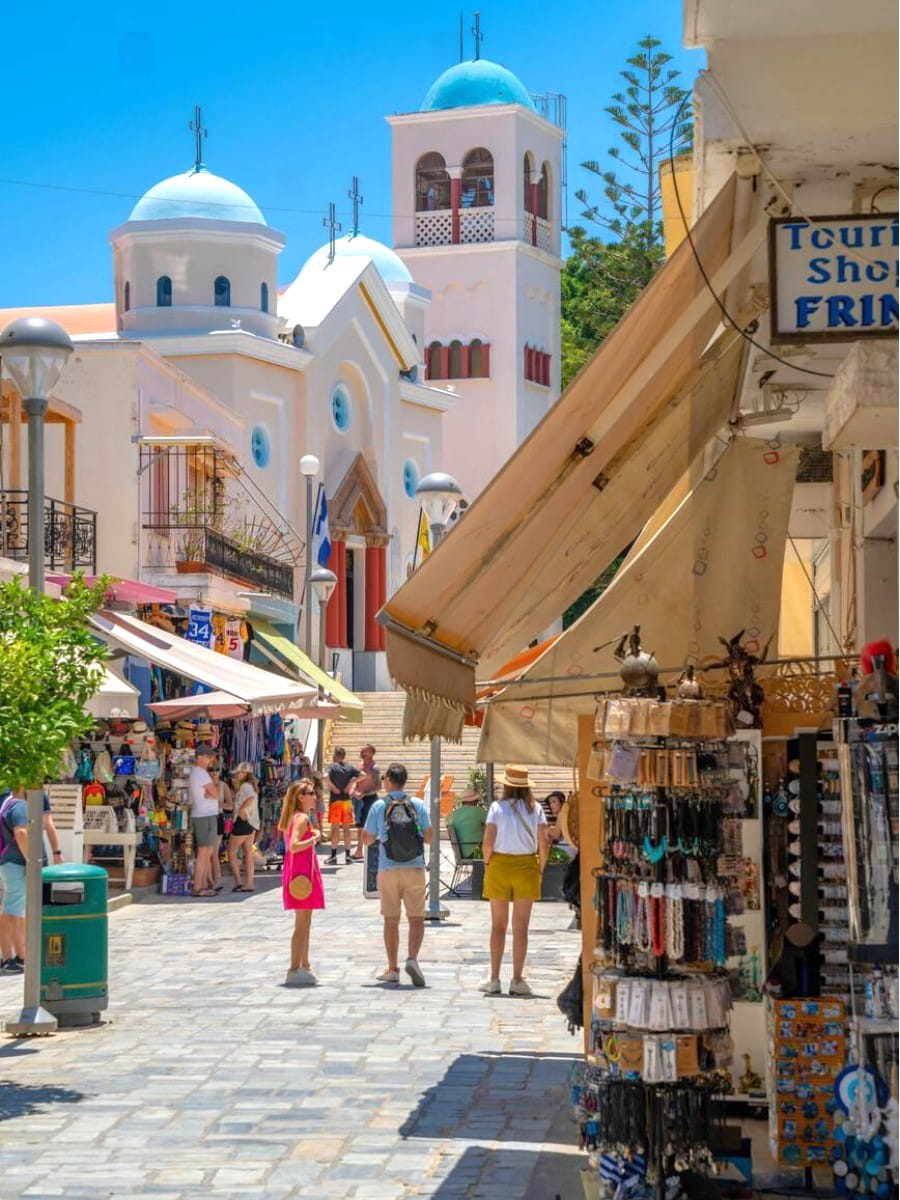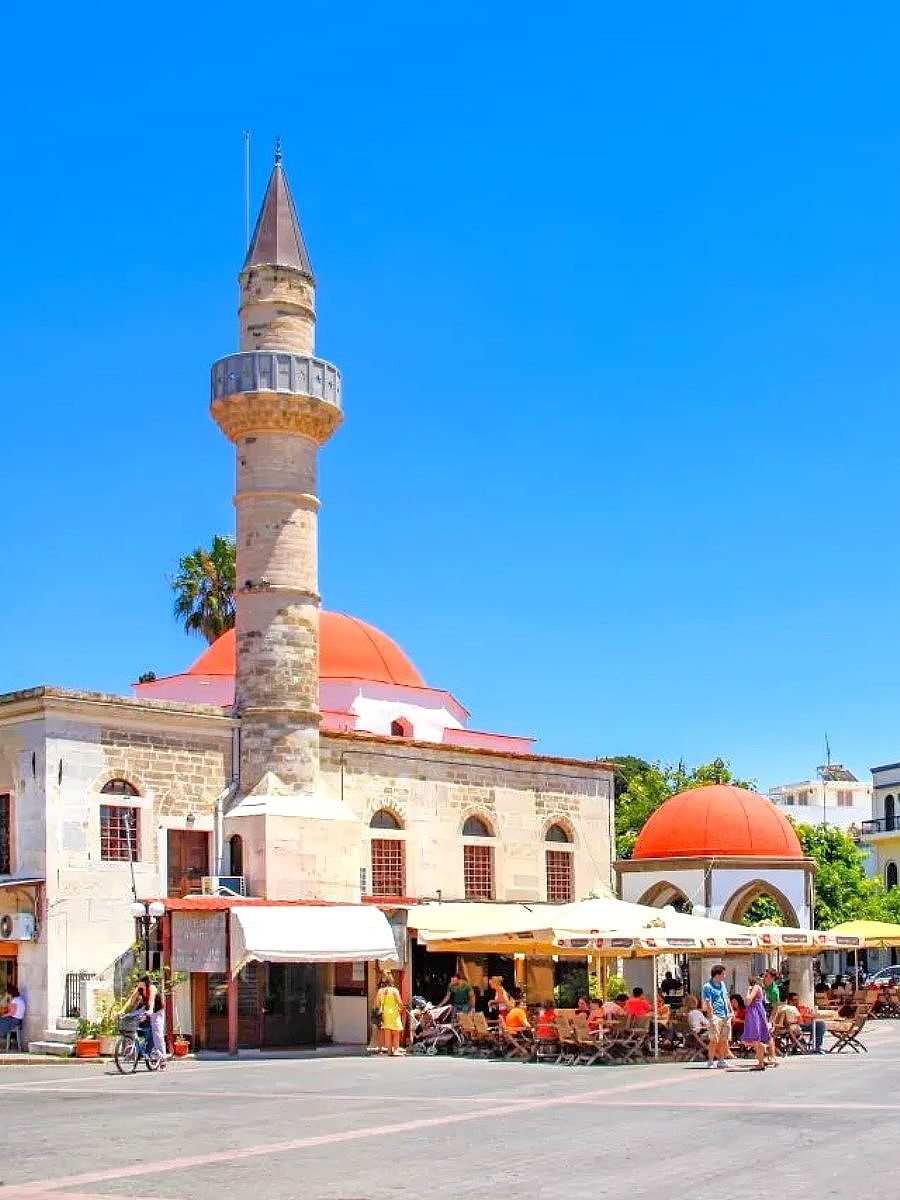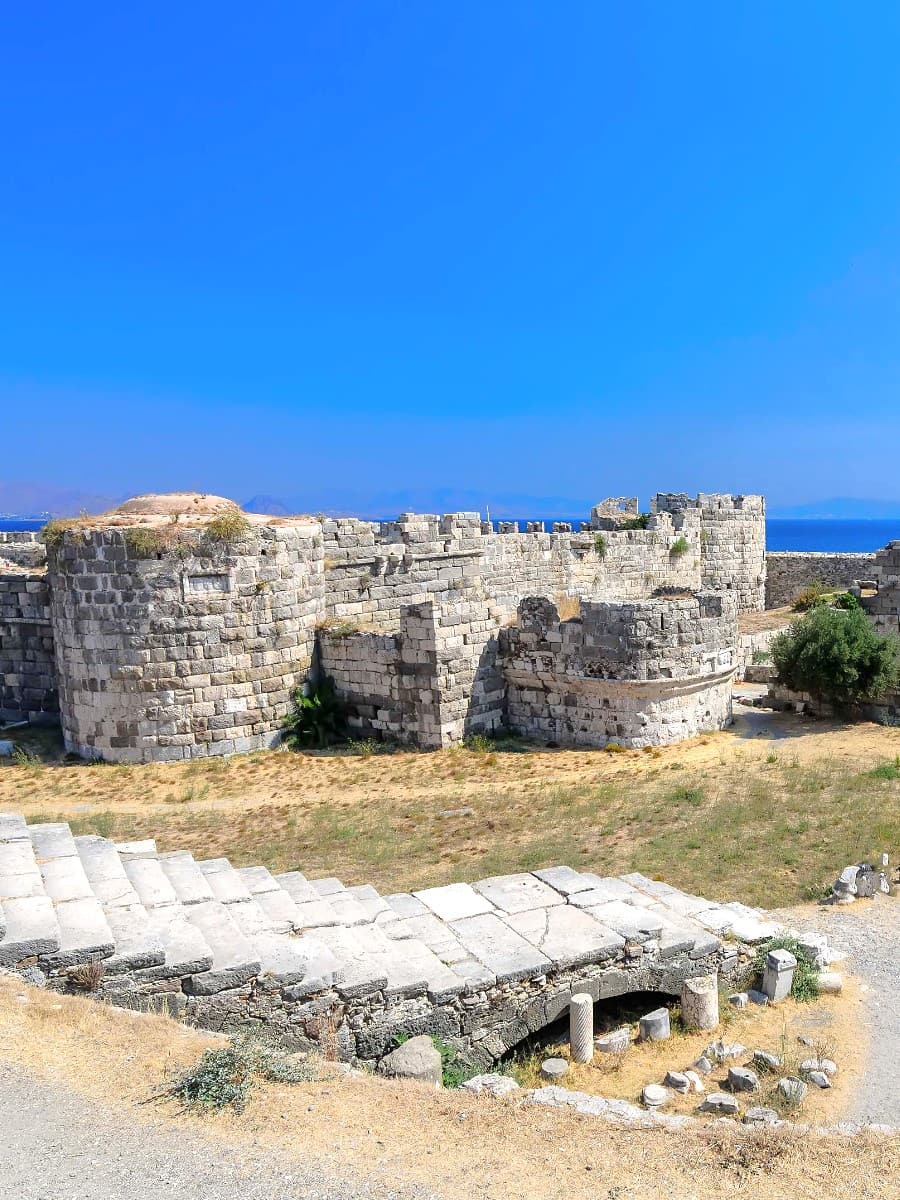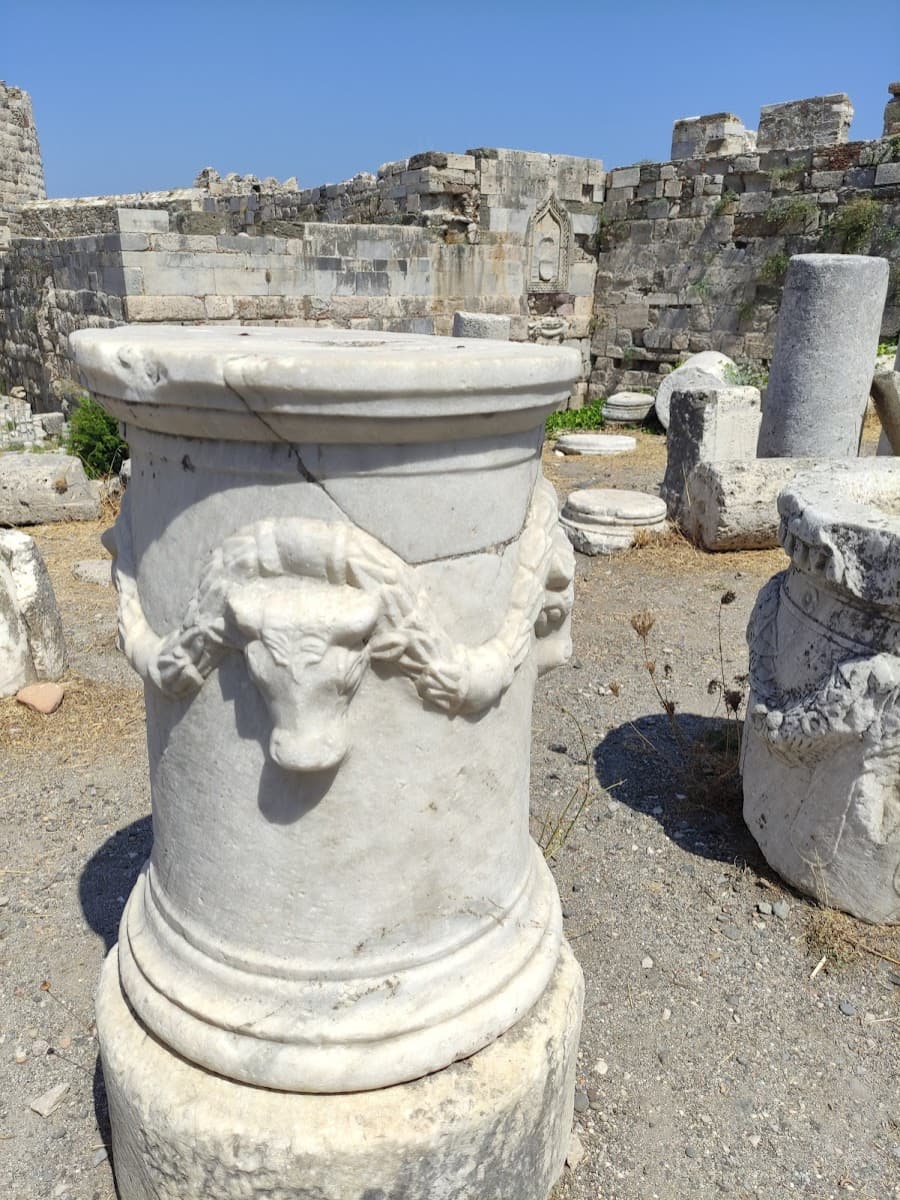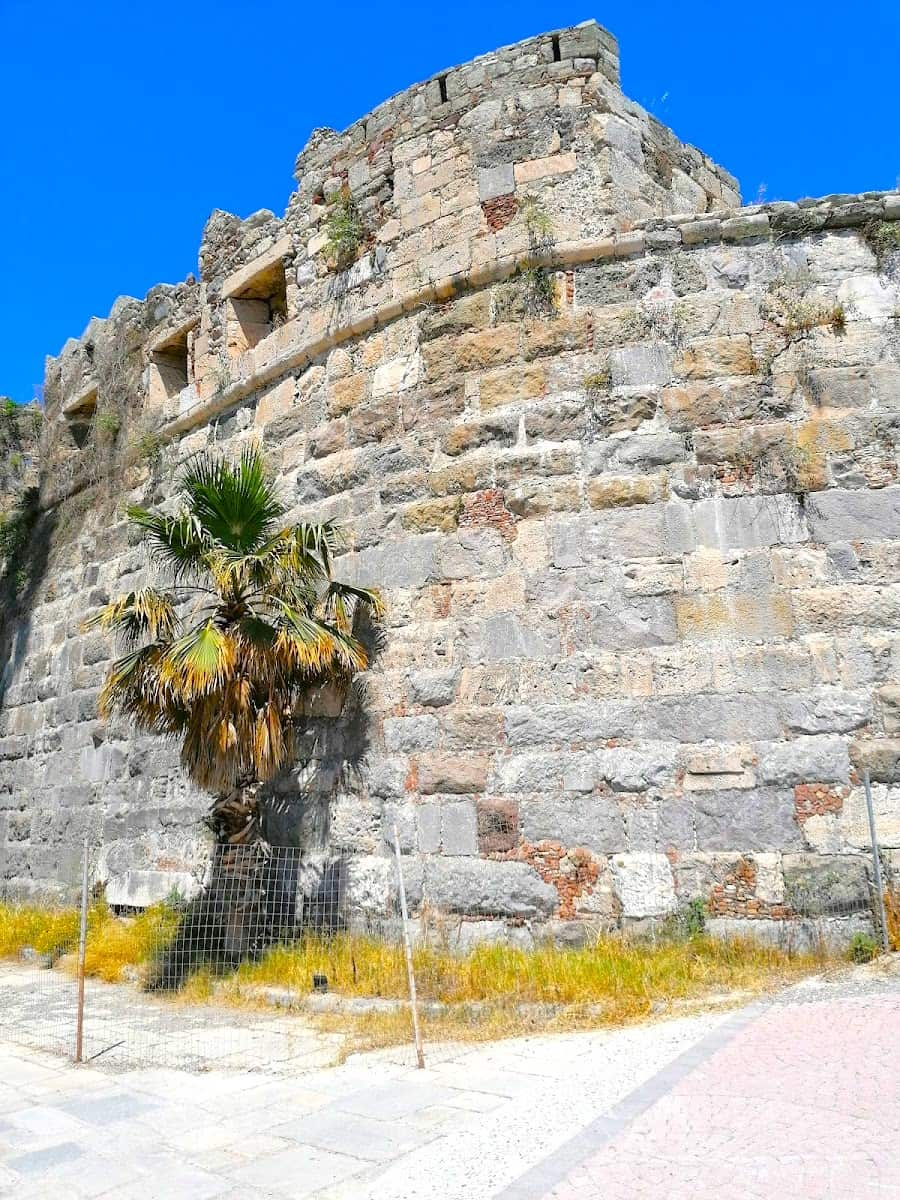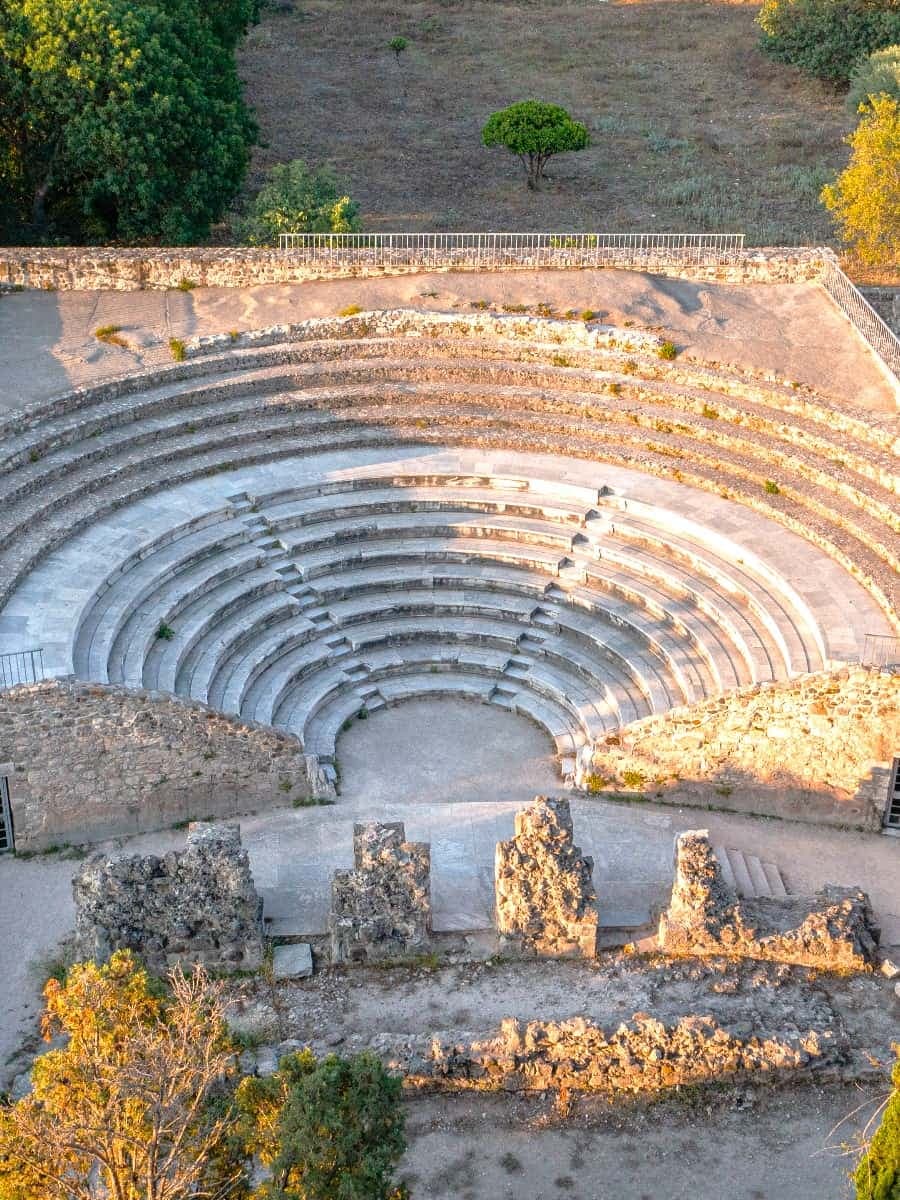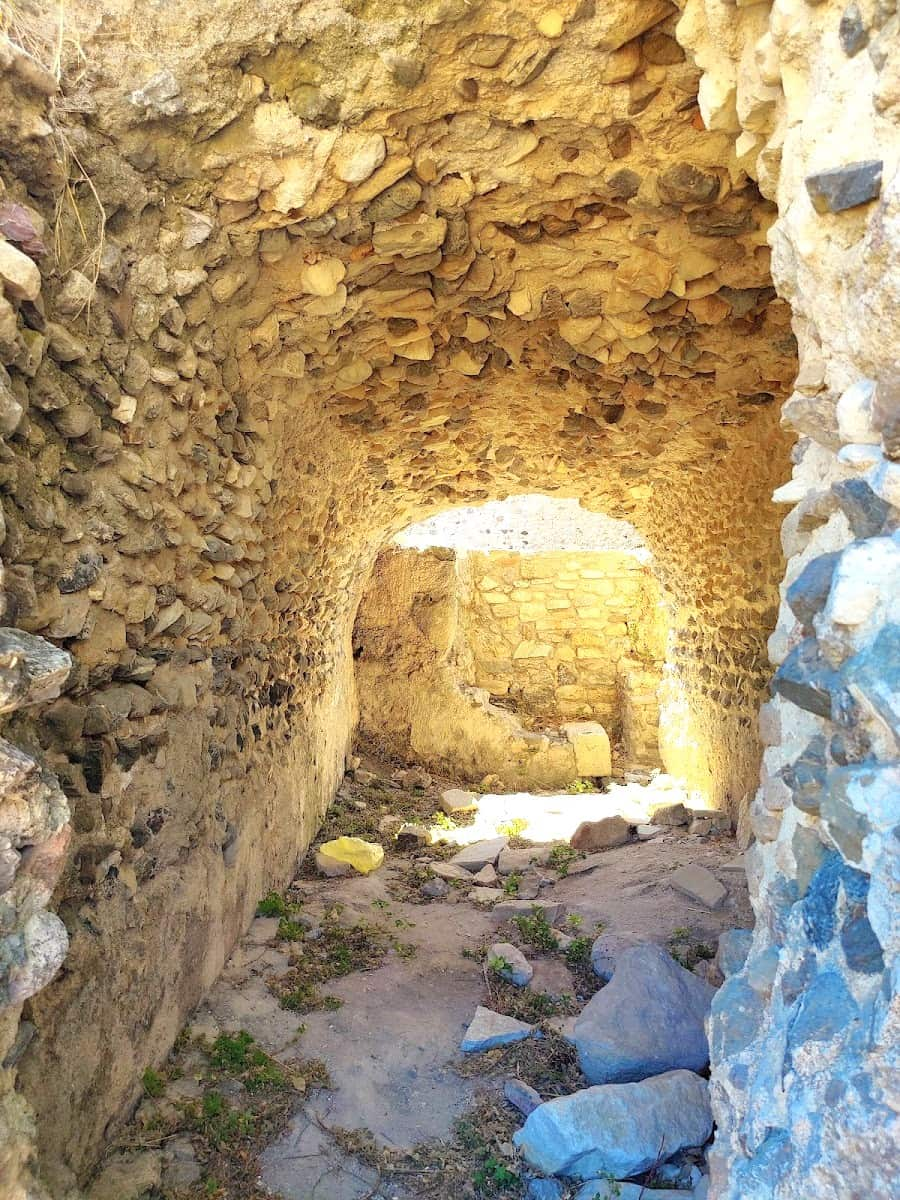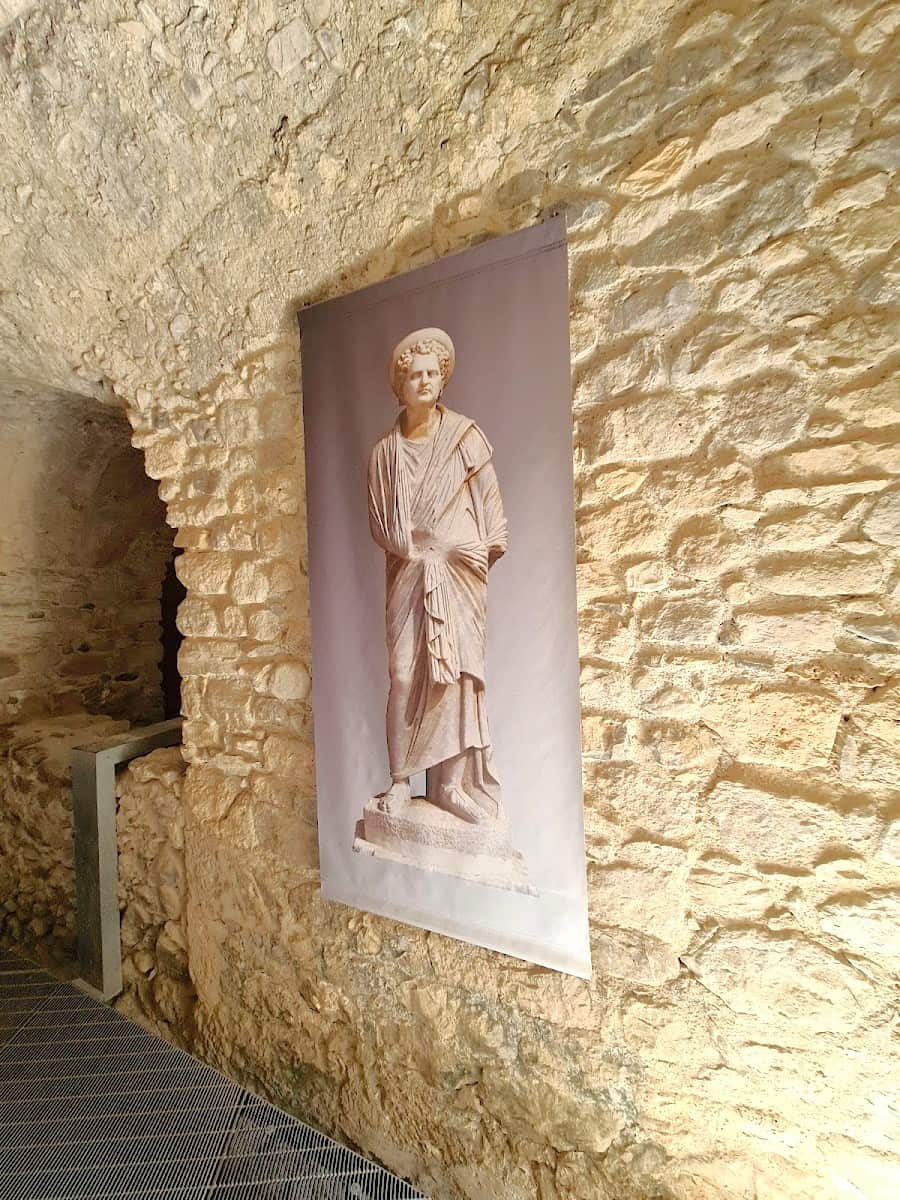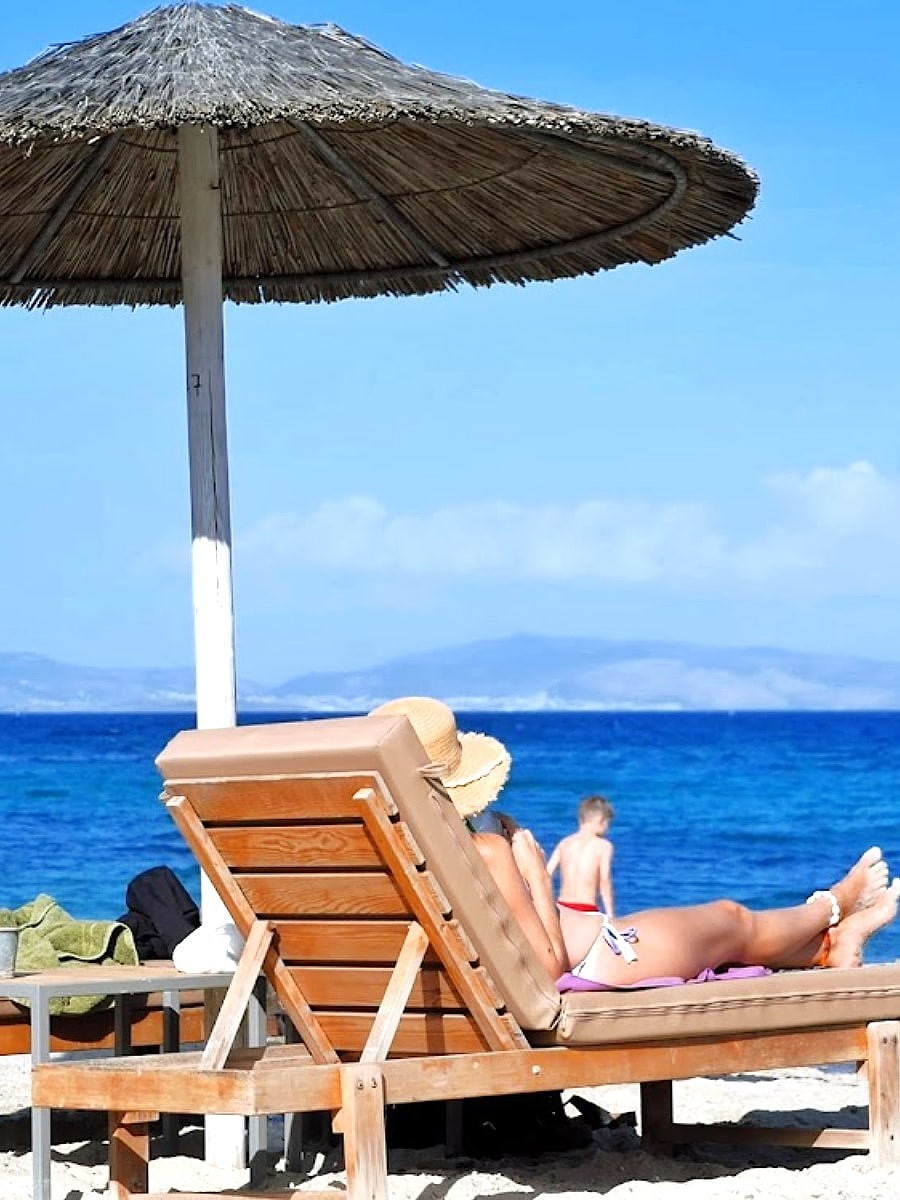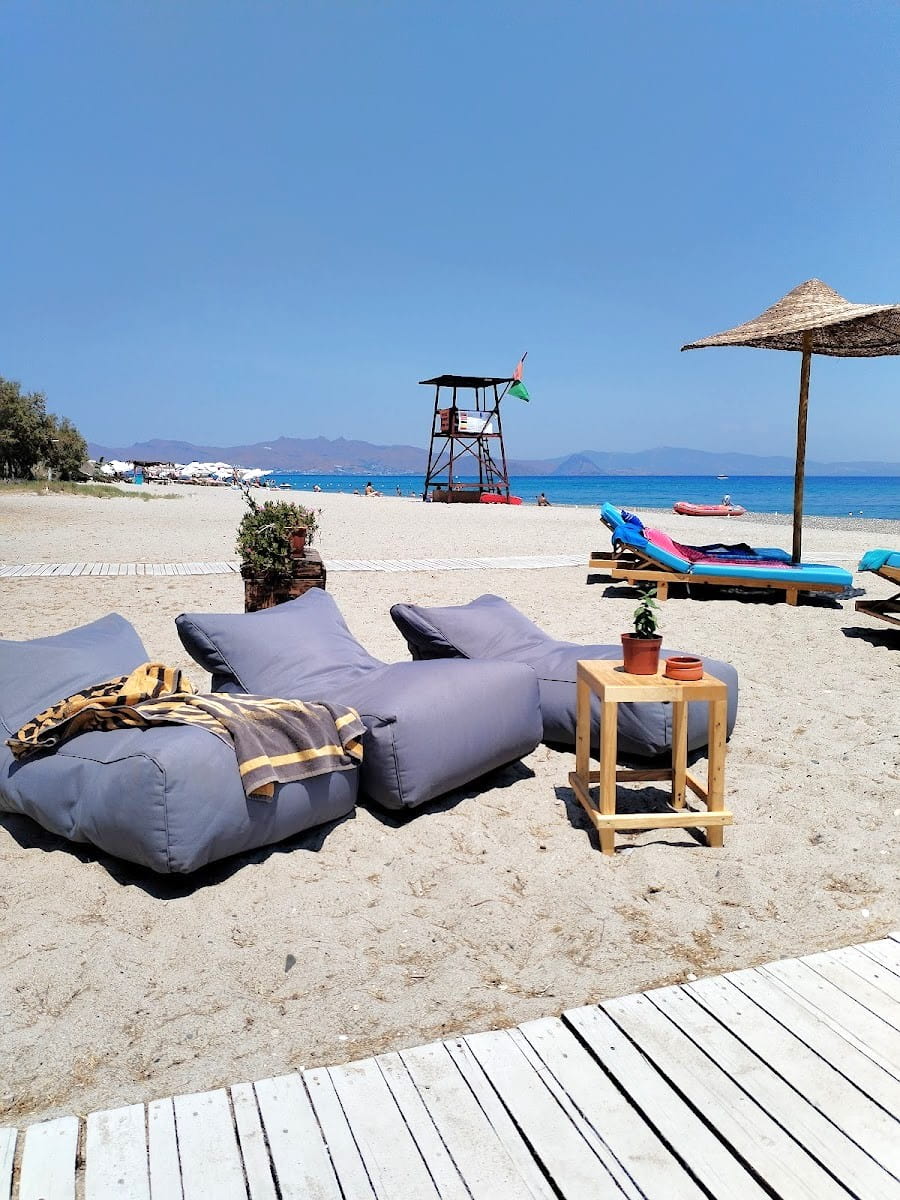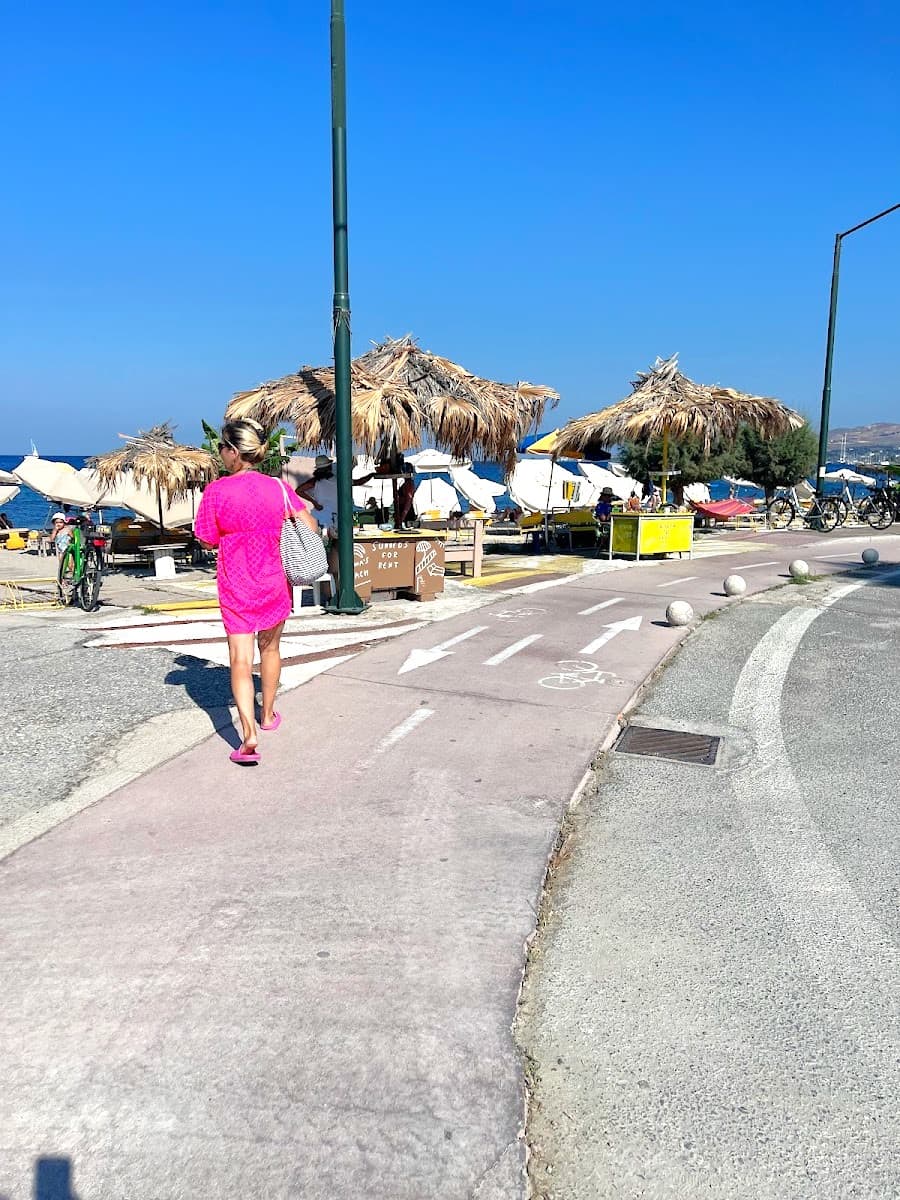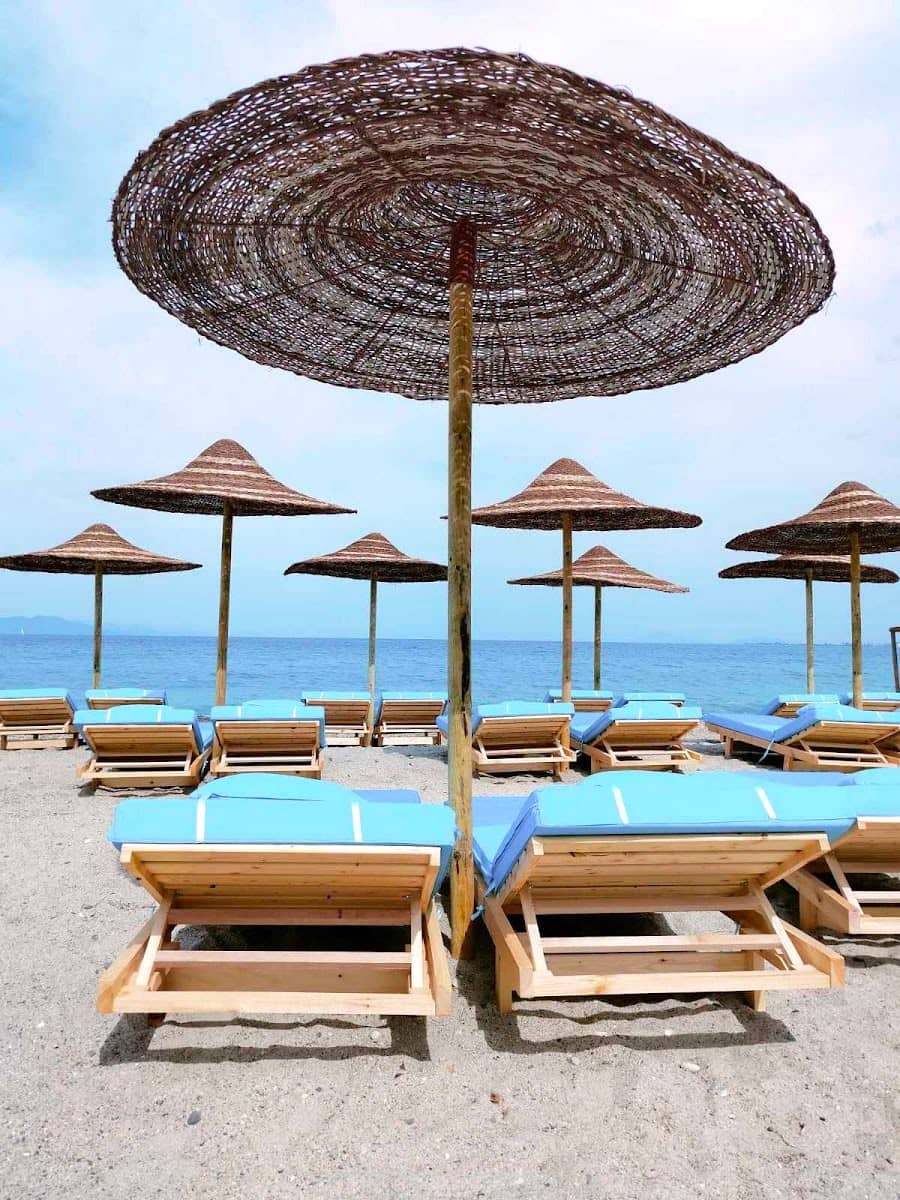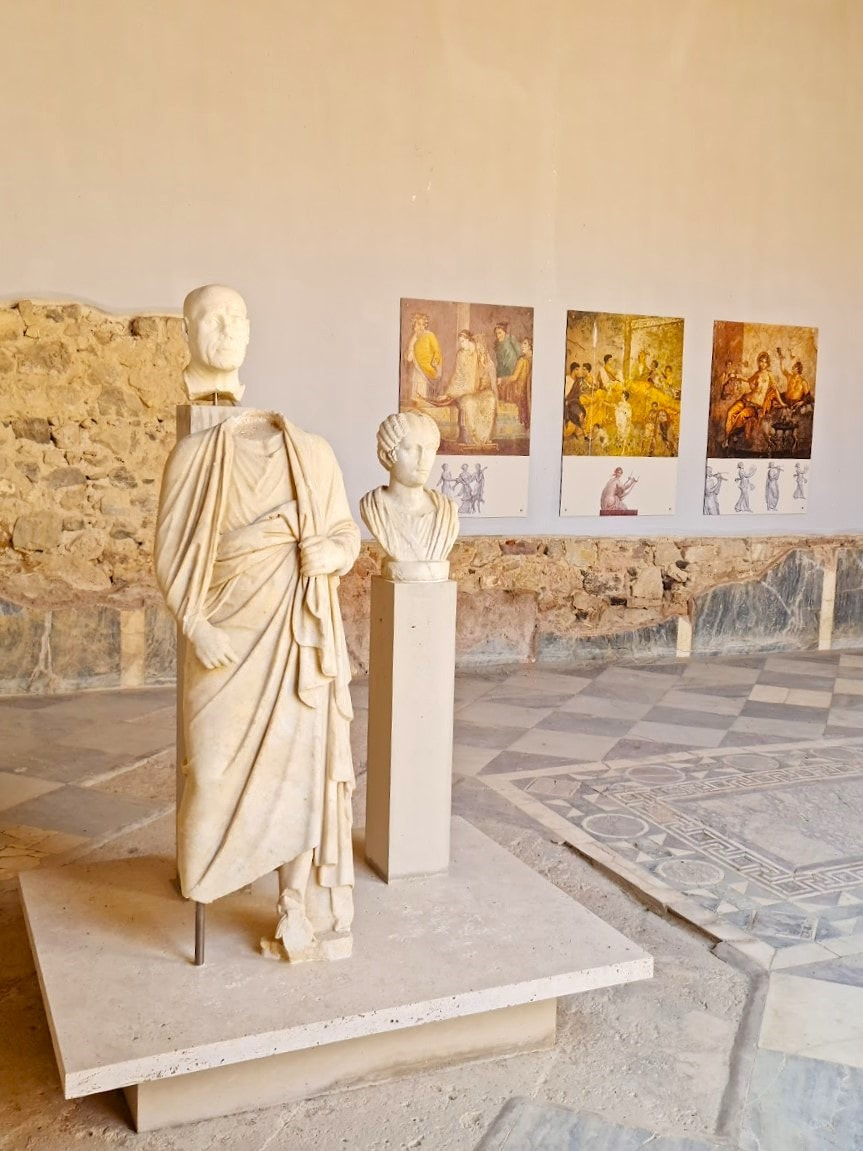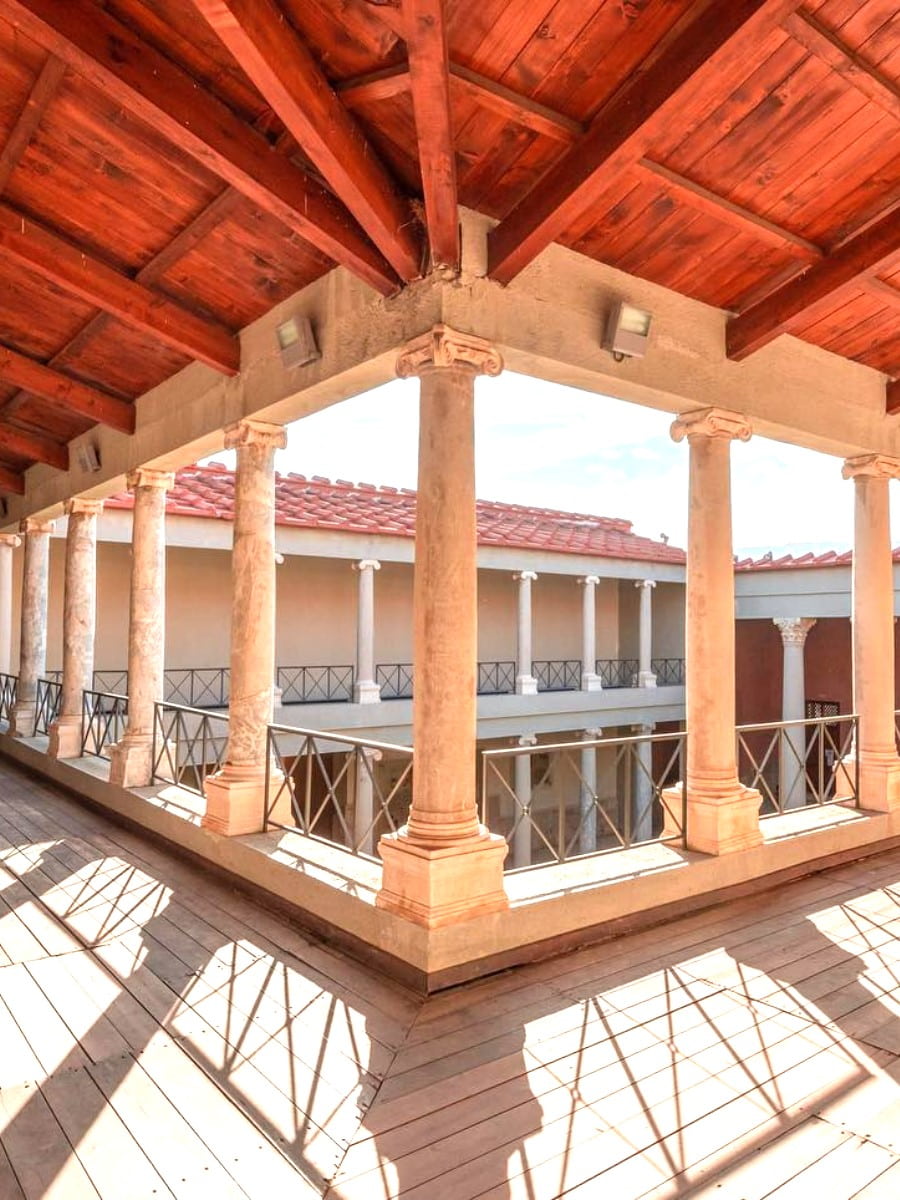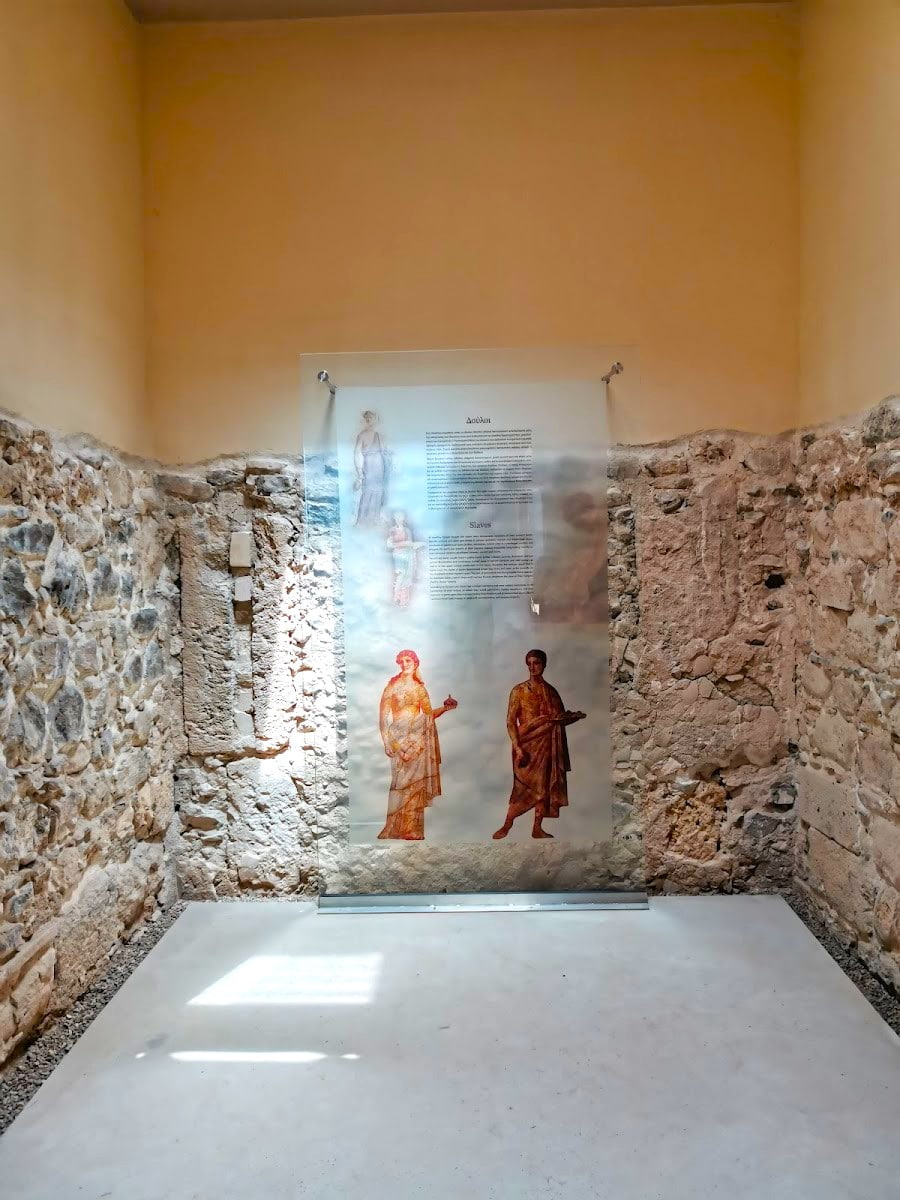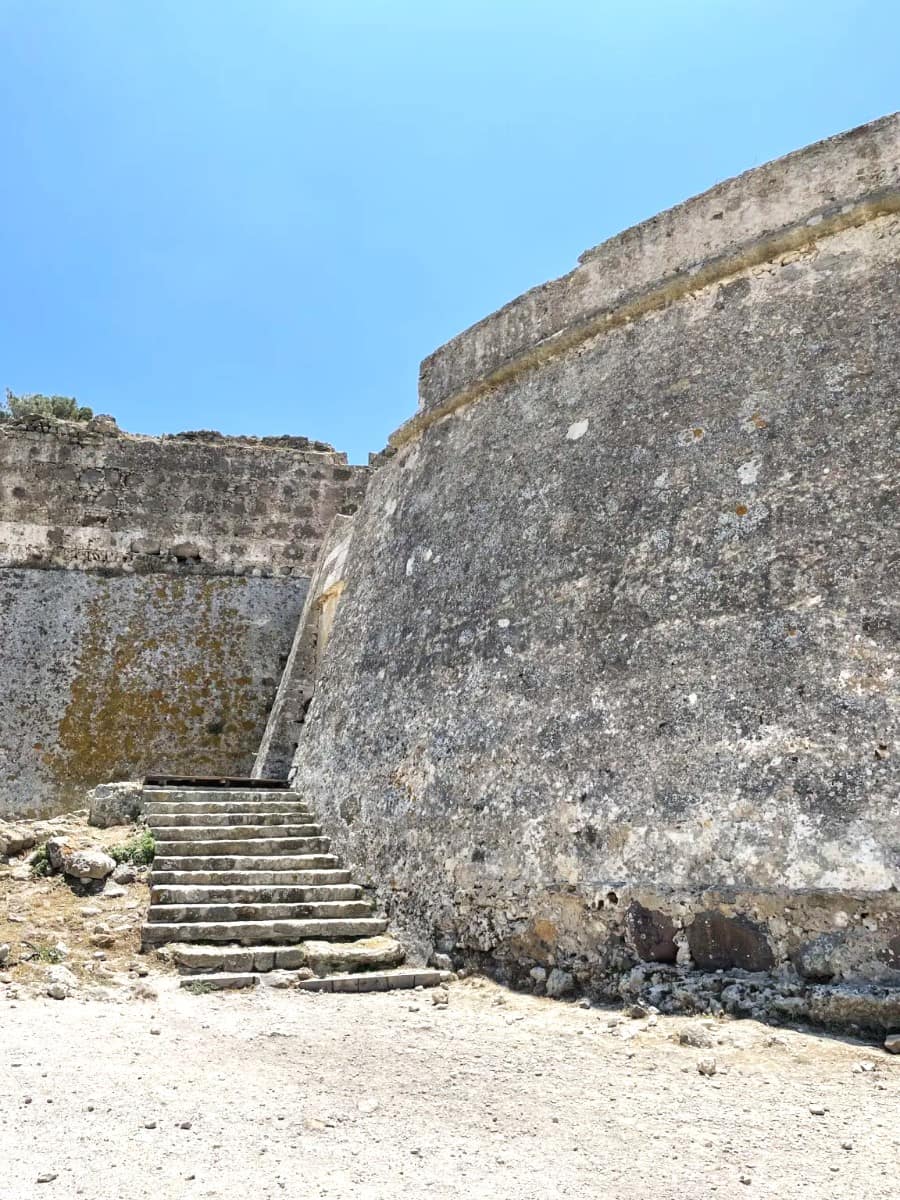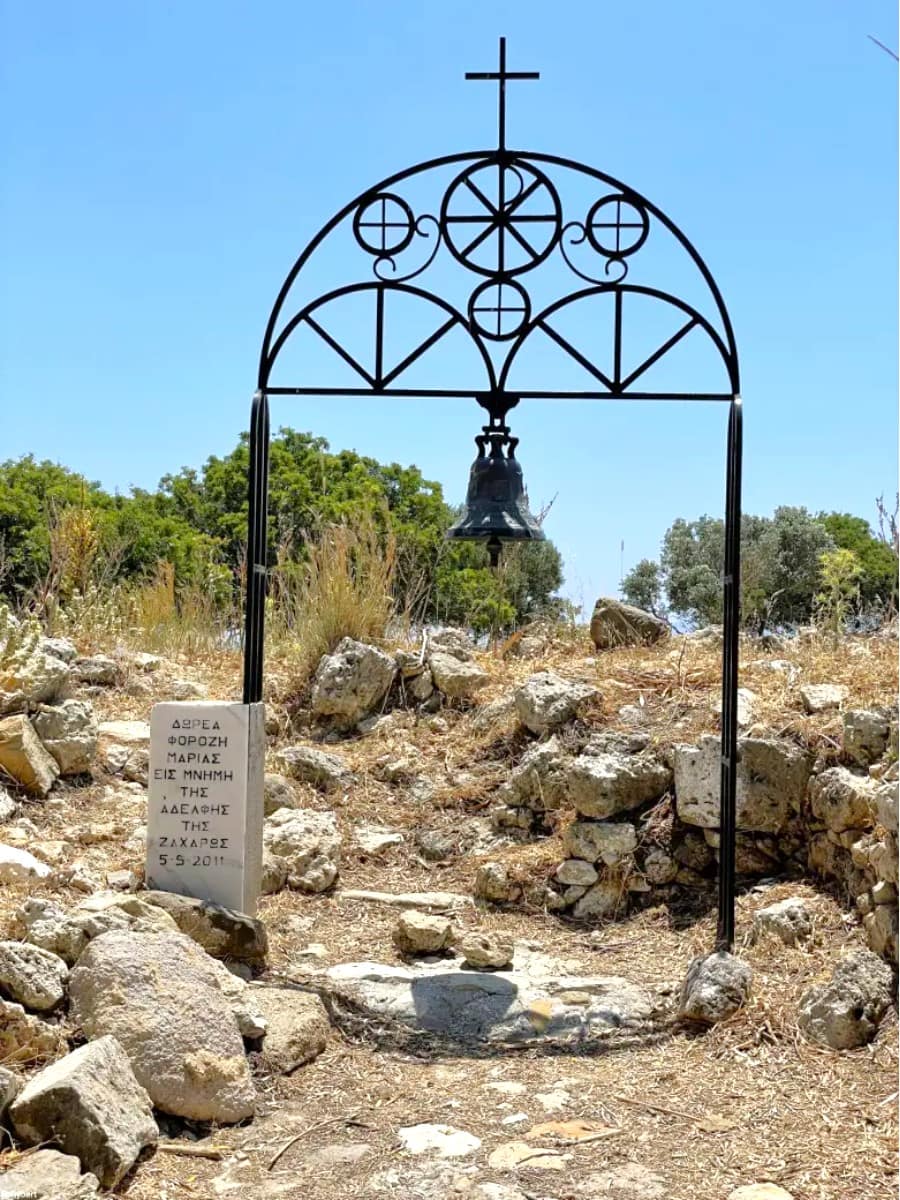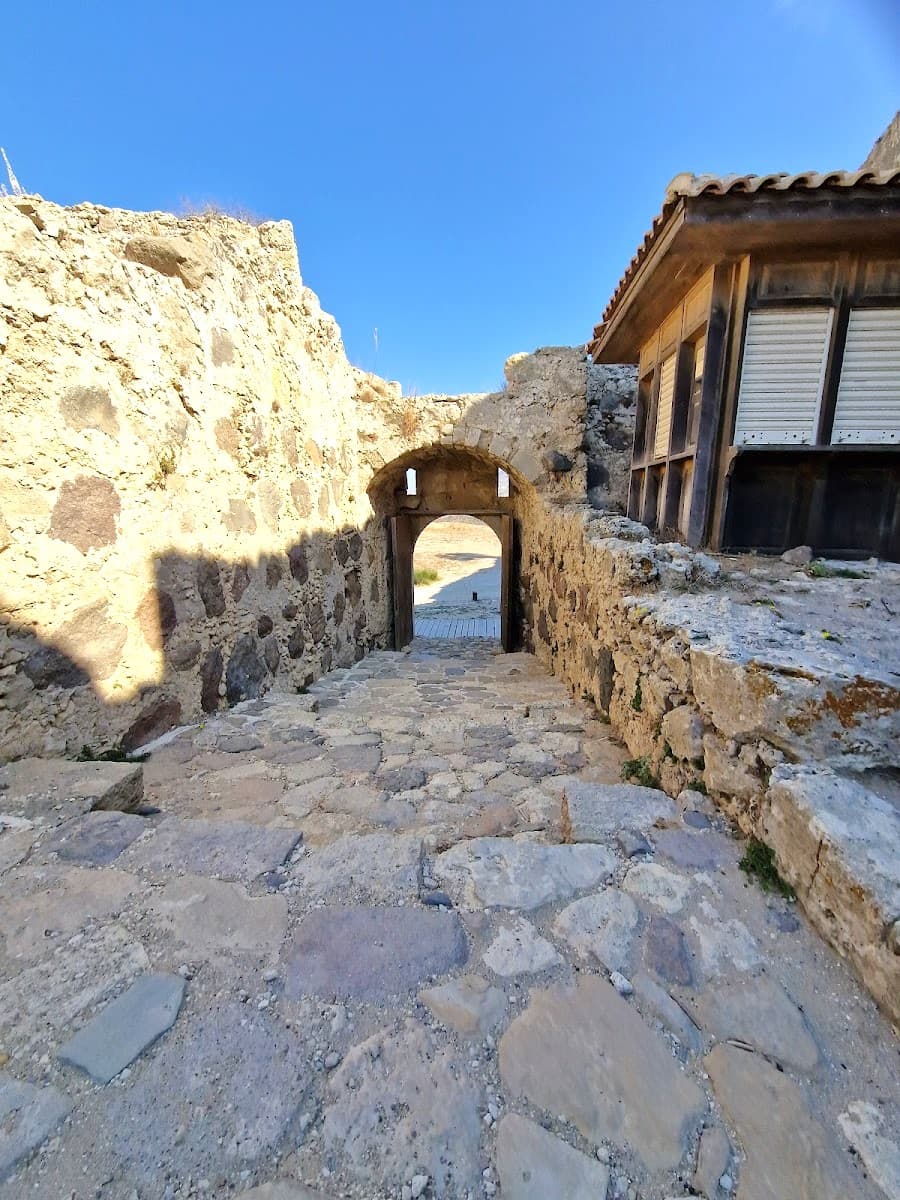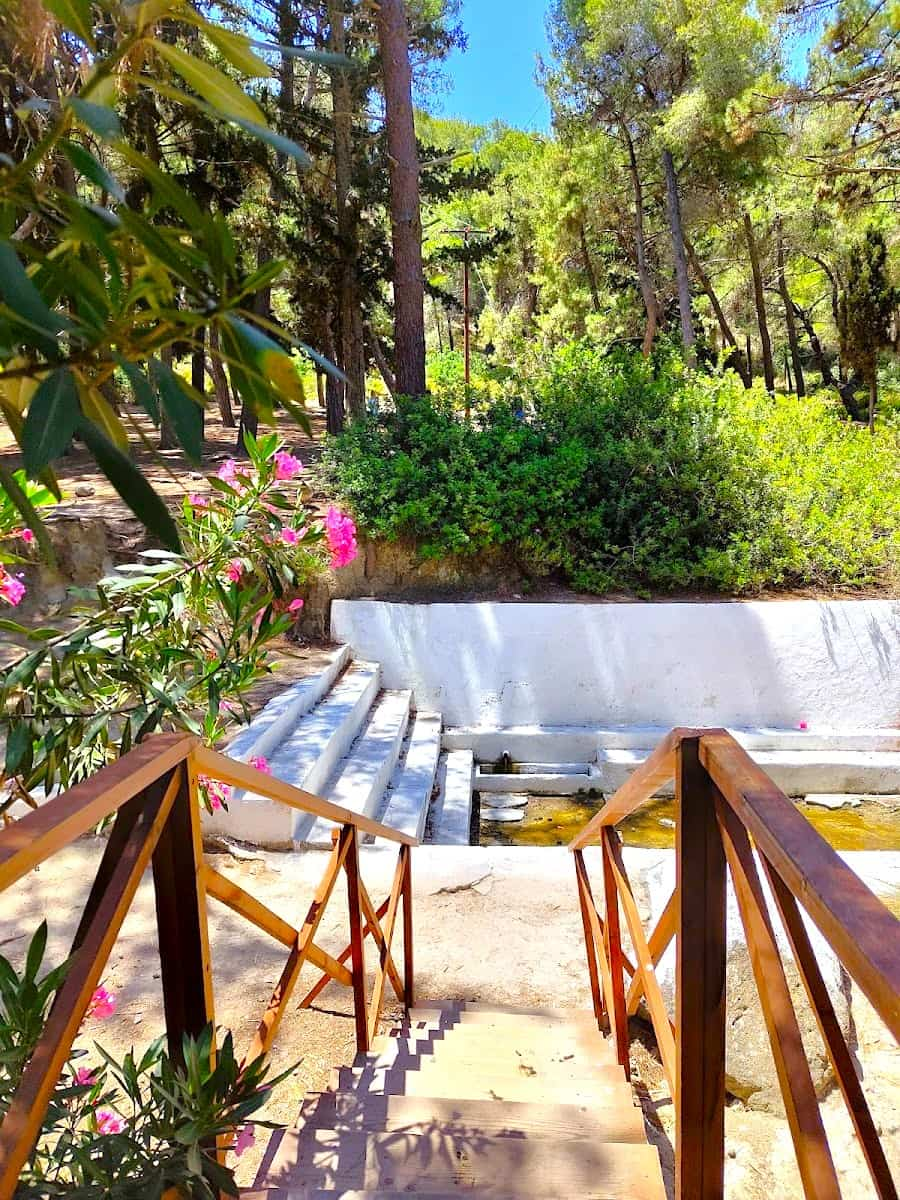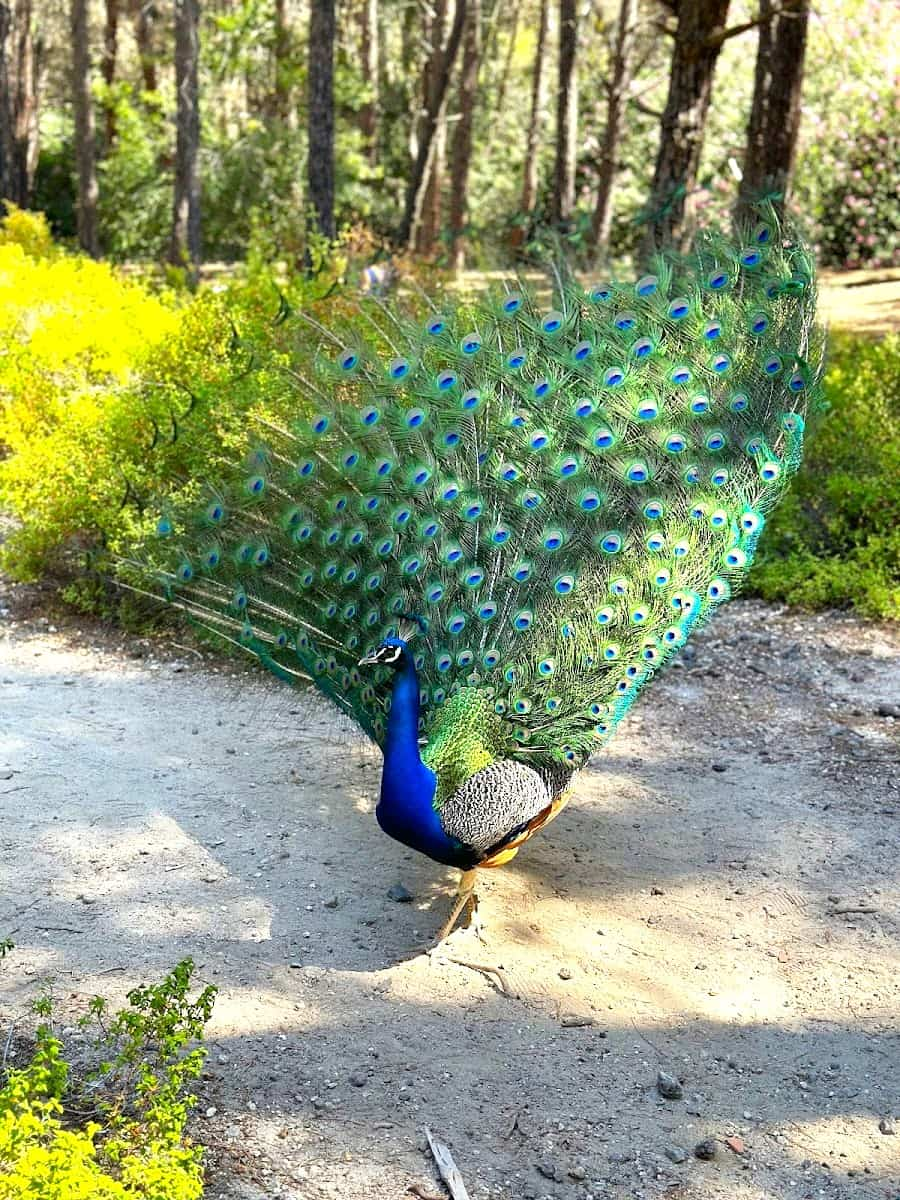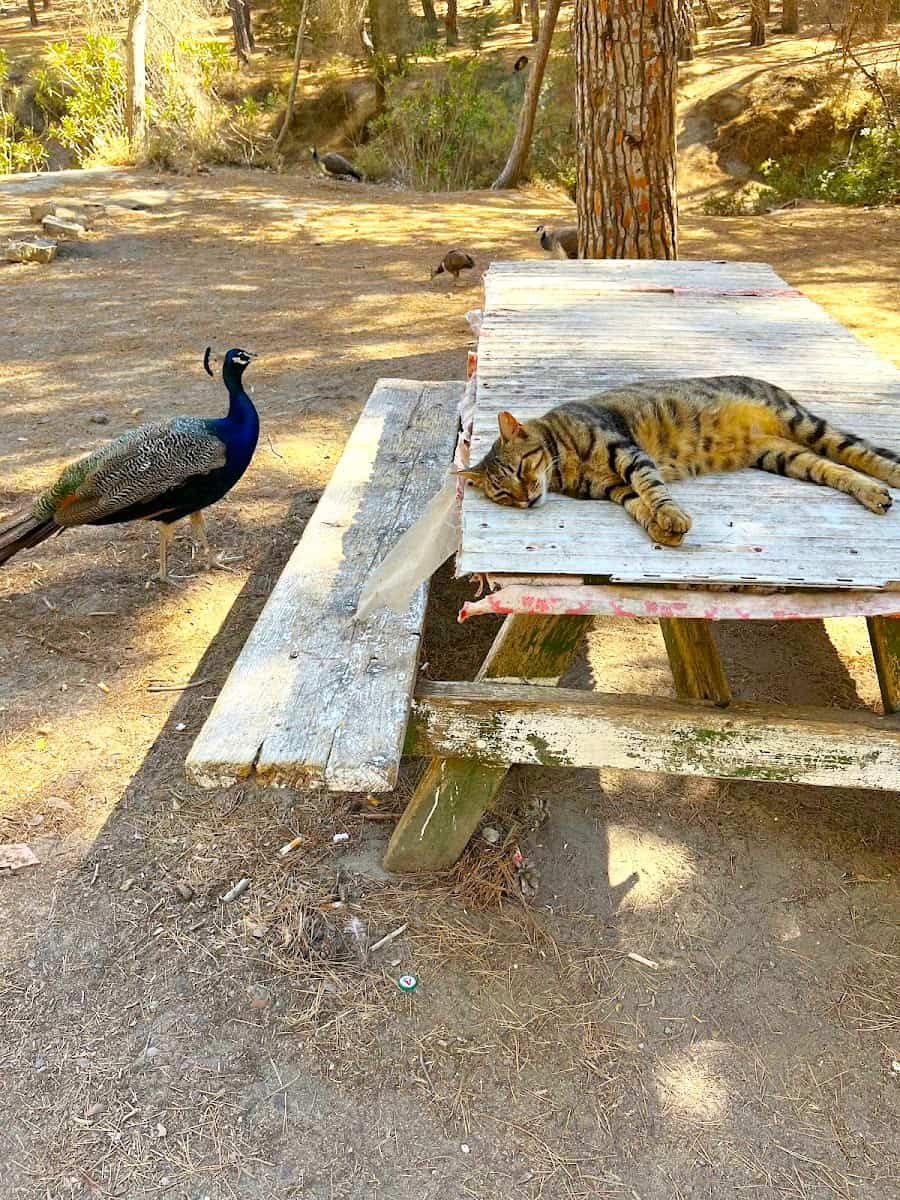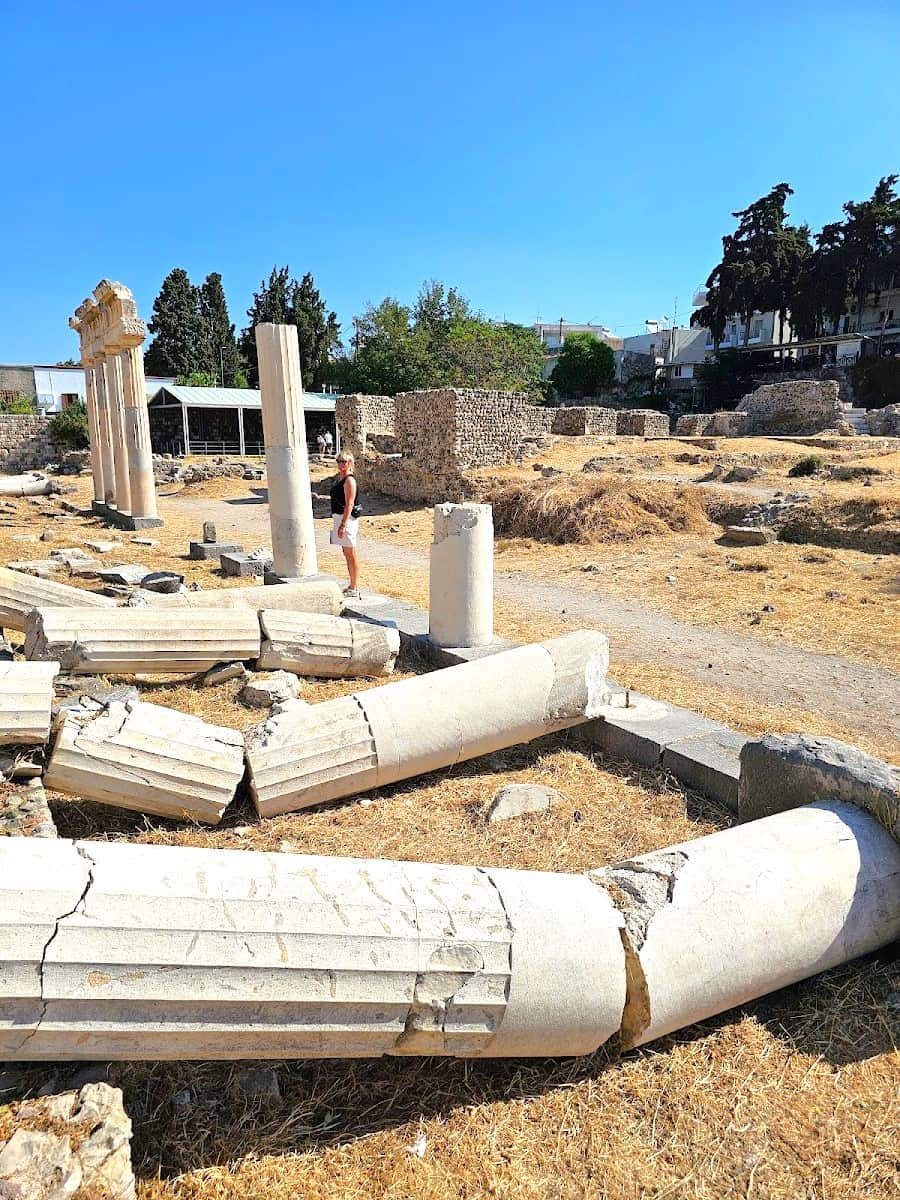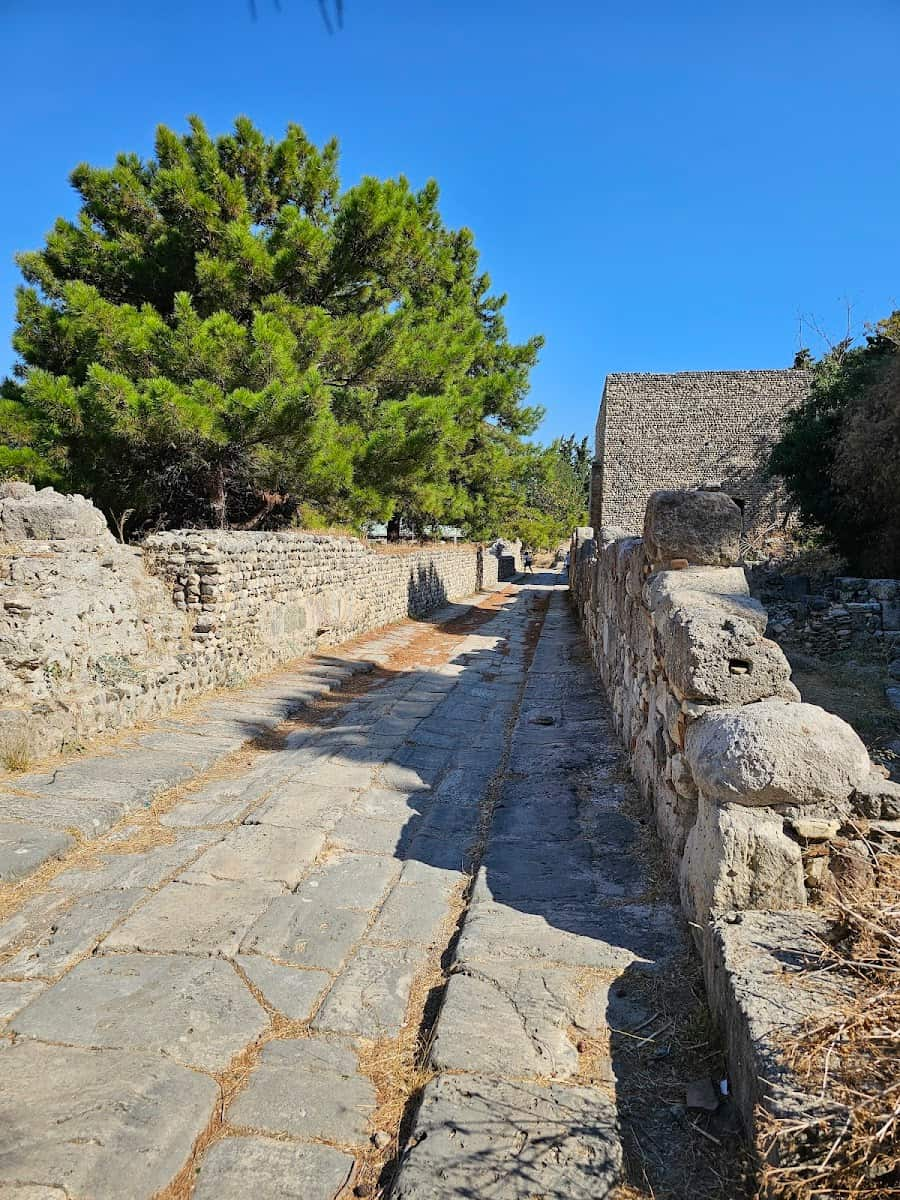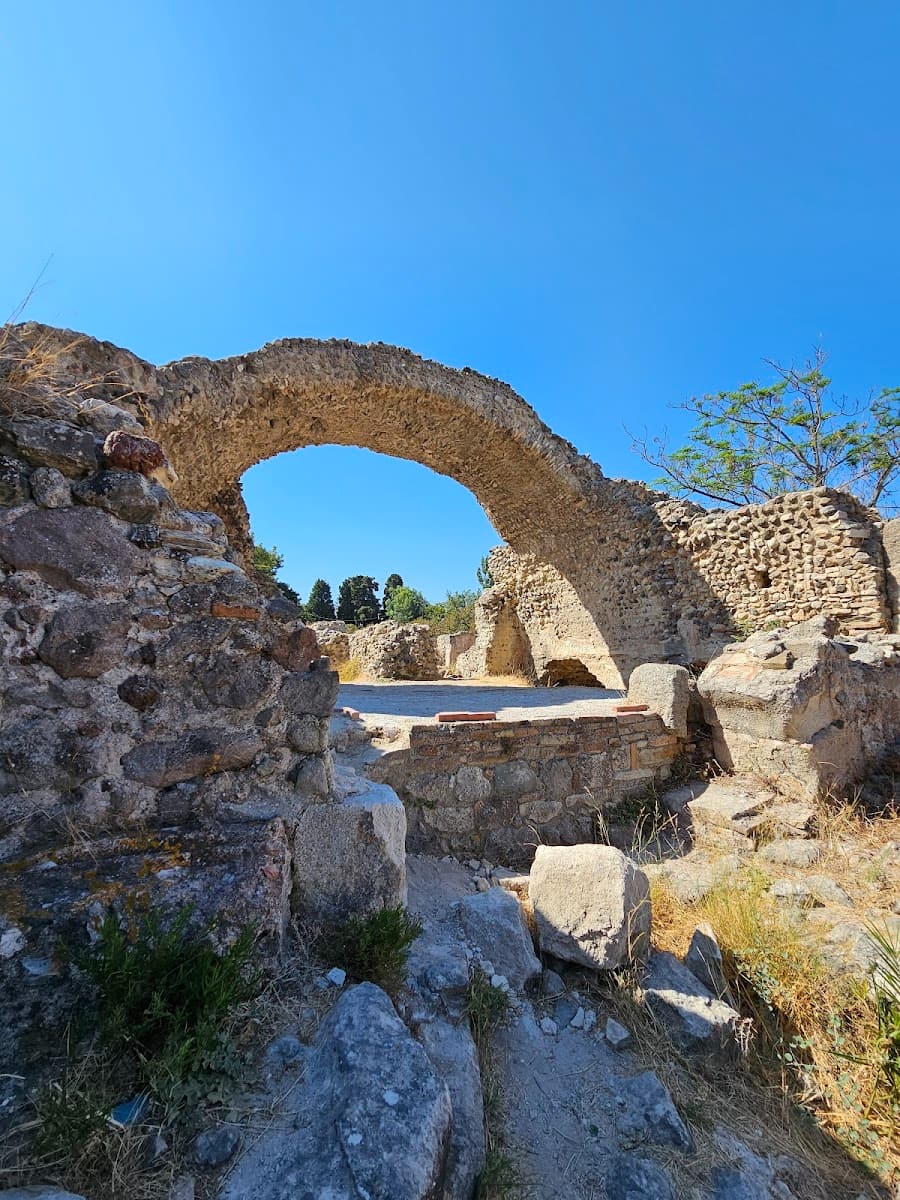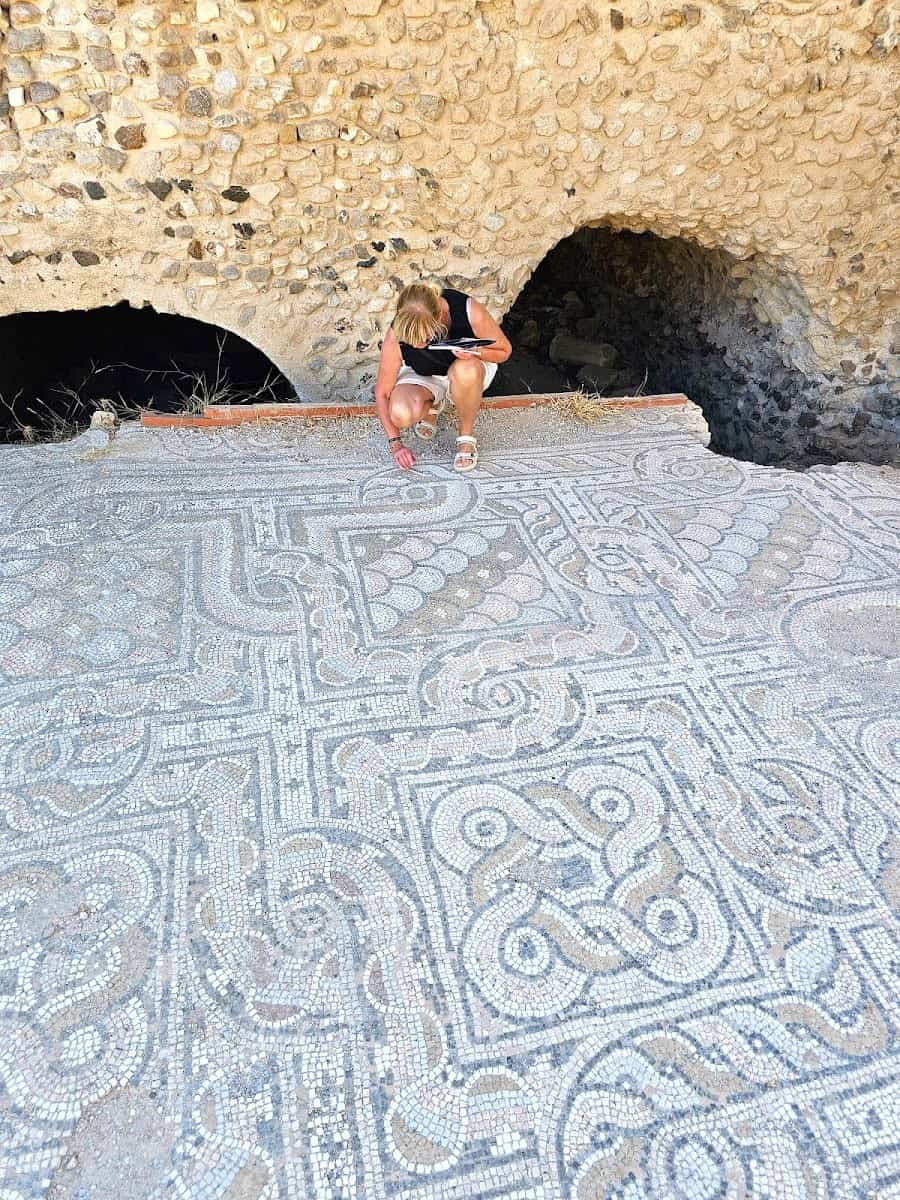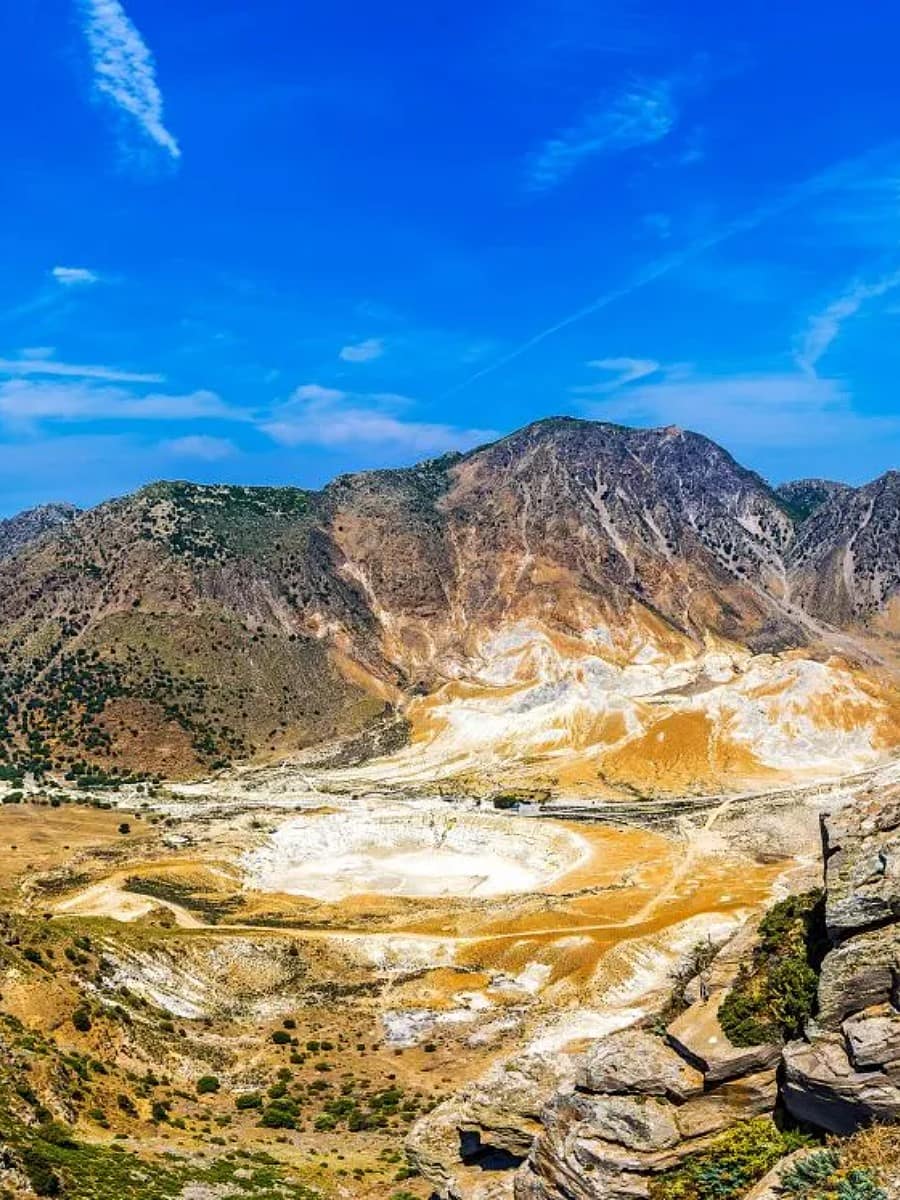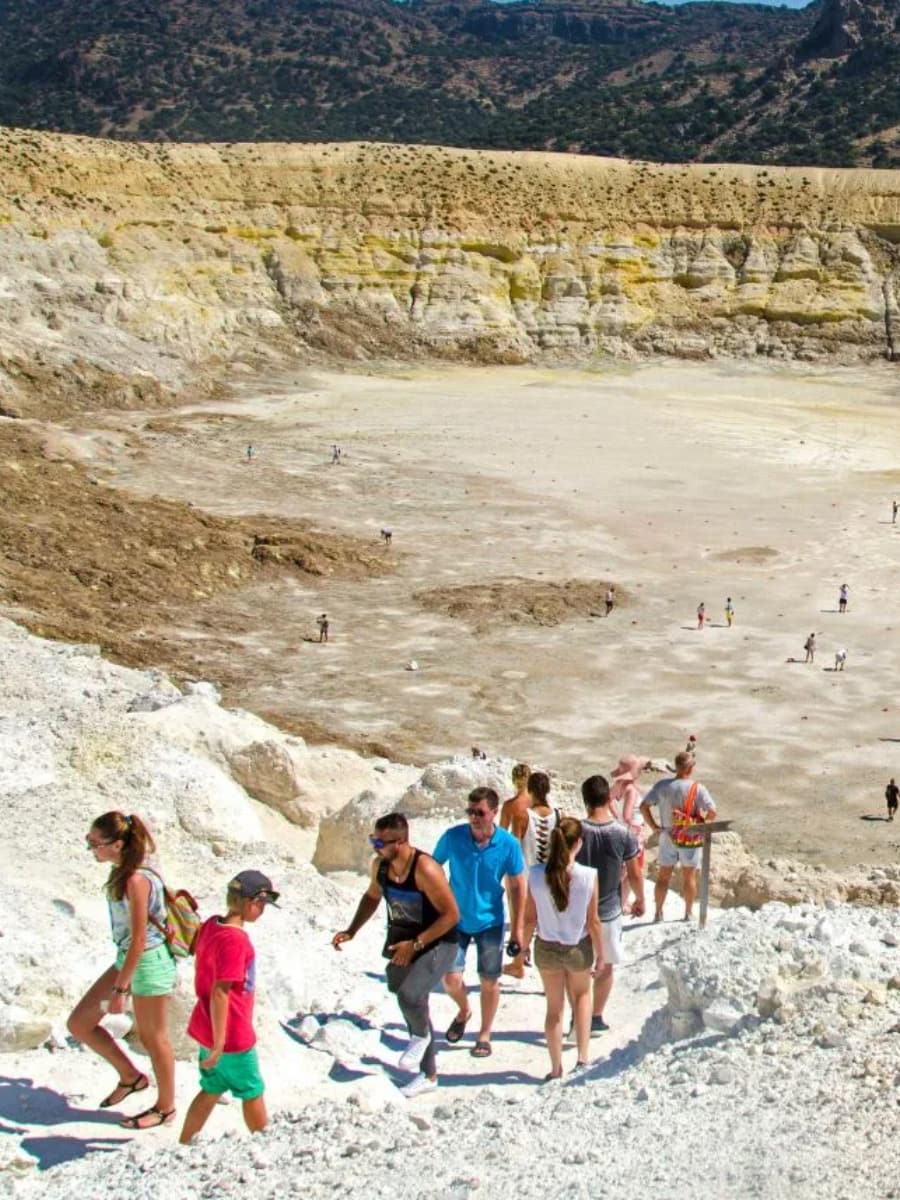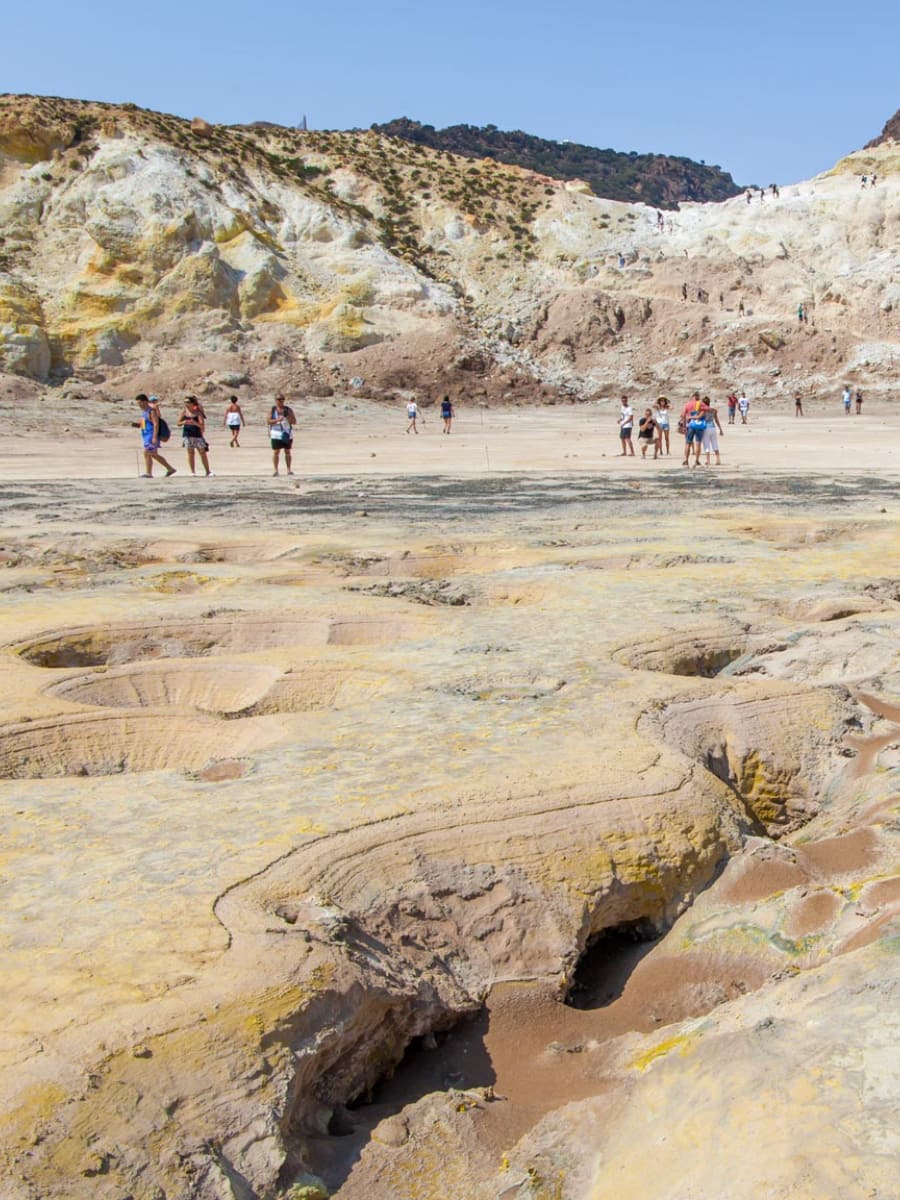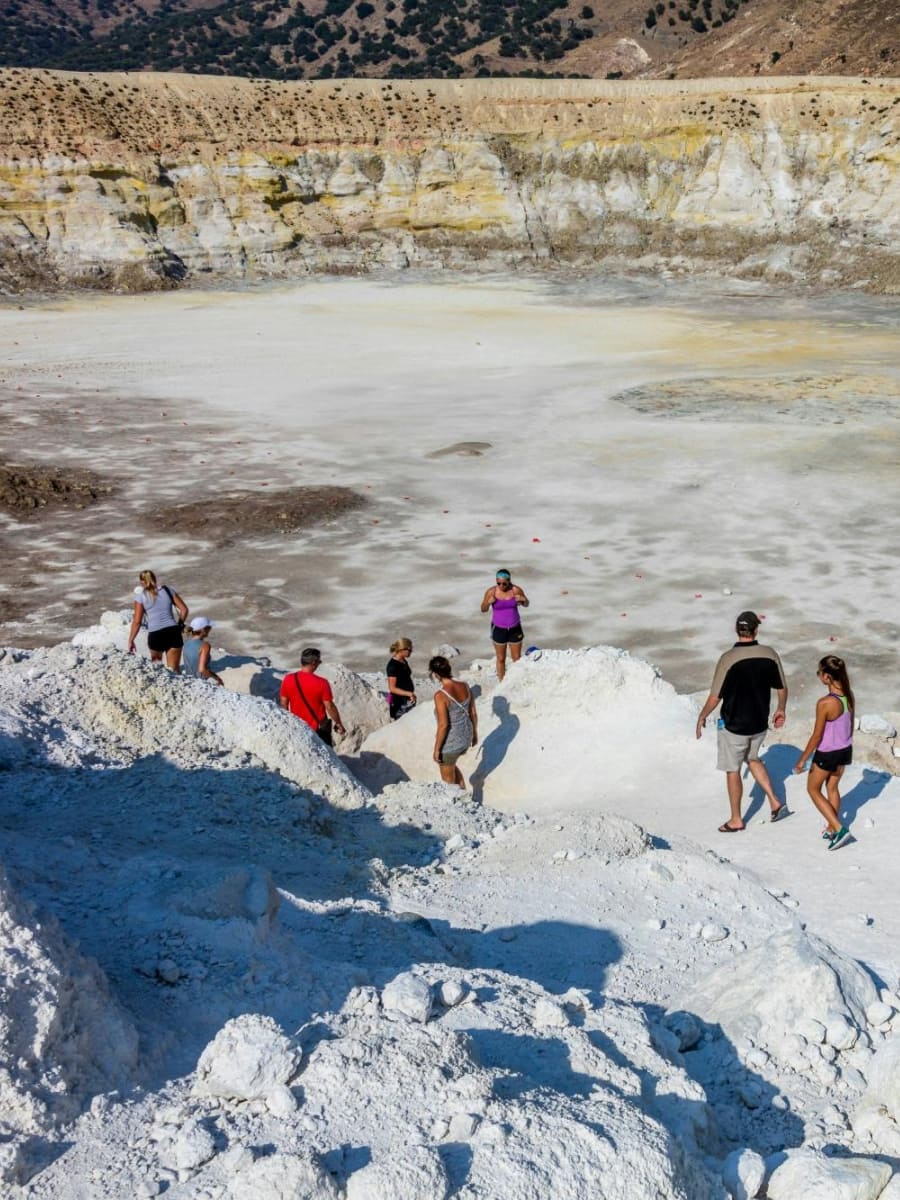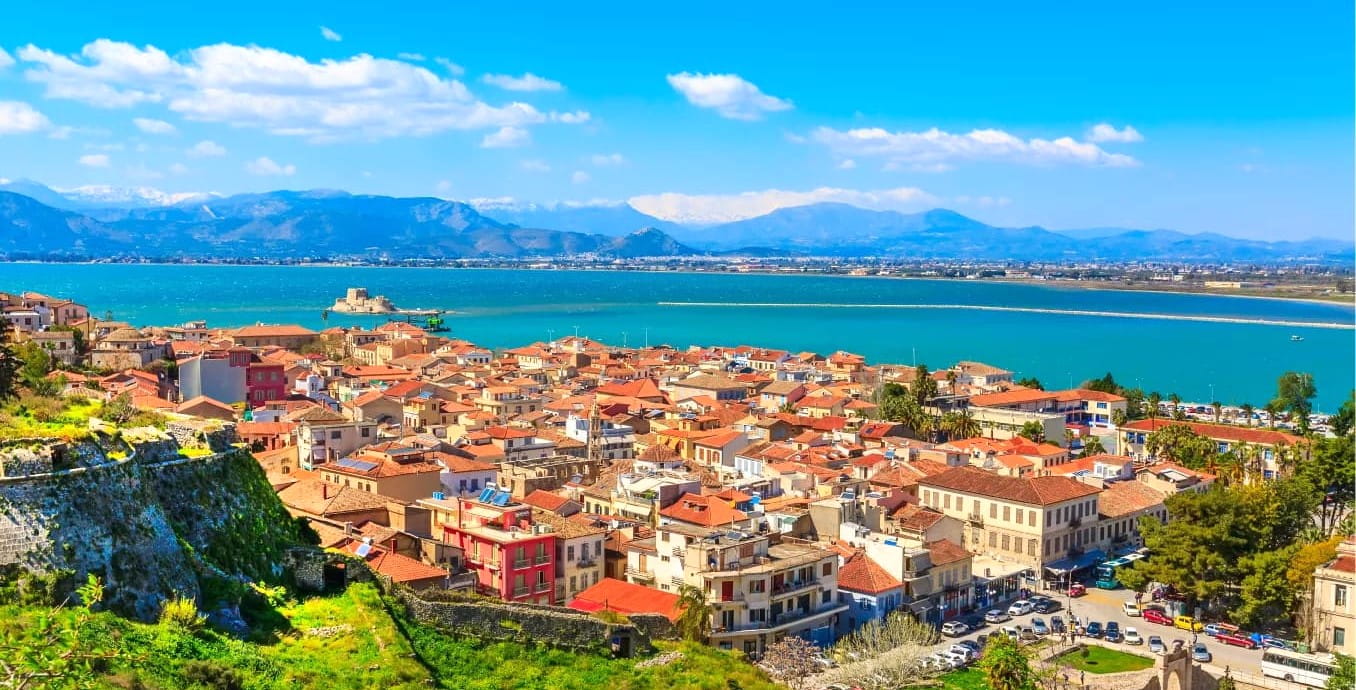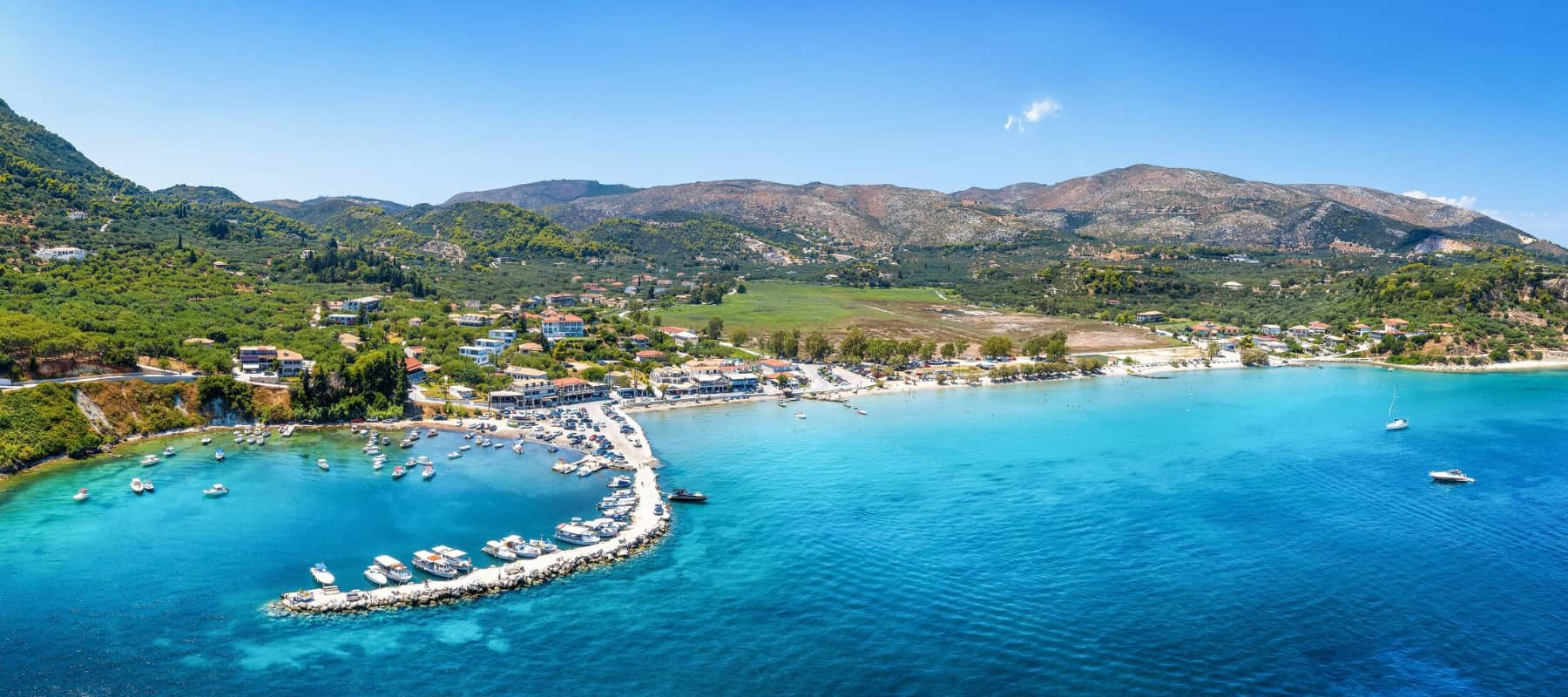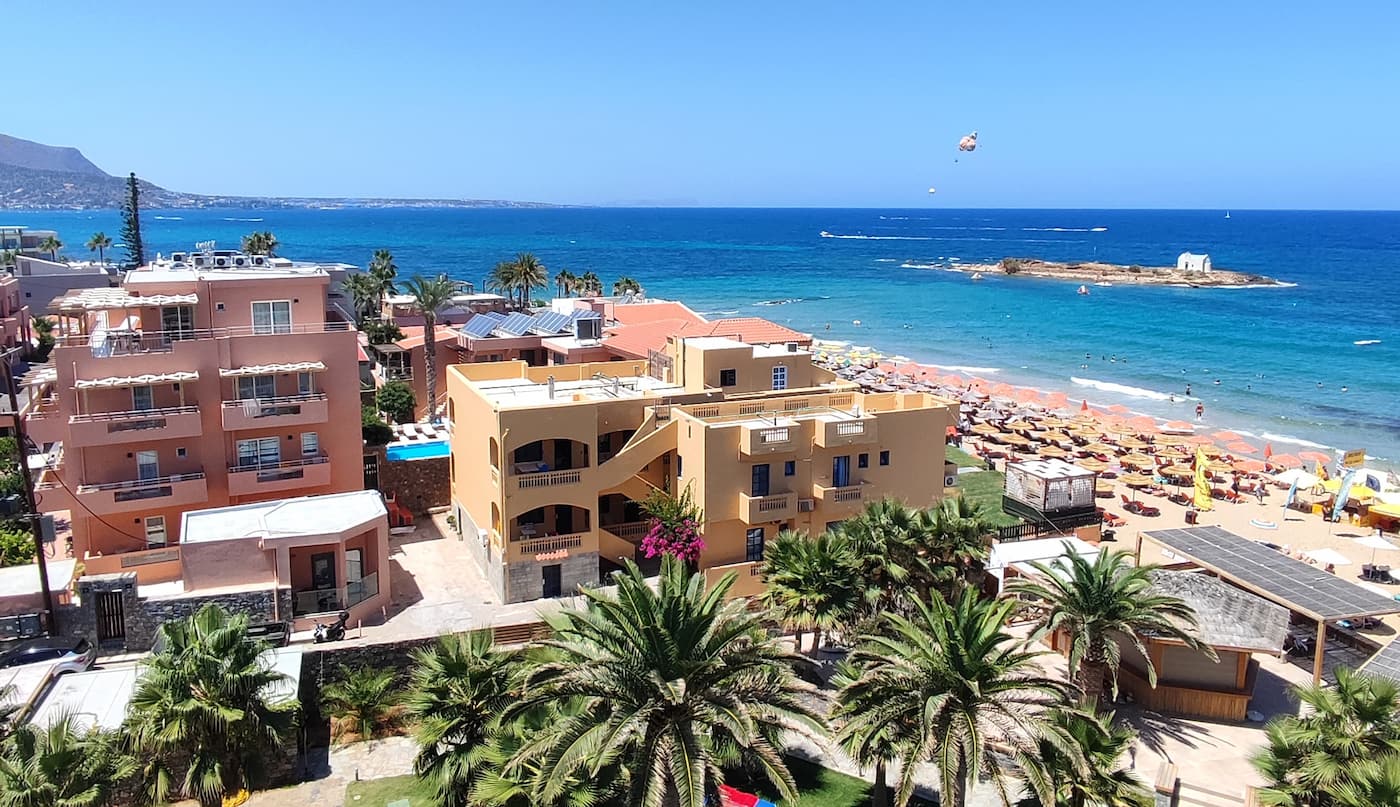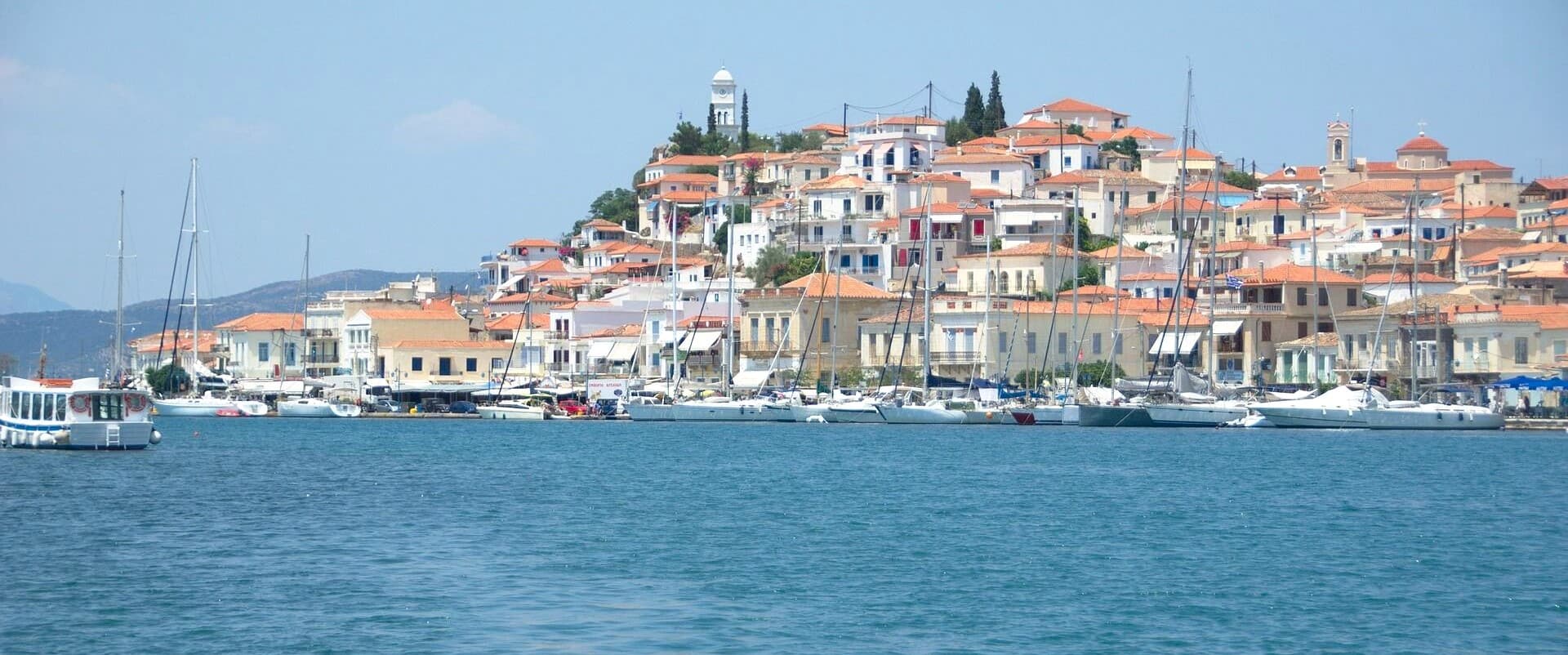Whether you’re a history buff, a beach lover, or simply looking for a relaxing Mediterranean getaway, Kos has something for everyone. Join me as we explore the top must-see sights and experiences that make this island a truly unforgettable destination.
🏠 Best Hotels in Kos Town
- 💎 Luxury Hotel: Peridis Family Resort, Kos Town
- ✨ 5-Star: Mitsis Ramira, Kos Town
- 🏨 4-Star: Kosta Palace, Kos Town
- 🛏️ 3-Star: Astron Suites & Apartments, Kos Town
- 💸 Cheap: Phaethon Hotel, Kos Town
- 🏢 Apartment: Andromeda Hotel Apartments, Kos Town
- 👨👩👧👦 For Families: Pavlos Hotel, Kos Town
- 🏩 For Couples: Aspa Holidays, Kos Town
💁 Best Guided Tours
- Full Day Kos Guided Boat Tour Including Lunch from € 65 (⭐4.8/5)
- Full Day Boat Cruise to 3 Islands with optional pickup from € 60 (⭐4.7/5)
- Kos Highlights Sightseeing Tour from € 45 (⭐4.9/5)
- Guided Tour of Kos Town Asclepeion and Zia with Wine Tasting from € 75 (⭐5.0/5)
Best Things to Do in Kos Town, Greek Island
1. Old Town
Charming streets. Wandering through Kos Town’s Old Town district was like stepping back in time. The narrow cobblestone pathways wind between whitewashed buildings adorned with vibrant bougainvillea, creating the perfect backdrop for exploration. I found myself lost (in the best way) among the traditional Greek architecture.
Local shops. The Old Town marketplace offers authentic Greek souvenirs at reasonable prices. I picked up handmade ceramics for just €5-15 ($5.50-16.50) and locally produced olive oil for €8 ($8.80) per bottle. The shopkeepers were incredibly friendly and eager to share stories about their crafts.




Hidden gems. Beyond the main streets, I discovered secluded courtyards and family-run tavernas where locals gather. My favorite spot was Taverna Alexandros, tucked away on Apellou Street, where a delicious Greek salad costs just €7 ($7.70) and the house wine is €4 ($4.40) per glass.
Historical significance. The Old Town bears fascinating Ottoman and Italian influences in its architecture. Look for the distinctive wooden balconies and ornate doorways that showcase this unique heritage. The contrast between ancient ruins and medieval buildings creates a captivating historical tapestry.
Practical tip: Visit Old Town early in the day to avoid crowds and heat. Most shops open around 9 AM, but the streets are wonderfully peaceful before 10 AM. Wear comfortable shoes as the cobblestones can be uneven in places.
| Old Town Eatery | Specialty | Price Range (€) |
|---|---|---|
| Taverna Alexandros | Traditional meze | €8-15 |
| Kafeneio Aeolos | Greek coffee & sweets | €3-7 |
| Ouzeri Dimitris | Fresh seafood | €12-20 |
⭐ Best Activities
- Kos Highlights Sightseeing Private Tour – Experience the best of Kos with a personalized private tour that showcases the island’s highlights. Cruise passengers will be greeted at the pier with a sign bearing your name for a seamless start to your exploration.
2. Neratzia Castle
Imposing fortress. Neratzia Castle stands proudly at the entrance to Kos Town’s harbor, a magnificent medieval fortress built by the Knights of St. John. I was immediately struck by its massive stone walls and impressive architecture spanning both Gothic and Ottoman periods. The castle’s strategic position offers unparalleled views across the harbor.
Exploration highlights. Inside, I wandered through ancient corridors and climbed partially preserved towers. The entrance fee is just €8 ($8.80), making it an affordable historical adventure. The inner and outer fortifications create an interesting layout to discover, with the inner castle dating back to the 14th century.
Top features to see at Neratzia Castle:
- The impressive drawbridge entrance
- Gothic-style Grand Master’s quarters
- Ancient marble columns repurposed from Greek temples
- The Knights’ coat of arms carvings
- Panoramic viewpoints overlooking the Aegean
Photo opportunities. From the castle’s highest points, I captured breathtaking panoramic views of Kos Town, the harbor, and even the Turkish coastline across the water. The contrast between ancient stone and azure sea creates stunning photography opportunities.
Historical artifacts. Throughout the castle grounds, I found fascinating architectural elements including marble reliefs, coats of arms, and ancient columns repurposed from earlier Greek and Roman structures. Each stone tells part of the island’s complex history.
Practical tip: Visit in the morning when the light is perfect for photography and temperatures are cooler. Wear sturdy shoes as some areas have uneven surfaces. The castle closes at 3 PM during winter months, so plan accordingly.
3. Ancient Agora
Market ruins. The Ancient Agora was once the bustling commercial and social heart of ancient Kos. Walking through these extensive ruins, I could easily imagine merchants trading goods and citizens gathering to discuss politics. The site spans an impressive area in the center of modern Kos Town.
Architectural remains. I was fascinated by the partially restored columns, temple foundations, and ancient market stalls. The site includes remnants of temples, shrines, and civic buildings dating from the 4th century BC. Entry costs just €6 ($6.60), offering excellent value for history enthusiasts.
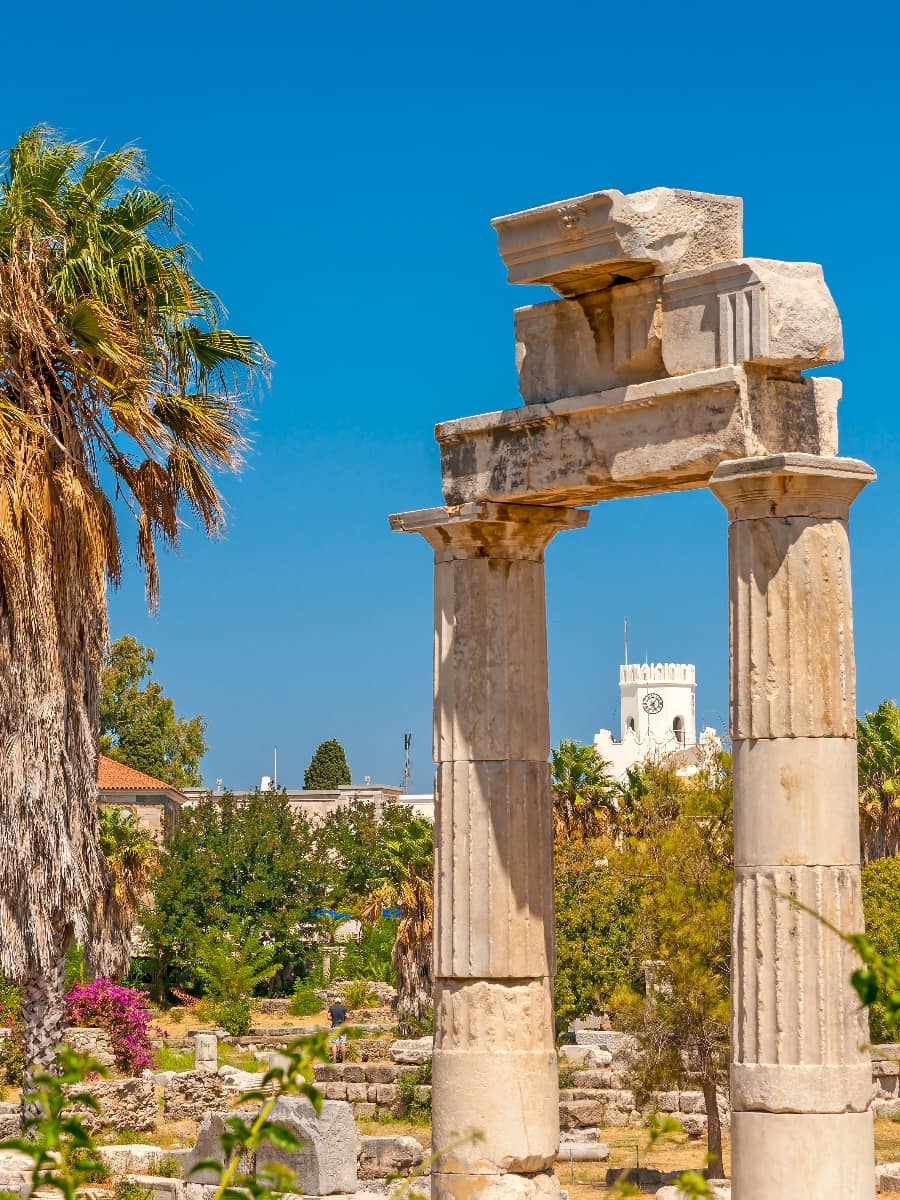

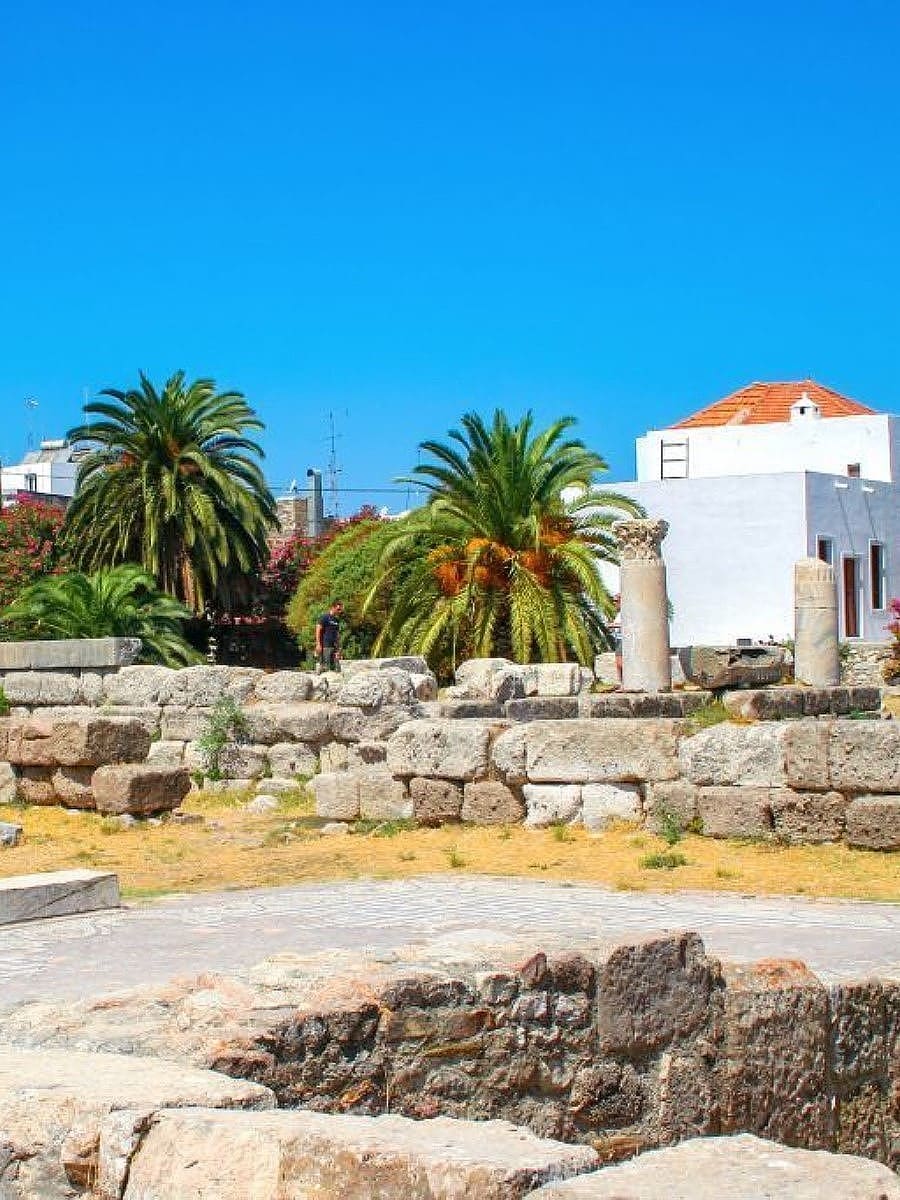

Key structures to identify at the Ancient Agora:
- Temple of Aphrodite remains
- The Shrine of Hercules
- Ancient marketplace stalls
- Public bath complex
- Hellenistic gymnasium
Archaeological significance. What makes the Agora special is how it reveals daily life in ancient Kos. I spotted the remains of shops, public baths, and even a gymnasium. The site continues to yield new discoveries, with ongoing excavations revealing more about Kos’s Hellenistic period.
Shaded exploration. Despite being in the heart of town, the Agora offers plenty of shaded areas among ancient olive trees. I found it a peaceful place to escape the midday heat while connecting with history. The site is particularly atmospheric in the late afternoon.
Practical tip: Bring water and wear a hat as shade is limited in some areas. The site has informative signage in English, but I recommend downloading a self-guided tour app for more detailed explanations of what you’re seeing.
4. Roman Odeon of Kos
Ancient theater. The Roman Odeon in Kos Town is a remarkably preserved semicircular theater dating back to the 2nd century AD. I was impressed by its intimate scale and excellent acoustics. Unlike larger ancient theaters, this one was designed for musical performances and poetry readings rather than dramatic productions.
Architectural details. The Odeon features 18 rows of marble seats that could accommodate approximately 750 spectators. I noticed the carefully crafted drainage system beneath the seats – a testament to Roman engineering prowess. The stage area retains some of its original marble flooring.
What makes the Roman Odeon special:
- Exceptional acoustics that still work today
- Original marble seating arrangements
- Sophisticated water drainage system
- Proximity to other Roman ruins
- Occasional summer performances in authentic setting
Cultural significance. Today, the Odeon occasionally hosts small concerts and cultural events during summer months. I was lucky enough to catch a traditional Greek music performance here, with tickets priced at €12 ($13.20). Experiencing live music in this ancient setting was truly magical.
Historical context. The Odeon sits within a larger archaeological complex that includes Roman baths and a gymnasium. I spent about an hour exploring the entire area, which provides fascinating insights into Roman leisure activities. Entry to the complex costs €6 ($6.60).
Practical tip: If you’re interested in photography, visit mid-morning when sunlight illuminates the marble seating beautifully. The site is compact but rich in detail, so take your time to notice the craftsmanship.
5. Plane Tree of Hippocrates
Living legend. Standing in the shade of what locals claim is the Plane Tree of Hippocrates was a surreal experience. This ancient tree in Plateia Platanou is said to be where the father of modern medicine taught his students over 2,400 years ago. While botanists suggest the current tree is only 500 years old (likely a descendant of the original), it remains an impressive natural monument.
Impressive size. The massive trunk measures about 12 meters in circumference, with sprawling branches supported by metal scaffolding. I joined other visitors in touching its gnarled bark – a connection to medical history that feels almost spiritual for many.
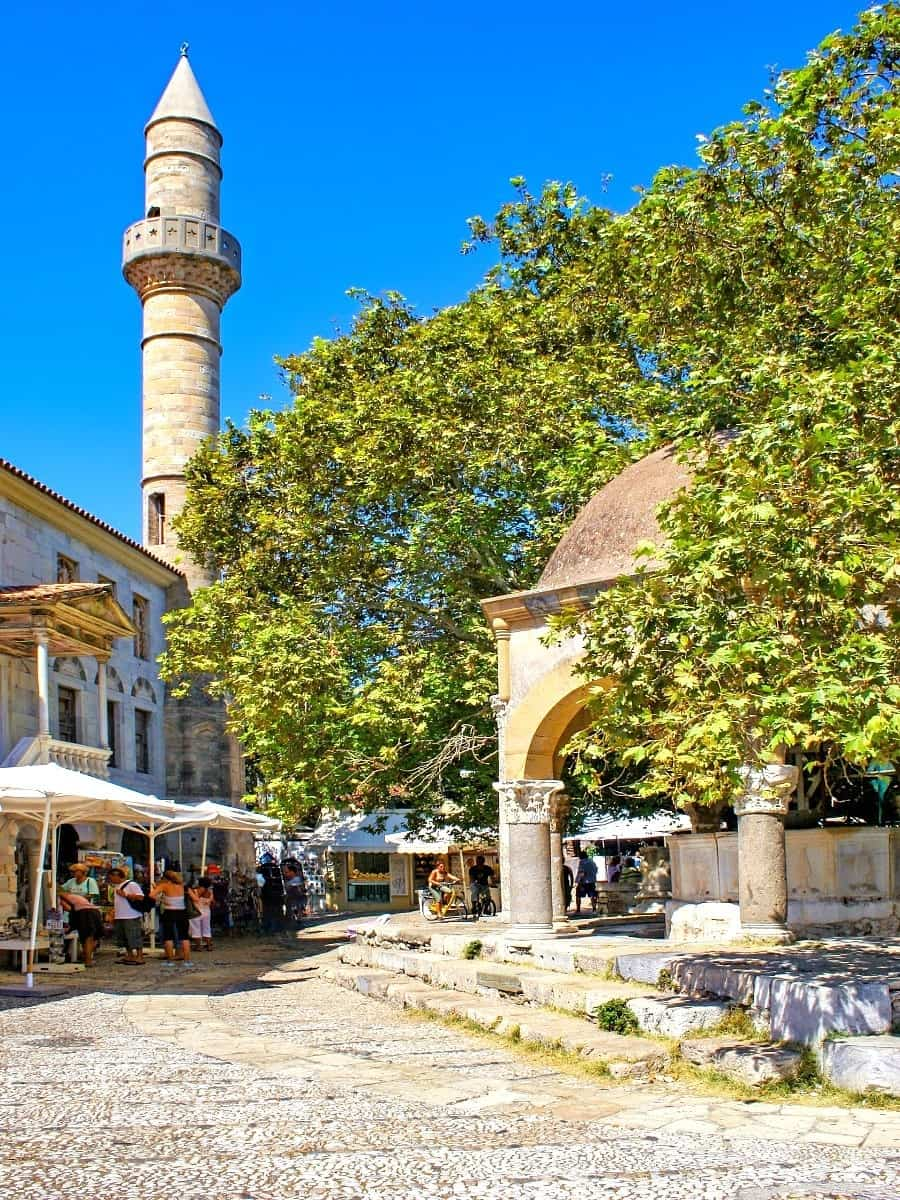
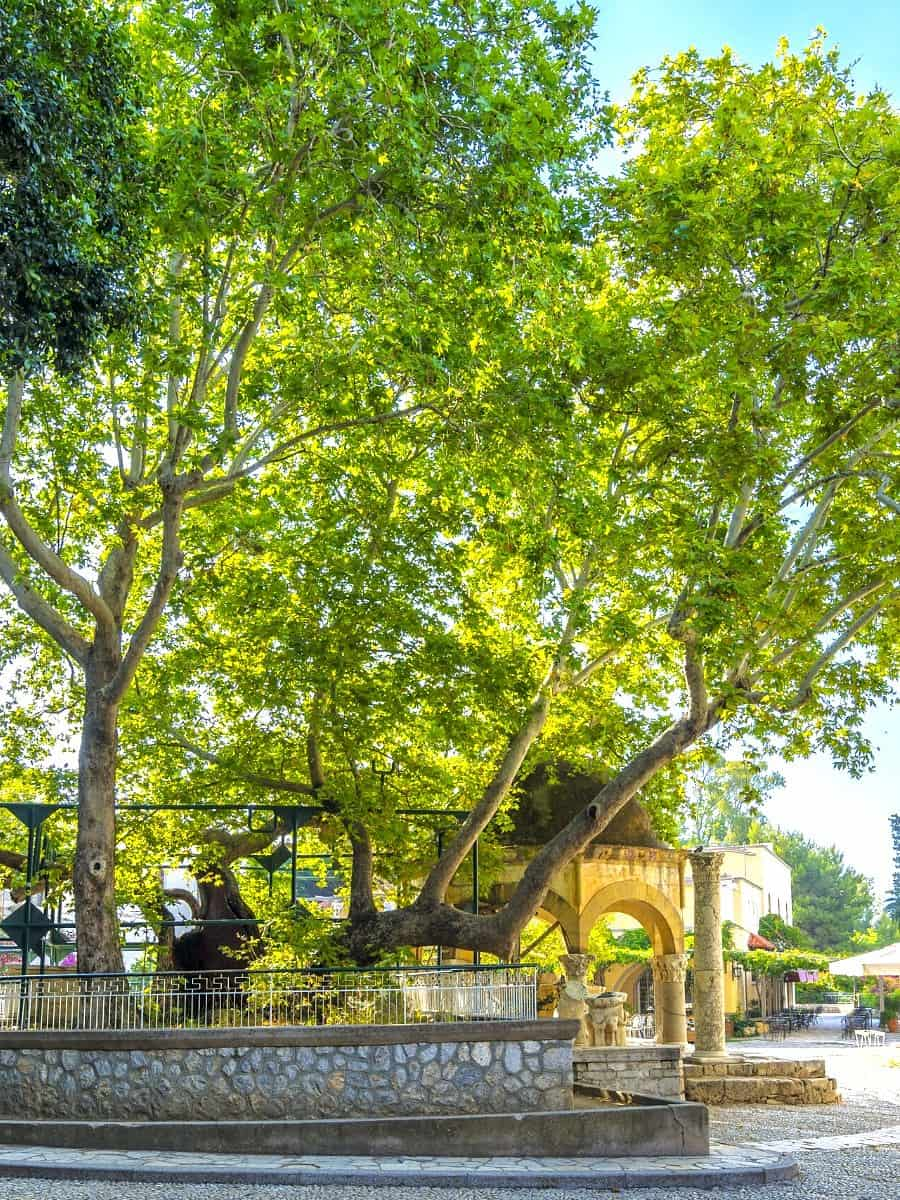
Best cafés around the Plane Tree square:
- Platanos Café – Best for traditional Greek coffee (€2.50)
- Hippocrates Corner – Famous for homemade baklava (€4)
- Kafeneio Elliniko – Local favorite for ouzo and meze (€6-10)
- Tree View – Great for people-watching (€3-5 for drinks)
- Ancient Brews – Craft beer selection (€5-7)
Surrounding plaza. The tree stands in a charming square surrounded by cafés where I enjoyed a traditional Greek coffee for €2.50 ($2.75) while people-watching. The nearby fountain creates a peaceful atmosphere, especially in the afternoon when locals gather.
Cultural significance. For medical professionals, this site holds special meaning. I chatted with a doctor from Germany who made a pilgrimage specifically to see this tree. The adjacent small mosque adds another layer of historical interest to the area.
Practical tip: The square gets busy with tour groups between 11 AM and 2 PM. Visit earlier or later for a more peaceful experience. The cafés around the square offer good value compared to those on the harbor front.
6. Lambi Beach
Crystal waters. Lambi Beach stretches along the northern coast of Kos Town, offering crystal-clear waters and fine golden sand. I spent a blissful afternoon swimming in the refreshingly cool Aegean Sea and relaxing under the Mediterranean sun. The beach slopes gently, making it perfect for families.
Beach amenities. Sunbeds with umbrellas cost around €8-10 ($8.80-11) for the day, though I found free spots to lay my towel further from the organized sections. The beach bars serve cold drinks (€4/$4.40 for a beer) and light meals (€8-12/$8.80-13.20 for a Greek salad or sandwich).
Water activities available at Lambi Beach:
- Paddleboarding (€15/hour)
- Jet skiing (€40/20 minutes)
- Parasailing (€50/flight)
- Banana boat rides (€12/person)
- Snorkeling equipment rental (€8/day)
Water activities. For adventure seekers, Lambi offers various water sports. I tried paddleboarding for €15 ($16.50) per hour and spotted others enjoying jet skiing and parasailing. The calm morning waters are ideal for beginners trying these activities.
Beachfront promenade. The palm-lined promenade behind the beach makes for a lovely walk or cycle. I rented a bike for €5 ($5.50) per hour from Kostas Bikes near the marina and enjoyed exploring the entire stretch, stopping at different beach sections.
Practical tip: The northern end of Lambi Beach is typically less crowded and more peaceful. Bring water shoes if you’re sensitive to the occasional pebbly patches. The sunset views here are spectacular, with the Turkish coast visible on the horizon.
7. Eleftherias Square
Vibrant hub. The Square (Freedom Square) pulses with energy as the social heart of Kos Town. I found myself drawn to this lively gathering place where locals and tourists mingle among palm trees and fountains. The square comes alive especially in the evening when families promenade and friends meet at outdoor cafés.
Architectural highlights. The square is framed by notable buildings including the Archaeological Museum and the striking Defterdar Mosque with its elegant minaret. I was particularly impressed by the Italian-influenced architecture, a reminder of Kos’s diverse historical influences.

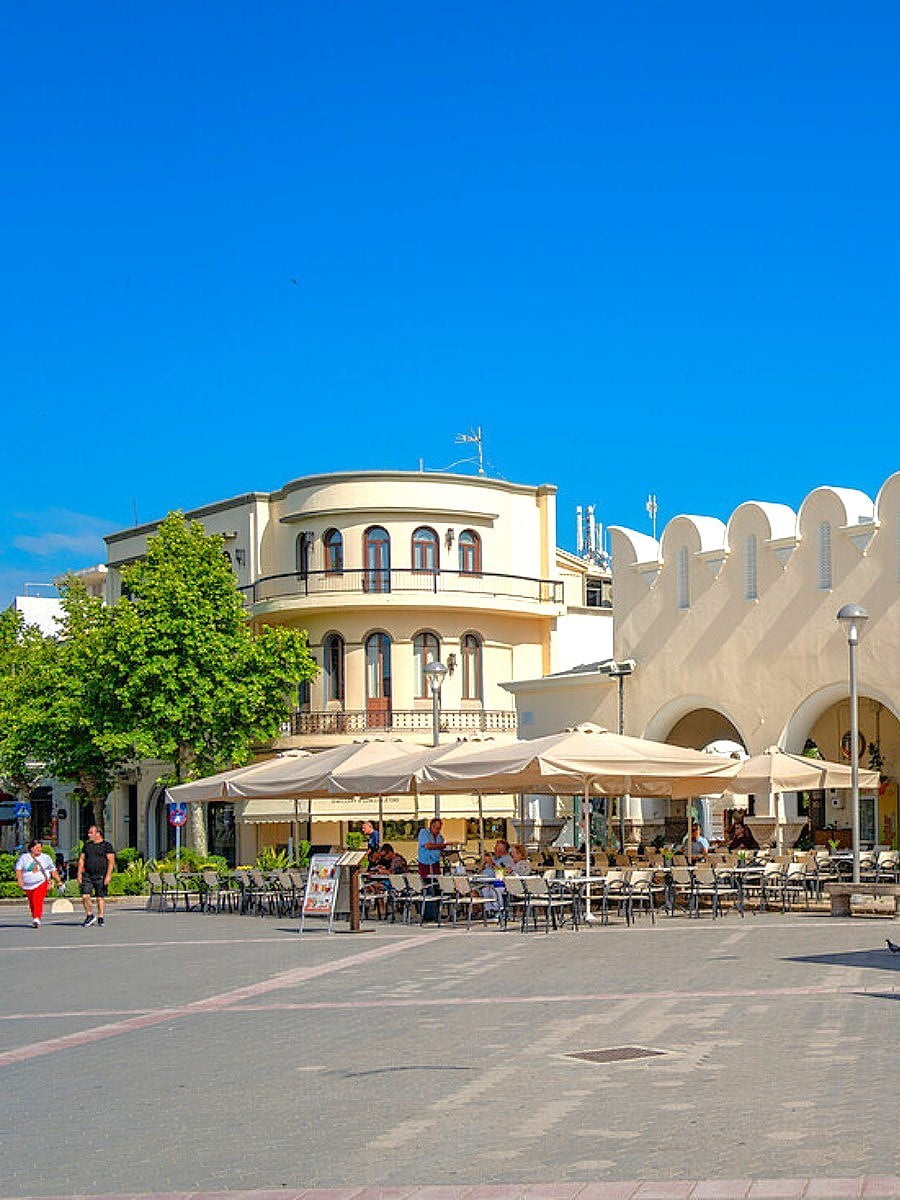

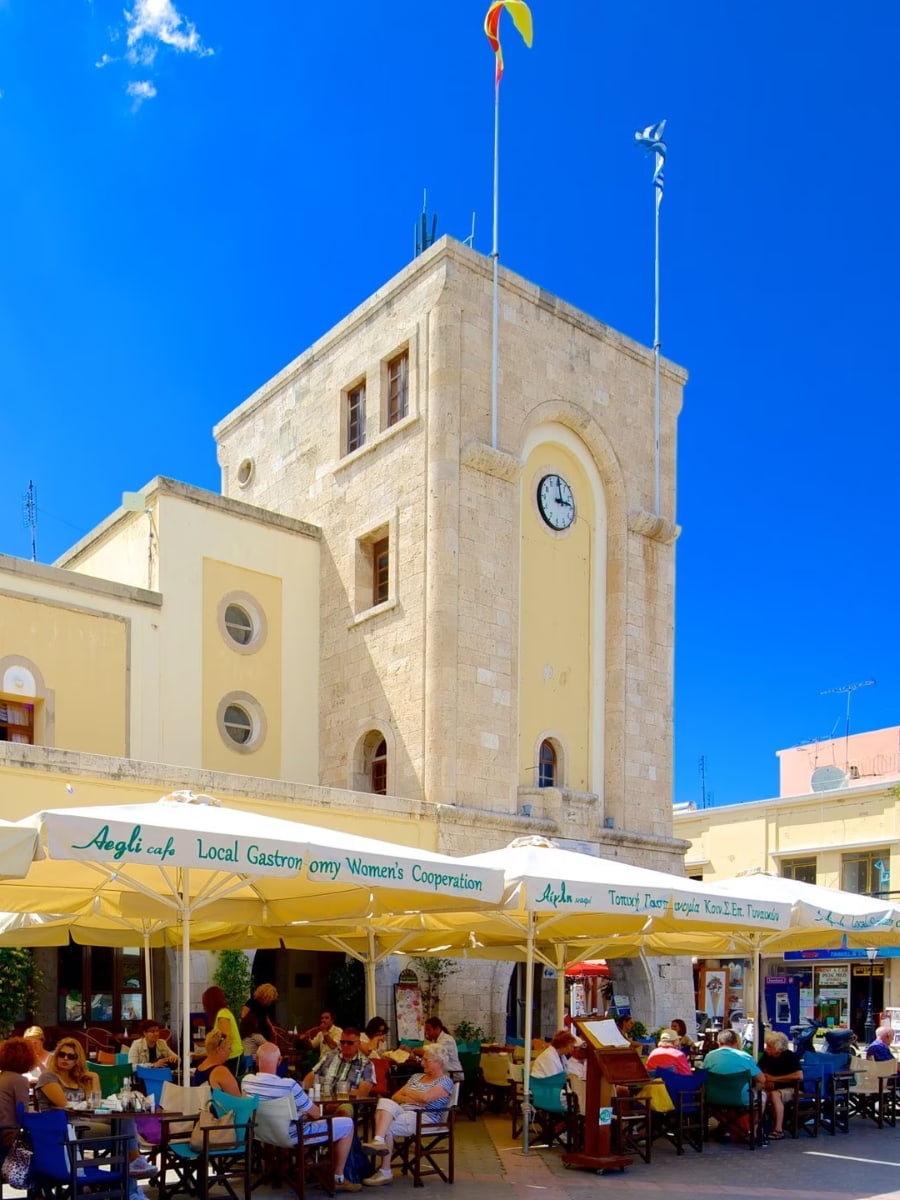
Events that take place in the square:
- Summer music concerts (usually free)
- Local food festivals (May-September)
- Traditional dance performances (Friday evenings)
- Artisan markets (first Sunday of each month)
- Christmas celebrations with light displays
Café culture. I spent a delightful evening at Café Eleftheria, where a cappuccino costs €3.50 ($3.85) and a slice of baklava €4 ($4.40). The square offers excellent people-watching opportunities as locals play chess and children chase pigeons across the open space.
Shopping opportunities. The streets branching off from the square feature boutiques selling everything from designer clothes to local handicrafts. I found beautiful handmade leather sandals for €35 ($38.50) at Sandali, a family-owned shop on the square’s eastern side.
Practical tip: The square hosts occasional markets and cultural events, particularly during summer months. Check with the tourist information office (located on the square itself) for current happenings. The area is well-lit and safe for evening strolls.
8. Casa Romana
Roman luxury. Casa Romana offers a fascinating glimpse into the opulent lifestyle of a wealthy Roman family during the 2nd-3rd century AD. I was amazed by the well-preserved three-story villa with its 36 rooms spread across three different levels. The entrance fee is €6 ($6.60).
Stunning mosaics. The highlight of my visit was undoubtedly the intricate floor mosaics depicting mythological scenes and geometric patterns. The craftsmanship is remarkable, with tiny colored stones creating detailed images that have survived for centuries. The Dionysus mosaic in the dining room is particularly impressive.
Most impressive rooms in Casa Romana:
- Triclinium (dining room) with Dionysus mosaic
- Atrium with impluvium (rainwater collection basin)
- Master bedroom with mythological scenes
- Thermal baths with hypocaust heating system
- Peristyle garden with reconstructed columns
Daily Roman life. Walking through the different rooms, I could easily imagine how the family lived – from the formal reception areas to the private bath complex. The kitchen area with its ancient hearth and the sophisticated heating system under the floors showcased advanced Roman engineering.
Garden courtyard. The central peristyle garden with its columns and reconstructed fountain creates a peaceful atmosphere. I spent time sitting here, imagining the household activities that would have taken place around this elegant outdoor space.
Practical tip: The site offers limited shade, so visit in the morning or late afternoon during summer. The detailed information panels in English make a guided tour unnecessary, but I recommend bringing a guidebook for additional context about Roman domestic life.
9. Asclepieion at Kos
Sacred healing. Located just 4km from Kos Town, the Asclepieion was an ancient healing center dedicated to Asclepius, god of medicine. I took a local bus for €1.50 ($1.65) each way to visit this remarkable sanctuary set on a hillside with breathtaking views. The entrance fee is €8 ($8.80).
Terraced complex. The site is arranged on three terraces connected by a monumental staircase. I slowly climbed from the lower level with its Roman baths to the middle terrace where patients once received treatments. The upper terrace, home to the Temple of Asclepius, offers spectacular panoramic views of Kos and the Turkish coastline.
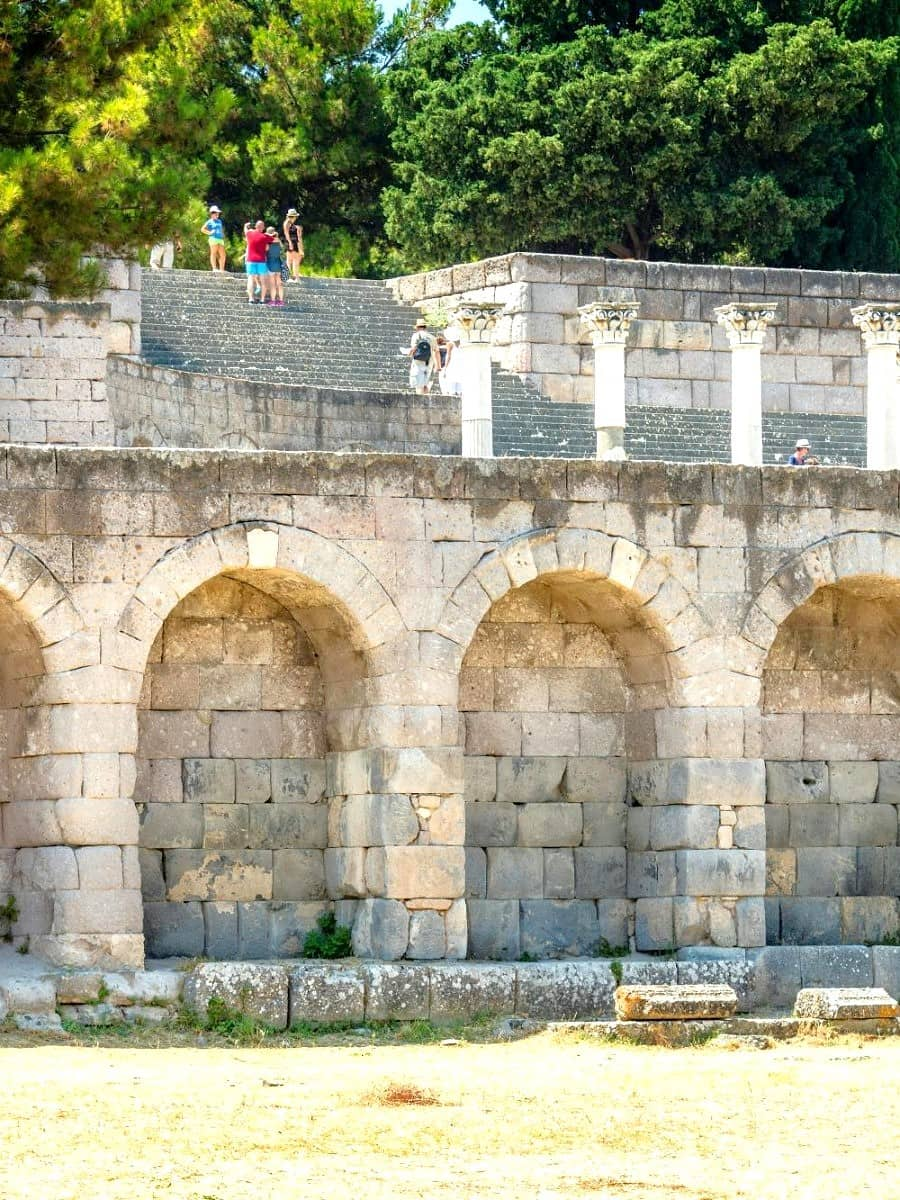
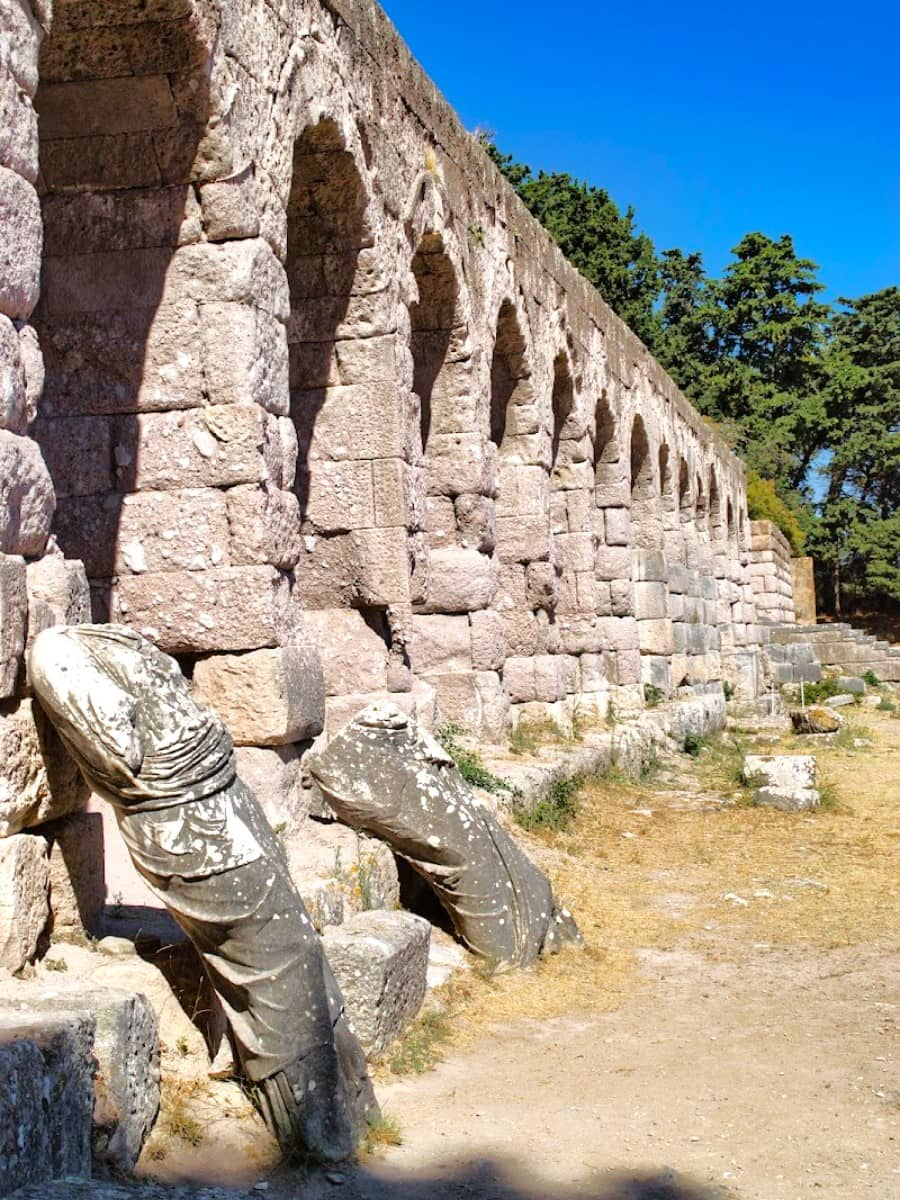
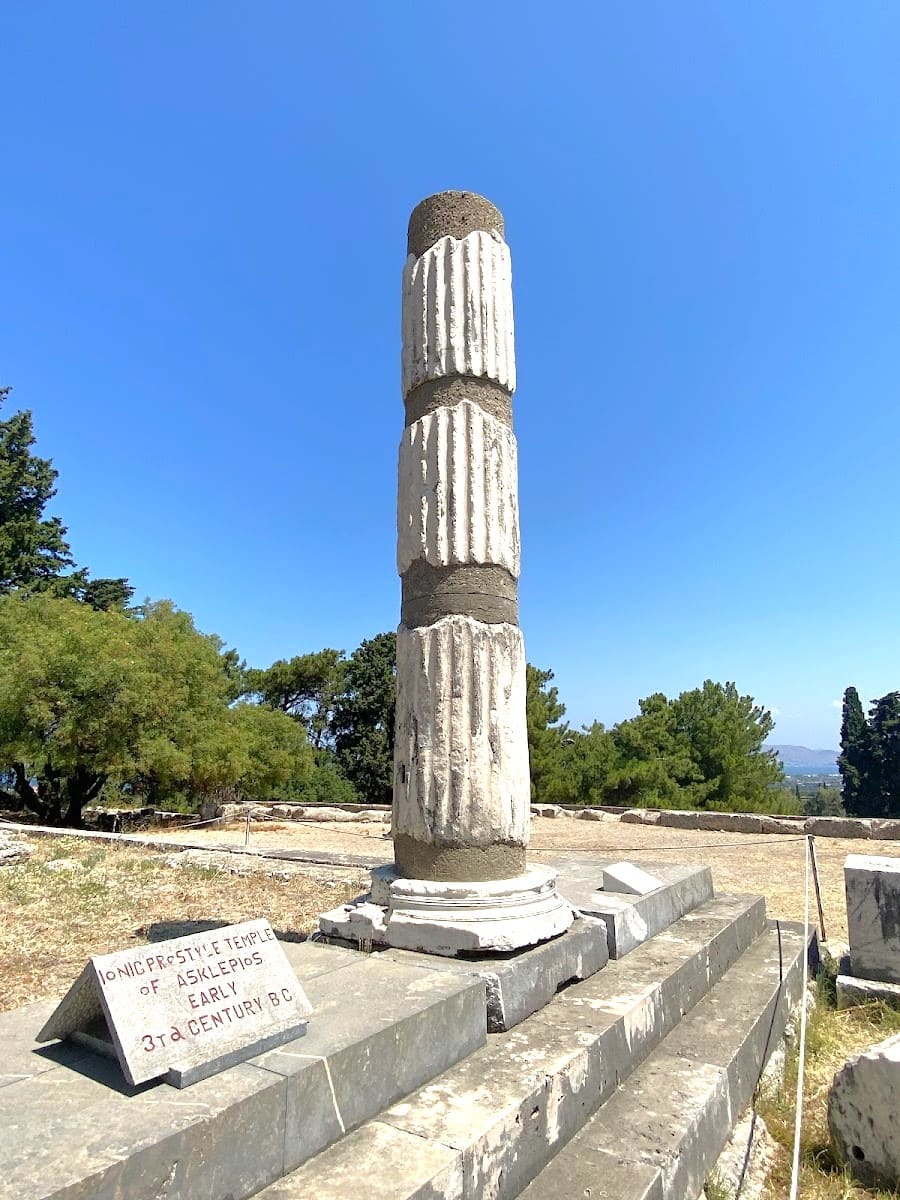

What to see at each terrace level:
- Lower terrace: Roman baths, patient quarters, medical school
- Middle terrace: Altar of Apollo, treatment facilities, sacred spring
- Upper terrace: Temple of Asclepius, panoramic viewpoints, votive offerings
- Site museum: Surgical tools, anatomical votives, healing inscriptions
- Sacred way: Ancient processional route to the sanctuary
Medical history. As the place where Hippocrates likely studied and taught, the Asclepieion represents the birthplace of rational medicine. Information panels explain how ancient healing combined religious rituals with practical treatments – an early version of holistic medicine that I found fascinating.
Architectural remains. Despite being partially in ruins, the site’s grandeur is still evident. I was particularly impressed by the restored columns of the Temple of Apollo and the remains of ancient medical school facilities. The site museum displays surgical tools and votives left by grateful patients.
⭐ Best Activities
- Kos Highlights Sightseeing Tour – Discover the most important attractions of Kos on this comprehensive sightseeing tour that takes you through the island’s rich history and stunning landscapes.
10. Kos Island Marina
Nautical elegance. Kos Marina impressed me with its modern facilities and glamorous atmosphere. I spent a delightful evening strolling along the waterfront, admiring luxury yachts from across Europe and the Middle East. The marina can accommodate up to 250 vessels, creating a forest of masts against the blue Aegean.
Waterfront dining. The marina is lined with upscale restaurants and bars. I enjoyed fresh seafood at Marina Taverna, where grilled octopus costs €16 ($17.60) and a glass of local white wine €5 ($5.50). The sunset views across the harbor while dining made the experience truly memorable.

Best restaurants at Kos Marina:
- Marina Taverna – Excellent fresh seafood (€16-25 main courses)
- Yacht Club – International cuisine with harbor views (€14-30)
- Aegean Flavors – Traditional Greek meze plates (€8-15)
- Captain’s Corner – Famous for grilled fish (€18-28)
- Sunset Lounge – Cocktails and light bites (€8-12)
Shopping opportunities. The marina complex houses boutique shops selling designer beachwear, jewelry, and nautical accessories. I browsed through Marina Creations, where handcrafted silver jewelry starts at €25 ($27.50) – perfect for souvenirs or gifts.
Charter possibilities. For those seeking adventure on water, the marina offers various boat rental options. I inquired about a half-day sailing trip (€65/$71.50 per person) that includes swimming stops at secluded beaches and a light lunch. Several companies offer competitive rates for different experiences.
Practical tip: The marina area comes alive in the evening when temperatures cool. For the best atmosphere, visit after 7 PM when locals join tourists for the traditional evening promenade. The area is well-lit and safe for night-time exploration.
⭐ Best Activities
- Kos Town Glass Bottom Boat Cruise with Swimming Stops – Enjoy a unique perspective of Kos’s underwater world through a glass-bottom boat while making refreshing swimming stops at beautiful locations around the island.
11. Antimachia Castle
Medieval fortress. Antimachia Castle stands about 23km southwest of Kos Town, a magnificent 14th-century fortress built by the Knights of St. John. I rented a scooter for €20 ($22) per day to visit this impressive structure perched on a plateau with commanding views of the surrounding countryside and sea.
Defensive architecture. Despite being partially ruined, the castle’s massive walls and defensive towers remain impressive. I walked the perimeter, imagining how it once protected the island’s inhabitants from pirate raids. The entrance is free, making it an excellent budget-friendly excursion.
What to combine with your Antimachia Castle visit:
- Traditional Antimachia windmill (2km from castle)
- Local honey tasting at village market
- Authentic taverna lunch at To Steki (€10-15 per person)
- Nearby Kardamena Beach (10km away)
Byzantine churches. Inside the castle walls, I discovered two small Byzantine churches. Agios Nikolaos dates from the 16th century and features faded but still visible frescoes. The simple stone architecture and peaceful atmosphere create a stark contrast to the military purpose of the surrounding fortress.
Rural surroundings. The castle sits amid a traditional agricultural landscape. On my visit, I watched local farmers harvesting crops using methods that haven’t changed much over centuries. The drive through this authentic countryside was almost as rewarding as the castle itself.
Practical tip: Combine your visit with nearby Antimachia village to see a traditional windmill and taste local honey at the village market. The castle has no facilities, so bring water and snacks. Visit in late afternoon for the best light for photography and cooler temperatures.
Things to Do in Kos Town with Kids
1. Pirate Cruise
Adventure on the seas. The Pirates of Kos boat trip offers an unforgettable day-long adventure that combines relaxation, discovery, and plenty of fun in a unique pirate-themed setting. I boarded the impressive three-decked wooden pirate-style vessel that can accommodate up to 250 passengers, providing ample space to relax, sunbathe, or enjoy the shade downstairs.
Island hopping experience. During the 7-hour excursion, we visited three beautiful islands – Kalymnos, Pserimos, and Plati. The boat anchored close to the shore at each stop, making it easy to disembark and explore these charming destinations. At Kalymnos, known for its natural sponges, I enjoyed exploring the picturesque island and getting a glimpse of local life.
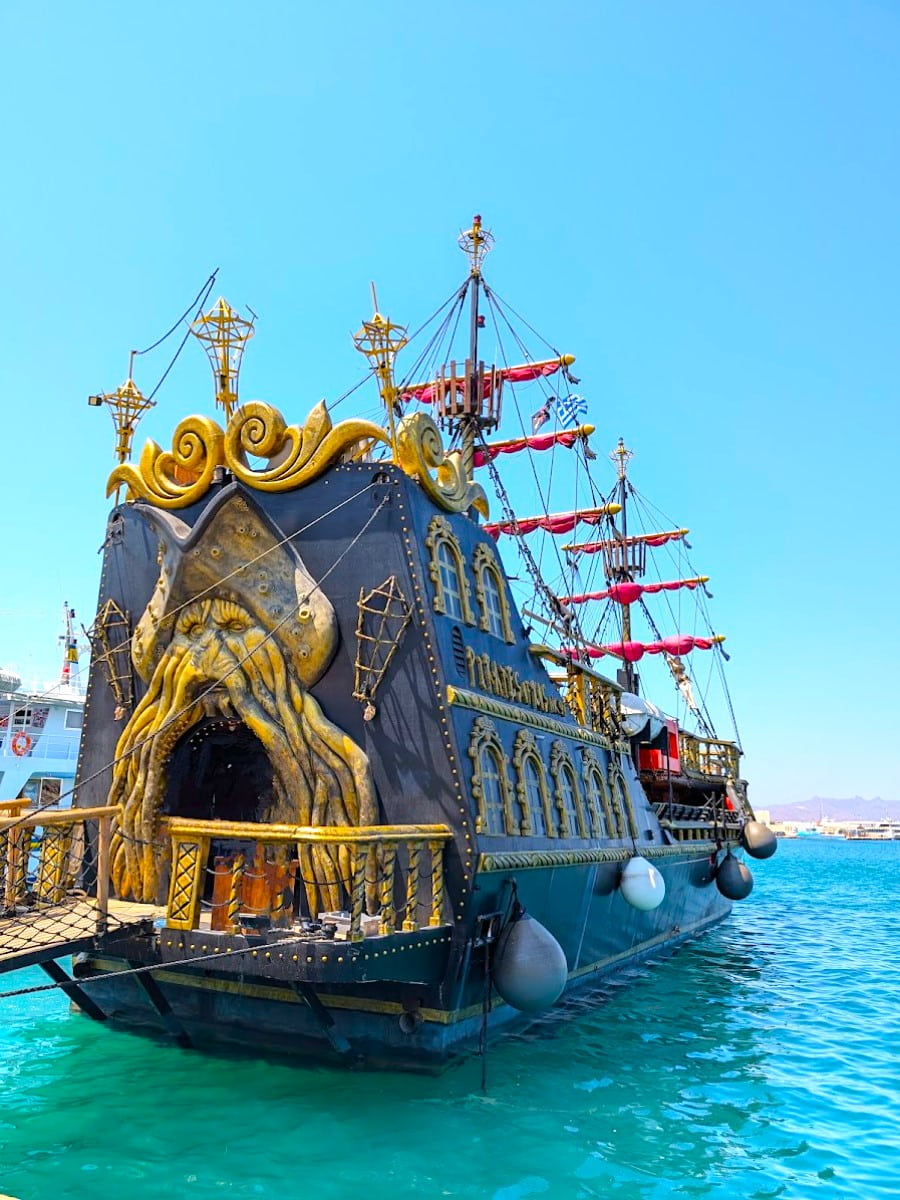


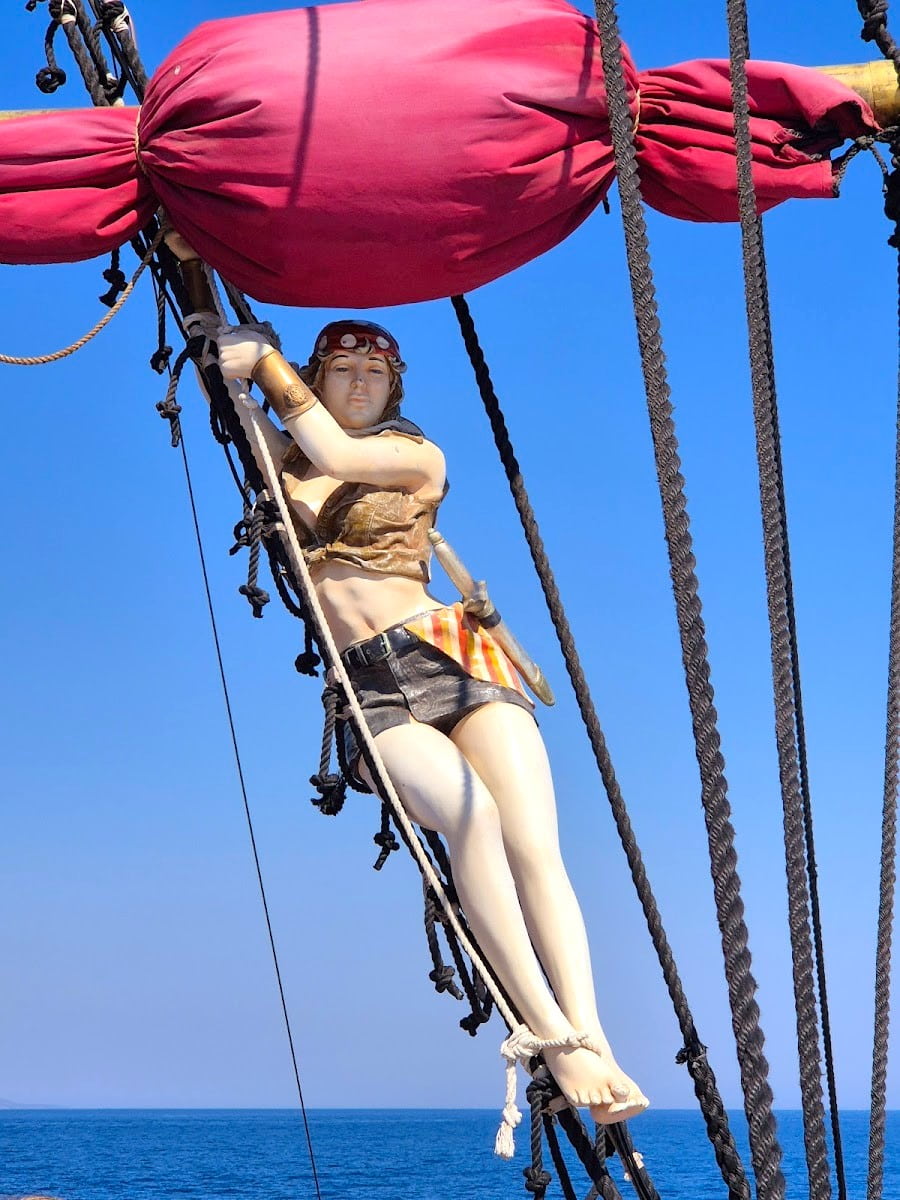
Highlights of the Pirate Cruise:
- Three-decked wooden pirate ship
- Visits to Kalymnos, Pserimos, and Plati islands
- Waterslide from second deck into the sea
- Complimentary Greek lunch with multiple options
- Chance to spot dolphins during the journey
- Entertaining crew dressed as pirates
Family fun. One of the highlights was definitely the waterslide on the second deck, providing a thrilling ride directly into the clear blue waters of the Icarian Sea. Both children and adults around me were loving this feature! The crew, dressed as pirates, added to the fun atmosphere and were always ready to help with anything needed.
2. Plaka Forest
Peacock paradise. Plaka Forest offers a refreshingly different experience from the typical beach activities on Kos. I discovered this peaceful pine forest filled with freely roaming peacocks just a short drive from Kos Town. The moment I arrived, I was greeted by these magnificent birds displaying their colorful plumage – truly a photographer’s dream!
Natural setting. Walking through the shaded pine forest was a welcome respite from the island’s heat. The carpet of pine needles underfoot and the fragrant scent of pine created a tranquil atmosphere that felt worlds away from the busy beaches. I particularly enjoyed watching the male peacocks spread their impressive tail feathers in attempts to impress the peahens.
Wildlife encounters at Plaka Forest:
- Colorful peacocks and peahens
- Rare white albino peacocks
- Forest cats (varying numbers by season)
- Baby peacocks (peachicks) in spring
- Ducks and ducklings near the pond
Feeding the birds. Many visitors bring food for the peacocks, which have become quite tame and will eat from your hand. During my visit in spring, I was delighted to see several peachicks following their mothers through the forest. There was an elderly gentleman selling bread for a small donation, though some reviewers mentioned that animal welfare organizations also visit daily between 11:00 AM and 1:00 PM to properly feed and care for the animals.
Visitor experience. What makes Plaka Forest special is its simplicity – there are no cafés, toilets, or other facilities that would disrupt the natural setting. It’s completely free to enter, making it an excellent budget-friendly excursion. The forest is family-friendly and suitable for visitors of all ages, though the access roads can be rough in places.
3. Archaeological Museum
Historical treasure trove. The Archaeological Museum of Kos is housed in a striking neoclassical building on Eleftherias Square in the heart of Kos Town. I was immediately impressed by the magnificent architecture of this well-preserved building, constructed during the Italian occupation between 1935 and 1937 and designed by Italian architect Rodolfo Petracco.
Impressive collections. Inside, I discovered a wealth of archaeological findings from excavations around Rhodes, and smaller Dodecanese islands. The museum’s collection spans a vast timeline from prehistoric periods through ancient Greek, Roman, and Hellenistic times. The entrance fee is €6 per adult, though a combined ticket for the Asclepieion, Archaeological Museum, and Casa Romana is available for €15, offering excellent value.
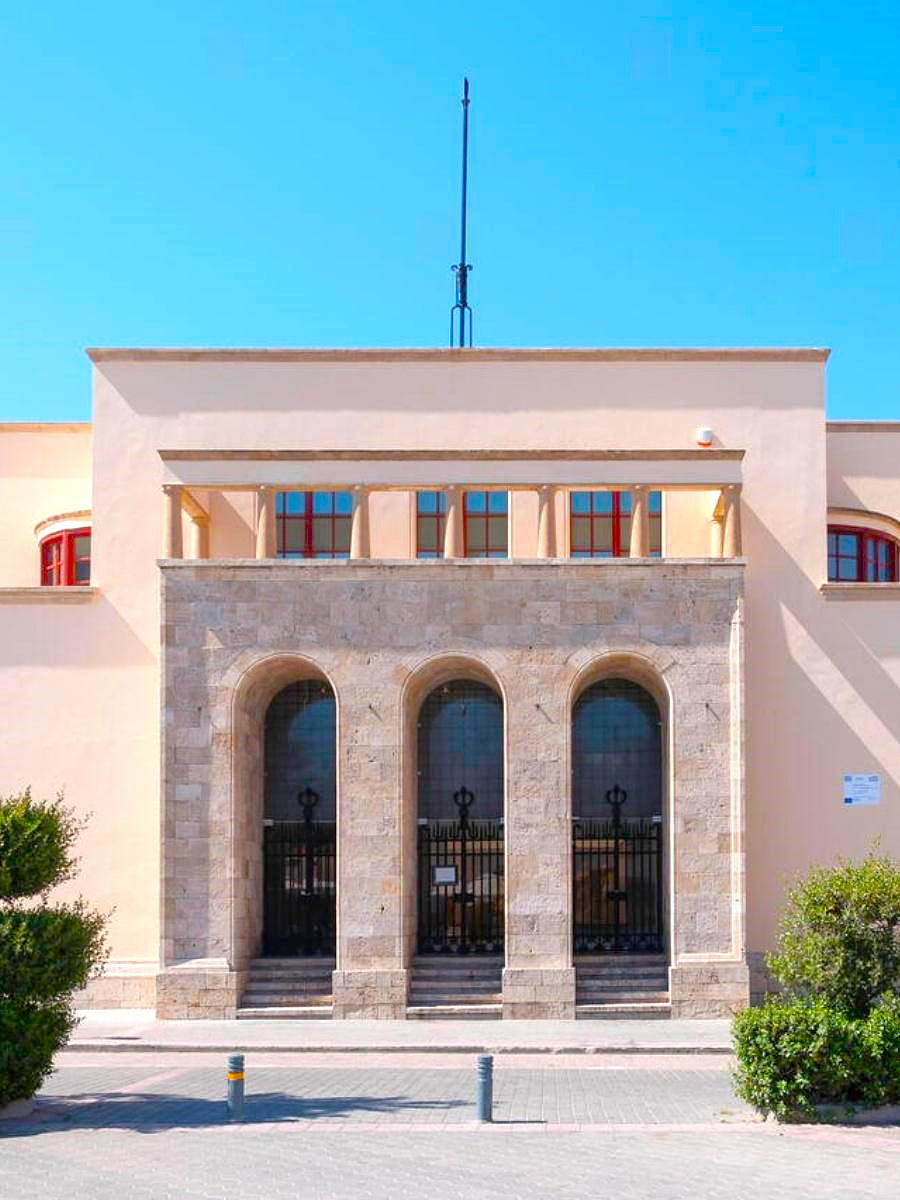
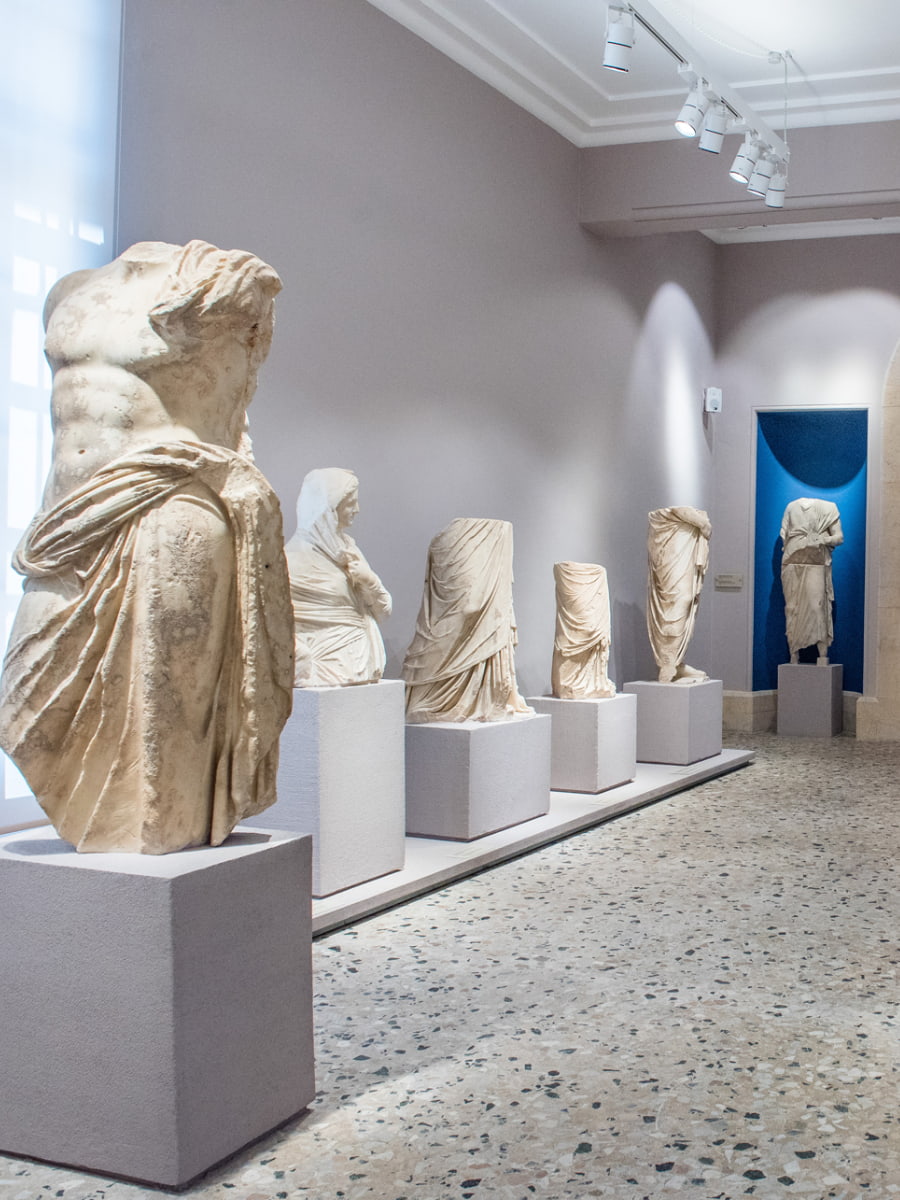
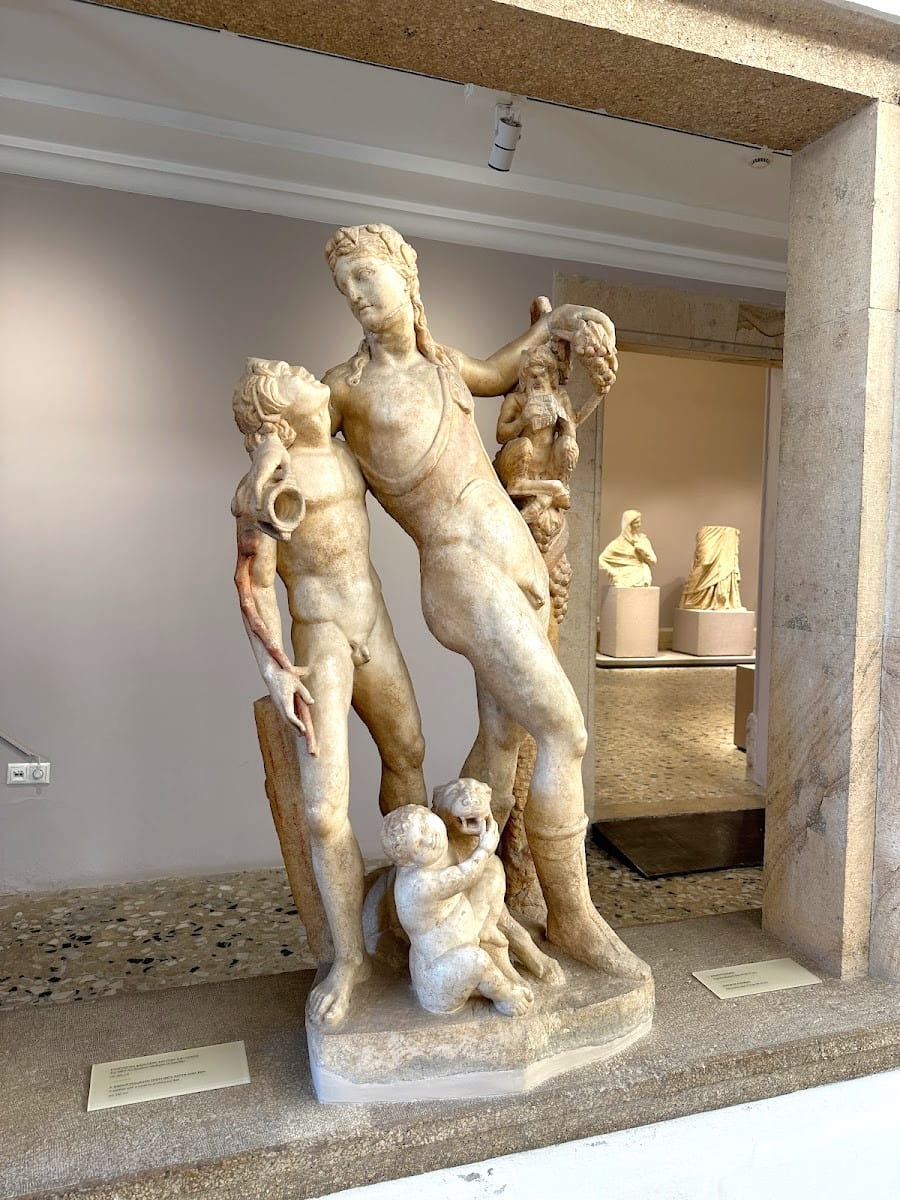
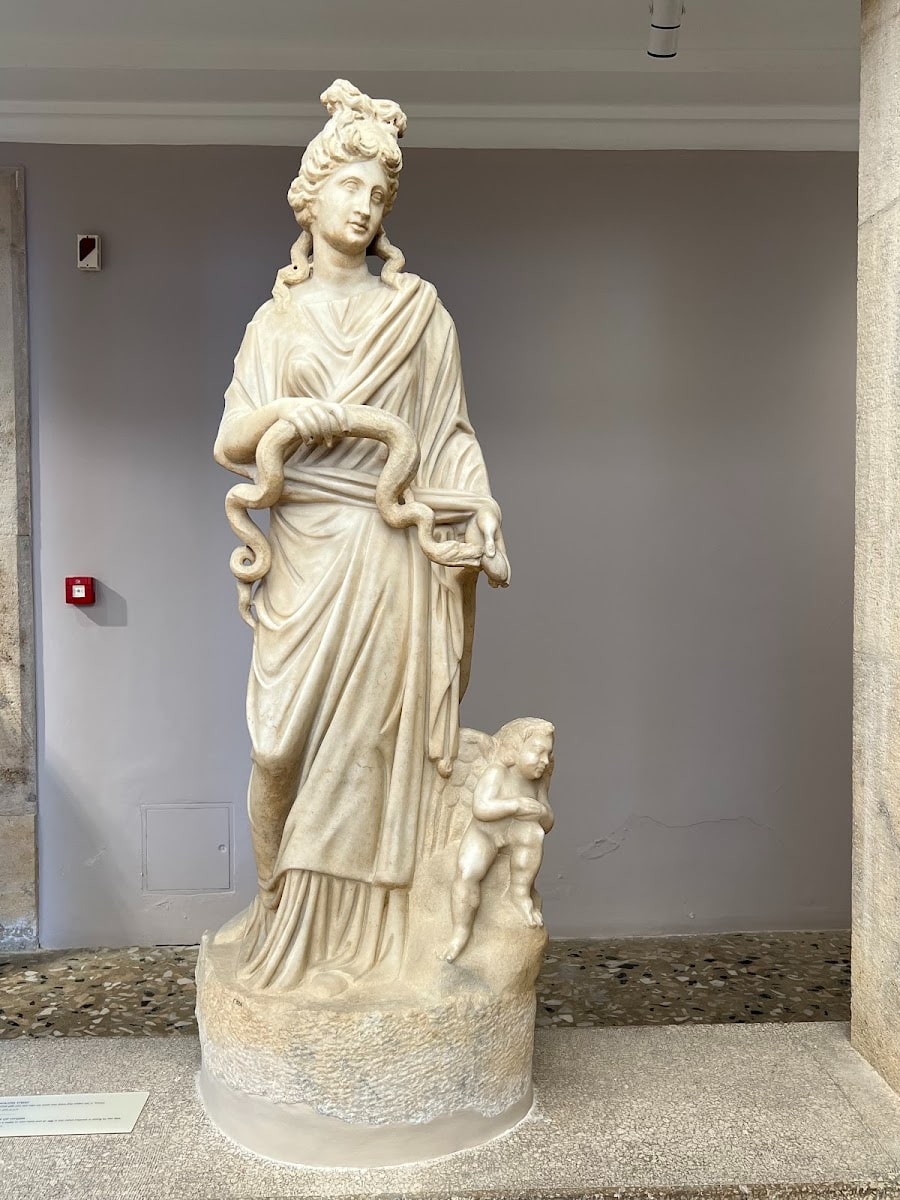
Must-see exhibits at the Archaeological Museum:
- Beautiful floor mosaics, including one depicting the sea bottom
- Statues of Demetra, Kore, and Athena (4th-3rd centuries BC)
- Sculptures of Aphrodite and the Nymphs (1st century BC)
- Extensive collection of prehistoric pottery
- Findings from a young athlete’s tomb (3rd century BC)
- Ancient coins and anaglyphs
Museum layout. The ground floor and atrium display the most significant sculptures and mosaics. I spent time in the western hall admiring statues from the Hellenistic era, many of which were found stored in the underground arch tunnels of the Roman Odeon. The eastern hall houses impressive statues from the Roman era, including a sitting Hermes and a statue of Demetra.
Visitor experience. Despite its relatively small size, the museum offers a comprehensive look at Kos’s rich history. Most visitors spend about an hour exploring the exhibits, which are well-presented with informative signage in English. The museum is particularly appreciated by history enthusiasts, though even casual visitors will find the displays accessible and interesting.
Top Things to Do in Kos Town for Free
1. Western Archaeological Zone
Ancient discoveries. Walking through the Western Archaeological Zone felt like stepping into a living history book. This extensive area of ruins sits right in the heart of Kos Town, yet many tourists rush past without realizing they can explore it completely free of charge. I spent a fascinating morning wandering among fallen columns and ancient foundations, imagining the bustling city that once stood here.
Hidden treasures. What makes this zone special is how it’s integrated into the modern town. I turned a corner and suddenly found myself face-to-face with a 2,000-year-old mosaic floor, protected but visible to passersby. The zone includes remains of Roman baths, ancient houses, and sections of the old city walls – all accessible without any entrance fee.
Best spots to visit in the Western Archaeological Zone:
- Remains of the ancient city walls
- Scattered Roman columns and capitals
- Visible mosaic floor sections
- Foundations of ancient houses
- Information panels explaining the historical context
Peaceful atmosphere. Despite being in the center of town, I found plenty of quiet corners to sit and contemplate the ancient world. Several olive trees provide welcome shade, making this a perfect spot to escape the midday heat. I particularly enjoyed watching how the changing light brought different ruins into focus throughout the day.
2. Harbor Promenade
Seaside strolling. The palm-lined harbor promenade quickly became my favorite place for morning and evening walks. This beautiful walkway stretches along Kos Town’s waterfront, offering spectacular views across the Aegean Sea to the Turkish coastline. I loved watching the fishing boats bobbing in the harbor while luxury yachts glided past in the distance.
People watching. The promenade comes alive in the evenings when locals and tourists engage in the traditional volta (evening stroll). I joined families pushing strollers, couples holding hands, and groups of friends laughing together as we all enjoyed the cooling sea breeze. The atmosphere is wonderfully relaxed and authentically Greek.
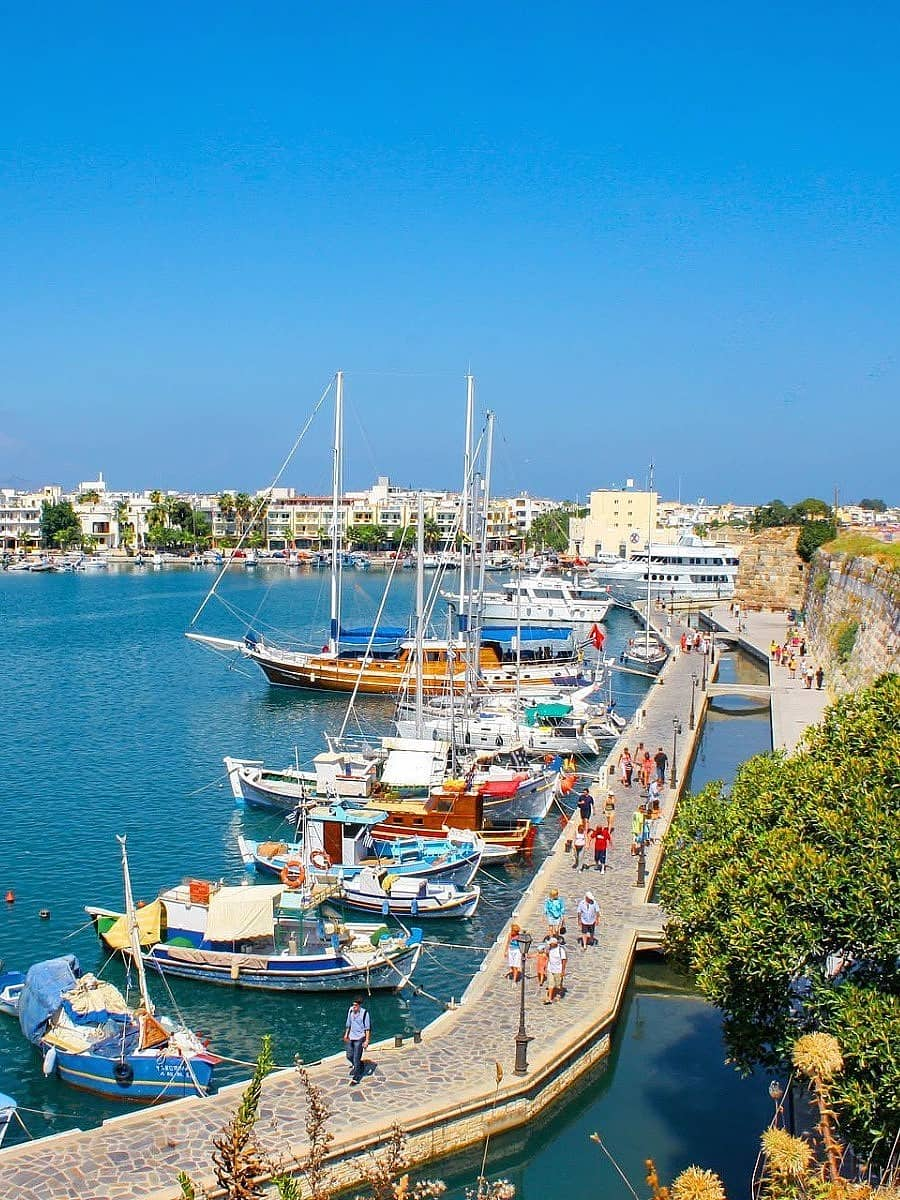


Highlights along the Harbor Promenade:
- Neratzia Castle views from the outside
- Colorful fishing boats in the old harbor
- Street performers during summer evenings
- Sunset views across to Turkey
- Historic buildings along the waterfront
Natural beauty. The contrast between the deep blue sea and the whitewashed buildings created a quintessentially Greek scene. I was particularly enchanted by the sunset views, when the sky turned shades of pink and orange, reflecting on the water. This is when everyone stops to take photos – myself included!
Seasonal Attractions in Kos Town
Christmas in Kos Town
Festive transformation. Eleftherias Square becomes the heart of Christmas celebrations in Kos Town, transforming into a winter wonderland despite the mild Mediterranean climate. The square features a cheerfully decorated Christmas tree, an ice skating rink for sliding fun, carousels, and various activities for children. I was surprised by how festive the atmosphere becomes, with the historic buildings providing a unique backdrop to the holiday decorations.
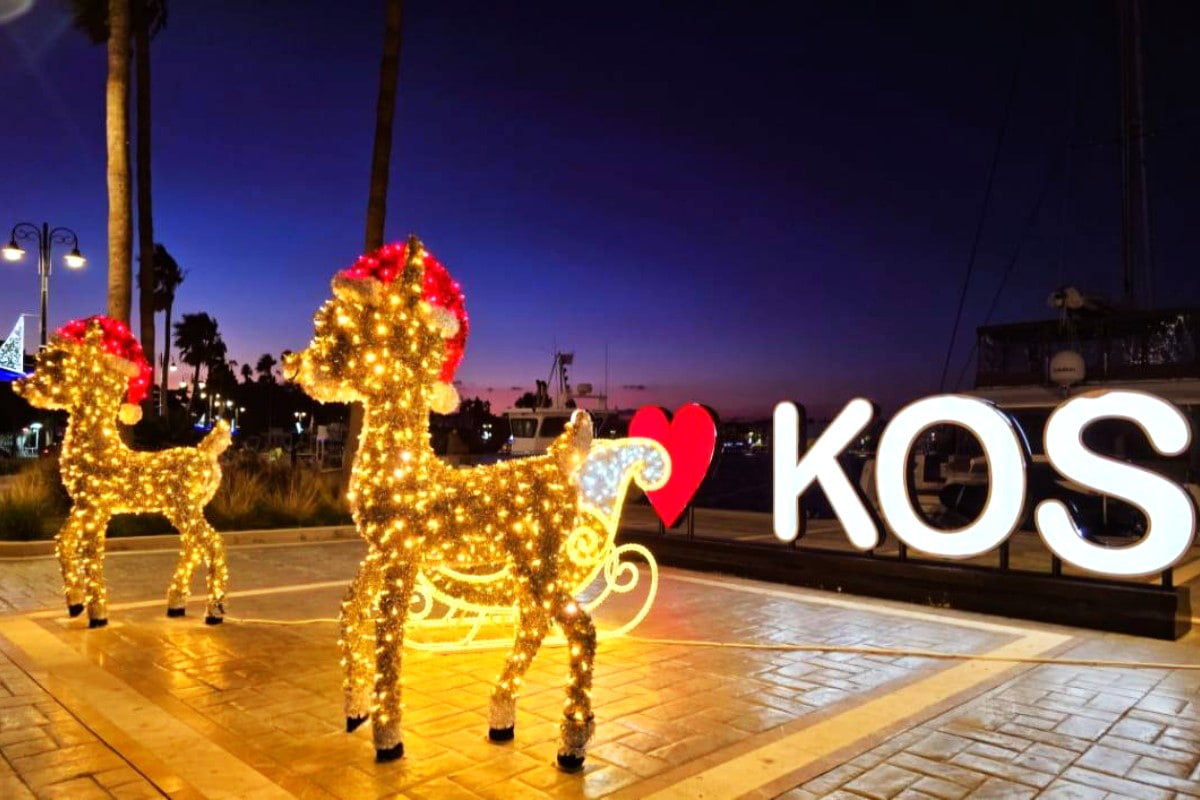
Christmas bazaar highlights:
- Traditional Christmas crafts from local artisans
- Special local treats and sweets (try Christopsomo bread!)
- Handmade decorations and gifts
- Mulled wine and hot chocolate stands
- Live music performances
Local traditions. The municipality organizes a series of celebrations throughout December, including fairy tales and plays, carol-singing, folklore dance performances, and concerts. Children particularly enjoy the surprise encounters with Santa Claus. The bazaar offers a wonderful opportunity to mingle with locals, sample special treats like Melomakarono (honey cookies), and soak in the festive atmosphere.
Shopping and dining. Shops in Kos Town stay open late on Christmas Eve, perfect for last-minute gift shopping. The restaurants around the center serve special Christmas menus featuring both traditional Greek holiday dishes and international favorites. I enjoyed a Christmas Eve dinner at a taverna near the harbor last year, where the combination of festive food and views of the illuminated castle created a magical experience.
Summer Festivals and Events
Hippocratia festival. The most significant cultural event in Kos Town is undoubtedly the Hippocratia Festival, held from July to September in honor of Hippocrates, the island’s most famous historical figure. I attended several events last summer and was impressed by the variety of performances held at venues throughout town, including the ancient Roman Odeon where the acoustics are remarkable.
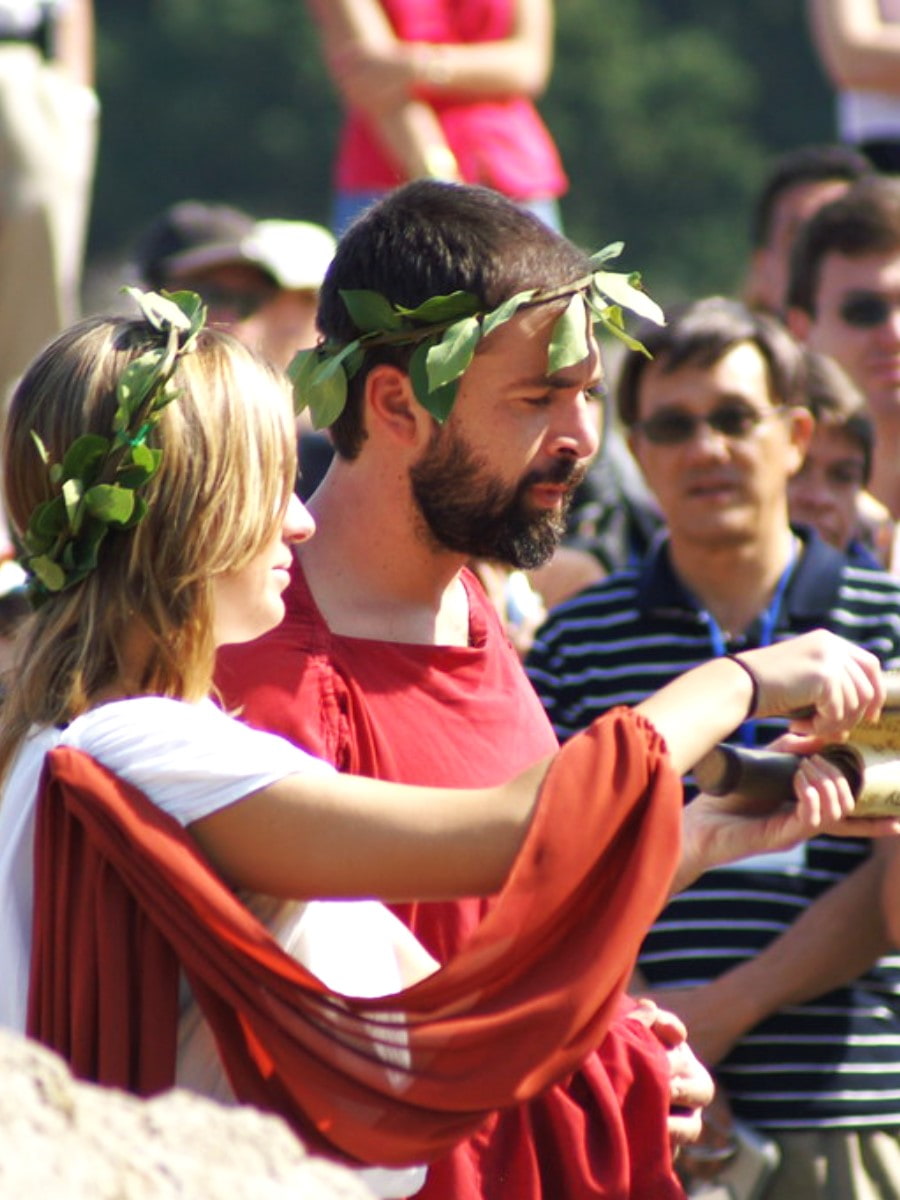

Festival highlights across Kos:
- Classical music concerts at historic venues
- Theater performances in ancient settings
- Art and sculpture exhibitions
- Traditional dance performances
- The ceremonial “Hippocratic Oath” event
Local celebrations. The Wine Festival in Mastichari (first week of August) is worth the short trip from Kos Town. Locals proudly share their high-quality wines for free along with local delicacies. Similarly, the Fish Festival in Kefalos (first half of August) and the Honey Festival in Antimachia (first Saturday after August 15th) offer delicious insights into local culinary traditions.
Dikea events. The nearby town of Dikeos comes alive in July and August with the “Dikea” cultural events featuring concerts, theater performances, and traditional dances. I found these smaller events particularly charming as they attract more locals than tourists, offering a more authentic experience of Greek island culture.
Spring Activities
Blooming landscapes. Spring (April-May) is my favorite time to visit Kos Town. The island bursts into color as wildflowers carpet the countryside and the temperature rises to a pleasant 22°C (72°F). This is the perfect time for exploring the archaeological sites around town without the summer crowds or heat.
Saint George Festival. On April 23rd, the nearby village of Pyli celebrates Saint George with traditional horse races. I made the short trip from Kos Town last year and was fascinated by this authentic cultural event that has remained largely unchanged for generations. The excitement of the races combined with the spring countryside made for a memorable day trip.


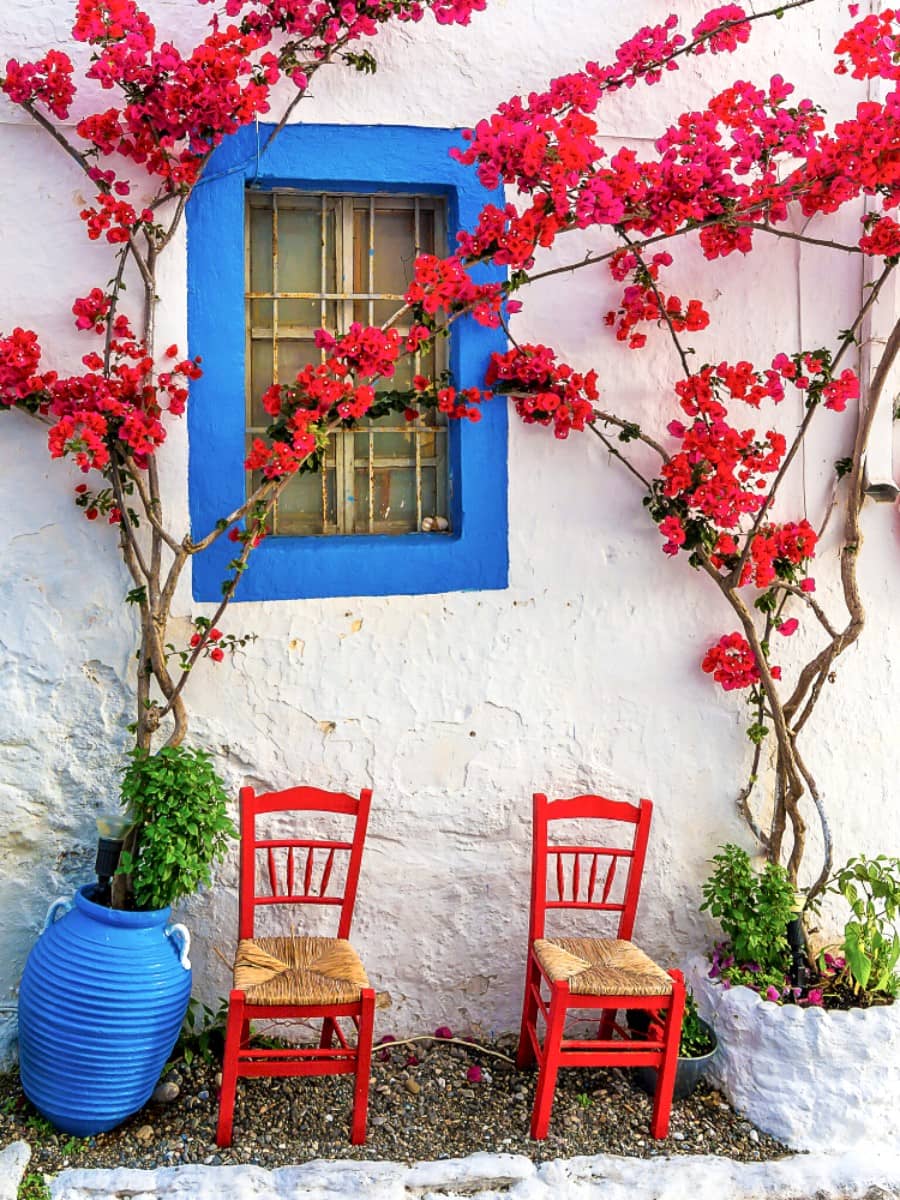
Outdoor exploration. Spring is ideal for cycling around Kos Town, with rental shops charging around €5 ($5.50) per hour. The extensive network of cycling paths makes it easy to explore the town and surrounding areas. I particularly enjoyed cycling along the harbor promenade when the spring flowers were in full bloom.
Easter celebrations. If your visit coincides with Greek Orthodox Easter (date varies), you’ll witness some of the most important religious celebrations of the year. The midnight service on Easter Saturday in Kos Town’s churches is followed by fireworks and celebrations that continue well into the night.
Autumn Events
Perfect climate. Autumn (September-October) offers what many consider the perfect balance in Kos Town – summer crowds begin to thin, prices drop, yet the sea remains warm enough for swimming well into October. With temperatures hovering around a pleasant 25°C (77°F) in September, it’s an ideal time for combining beach activities with cultural exploration.
Archaeological exploration. The cooler autumn temperatures make this the perfect season for exploring Kos Town’s rich archaeological heritage. The archaeological excavations scattered around the city center, the Archaeological Museum, and even the Asclepieion that overlooks Kos Town are all more comfortable to visit when the scorching summer heat has subsided.
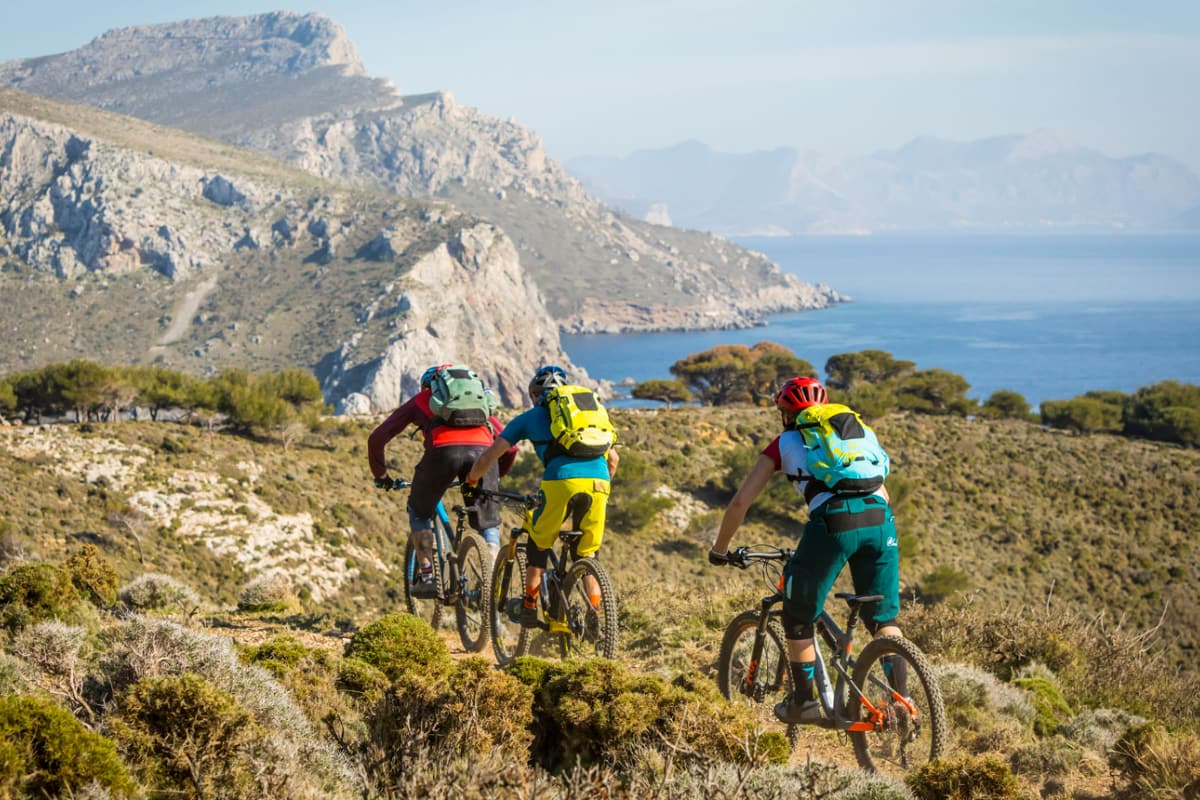
Cycling adventures. Autumn is ideal for cycling around Kos Town to discover its hidden beauties. The extensive network of cycling paths makes it easy to explore at a leisurely pace, stopping to admire historic sites along the way. I rented a bike for a full day (€15/$16.50) and discovered charming corners of the Old Town I had missed on previous visits.
Harvest traditions. While less publicized than summer events, autumn brings harvest celebrations to villages around Kos Town. Local tavernas often feature special menus highlighting seasonal produce like figs, grapes, and olives. I enjoyed a memorable meal at a family-run taverna where the owner proudly served wine from grapes harvested just days earlier.
Day Trips from Kos Town
1. Nisyros Volcano Island
Volcanic wonder. Just a short boat ride from Kos Town lies Nisyros, a volcanic island that offers one of the most unique day trips in the Aegean. I took the ferry from Kardamena port (transfers available from Kos Town) for this fascinating 8-hour excursion. The journey across takes approximately 45-60 minutes, offering beautiful views of the approaching 3-4 km wide caldera.
Crater exploration. Upon arrival, a bus takes visitors directly to the volcano. Walking into the crater was a surreal experience – the lunar-like landscape features bubbling mud pools, steaming vents, and hissing hot springs. The volcano’s last eruption was in 1888, but the geothermal activity remains impressive. There’s a small entrance fee to the volcano (approximately €3) not included in most tour prices.
Day trip highlights:
- Walking inside an active volcanic crater
- Exploring the picturesque town of Mandraki
- Visiting the beautiful Panagia Spiliani monastery
- Enjoying authentic Greek cuisine in local tavernas
- Panoramic views of the Aegean Sea
Mandraki town. After the volcano visit, I had free time to explore Mandraki, the island’s charming main town. The narrow streets lined with blue and white painted houses create a quintessentially Greek atmosphere. I particularly enjoyed visiting the Panagia Spiliani monastery perched on a rock overlooking the sea – considered one of the most beautiful monasteries in the Greek Islands.
⭐ Best Activities
- Nisyros: The Volcanic Island – Take a fascinating day trip to Nisyros Island where you can walk inside an active volcanic crater, explore charming villages, and experience the unique geothermal landscape of this impressive Dodecanese island.
2. Kalymnos Island
Island hopping adventure. A full-day boat trip from Kos Town to Kalymnos offers a perfect opportunity to experience another Dodecanese island with its own distinct character. I joined a tour that also included stops at the smaller islands of Pserimos and Platy, creating a varied day of exploration and relaxation.
Sponge diving heritage. Kalymnos is famous for its sponge diving tradition, and a visit to the Sponge Museum provides fascinating insights into this dangerous profession that shaped the island’s economy and culture. I was intrigued by the displays of traditional diving equipment and the various types of natural sponges harvested from the sea floor.

Island exploration highlights:
- The Sponge Museum on Kalymnos
- Swimming in crystal-clear waters at Platy
- Exploring the small fishing village on Pserimos
- Traditional Greek lunch included in most tours
- Opportunities for snorkeling (equipment often provided)
Beach time. Between island visits, the boat anchors in secluded bays with crystal-clear waters perfect for swimming and snorkeling. The uninhabited island of Platy offers particularly pristine waters. Most tours include a delicious Greek lunch served either on board or at a taverna on one of the islands.
Tour details. Boat trips to Kalymnos typically depart from Kos Town harbor at around 10:00 AM and return by late afternoon. Tours operate daily during the summer season (May-October) and cost approximately €30-40 per adult with discounts for children. Most tours include lunch and basic drinks, though bar purchases on board are extra.
Practical tip: Bring sun protection, swimming gear, and a camera to capture the beautiful island scenery. While most tours provide snorkeling equipment, bringing your own ensures a better fit if you plan to spend significant time exploring underwater.
⭐ Best Activities
- Kalymnos and Pserimos Day Cruise – Set sail on a memorable day cruise to the islands of Kalymnos and Pserimos, where you can discover the sponge diving heritage, swim in crystal-clear waters, and enjoy the beautiful scenery of these neighboring Dodecanese islands.
❓ FAQ
1. What are the best places to visit in Kos?
The capital of Kos offers a mix of ancient history and stunning sites like the Roman villa and the castle constructed by the knights. Don’t miss Therma Beach and Agios Stefanos for beautiful coastal views.
2. Are there any must-visit beaches in Kos?
Yes, some of the most beautiful beaches include Therma Beach, Agios Theologos, and Kamari, each offering unique landscapes and crystal-clear waters. For a quieter experience, head to Paradiso or a small beach bar near Kastri.
3. What can I see at the Roman Odeon of Kos?
This well-preserved structure from the 2nd century features marble seating and remarkable acoustics. It’s part of Kos’s Hellenistic and Roman history and occasionally hosts live Greek music events.
4. Is a day trip to Santorini worth it from Kos?
A trip to Santorini is worth a visit if you want to explore its volcanic landscapes and iconic whitewashed buildings. High-speed ferries connect these stunning islands, making it an unforgettable experience.
5. What are the traditions of Kos that I can experience?
Kos celebrates its traditions with festivals featuring live Greek music, local wine, and dances. Visiting Agios Stefanos or attending cultural events around Kamari will immerse you in local customs.
6. What are the best beaches around Kos for families?
Lambi Beach is perfect for families with its gentle slope into the water, while Kamari offers calm seas and amenities nearby. For more privacy, try Agios Stefanos with its scenic views of the islet of Kastri.
7. How do I plan a travel guide for Kos?
Include a list of things like exploring ancient history at the Roman villa or relaxing on white sand beaches like Therma Beach. Renting a car is recommended for visiting places west of Kos or east near Agios Theologos.
8. Can I visit other Dodecanese Islands from Kos?
Yes, ferries connect you to stunning islands like Santorini and smaller islets such as Kastri. These day trips allow you to discover all the best things about this breathtaking region.
9. What makes Agios Stefanos worth visiting?
Agios Stefanos combines ancient ruins with a white sand beach overlooking the islet of Kastri. It’s an ideal spot for swimming, snorkeling, or simply enjoying serene views.
10. What are some unique places to visit near Kos Town?
Therma Beach with its natural hot springs and Agios Theologos with its dramatic cliffs are both worth exploring. For history lovers, the Roman villa showcases artefacts from the island’s rich past.
